This is a deeper dive into the available lessons on LearningUkulele.com tagged with anyone of the many tags available.
For more information and search capabilities visit: Lessons Main Index Page
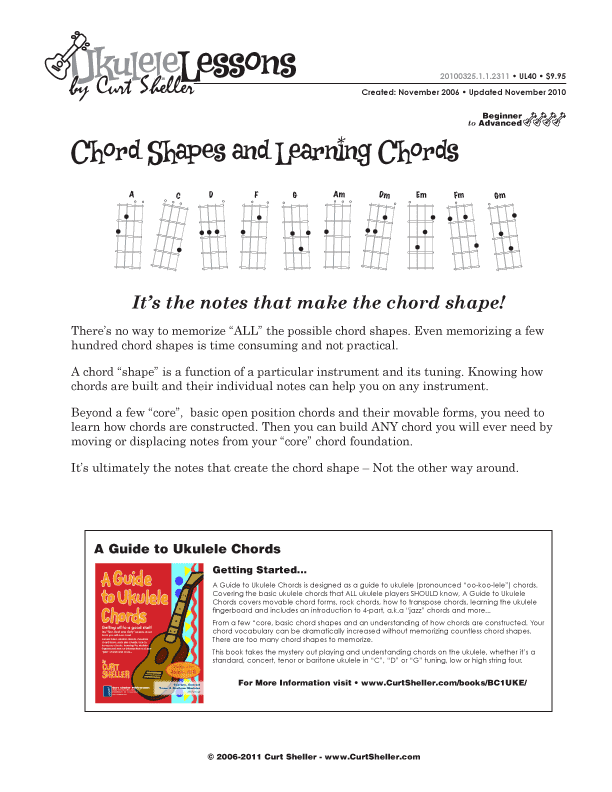
Pick up any chord dictionary, and one thought that should go through your mind is - TOO MANY CHORDS There is now way to memorize all those shapes. It would be better off learning how they came up with all those shapes. Most chord dictionaries are also just like pages transposed to all possible keys.
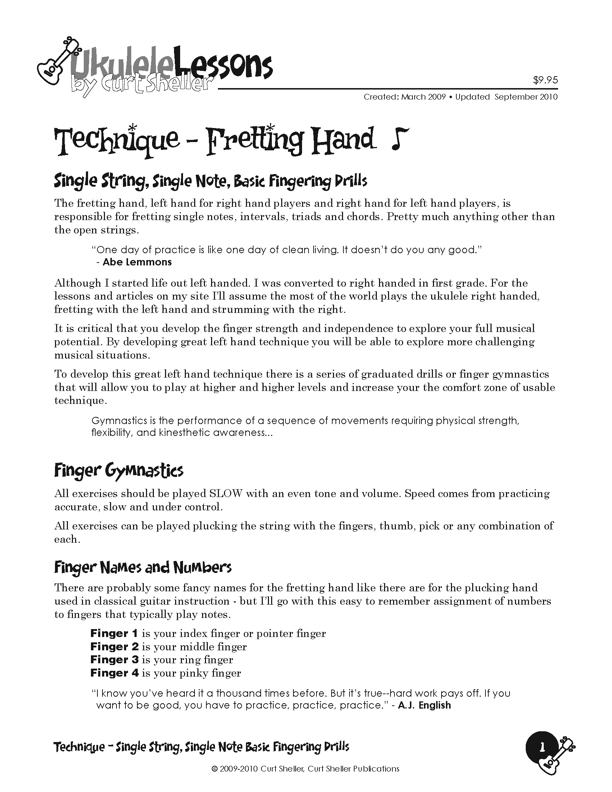
Basic one, two, three and four note single string drills for ukulele for developing finger strength and independence. It's critical a player develop the finger strength and independence to explore their full musical potential. By developing a great fingerboard hand, you will be able to explore more challenging musical situations.
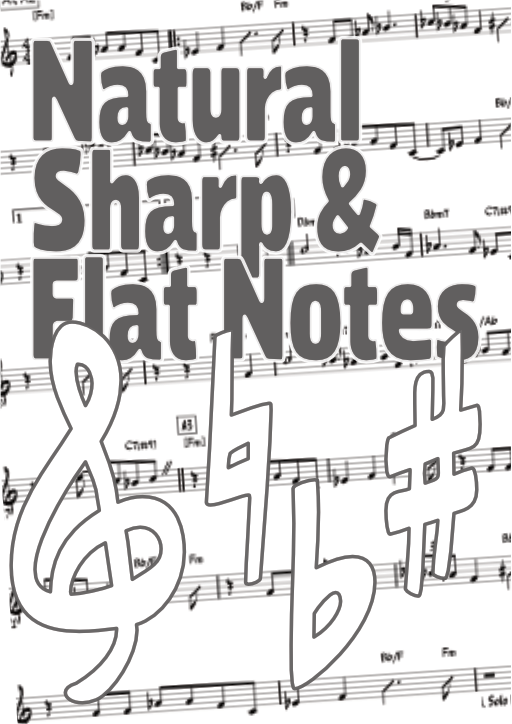
The D Tuning comes in two versions where string four is either tuned to the "A", a major second below string one or low "A" where string fours is a perfect fifth below string three. The D tuning with a low A is the same as the thin four strings of a standard tuned guitar with a capo at fret (7).
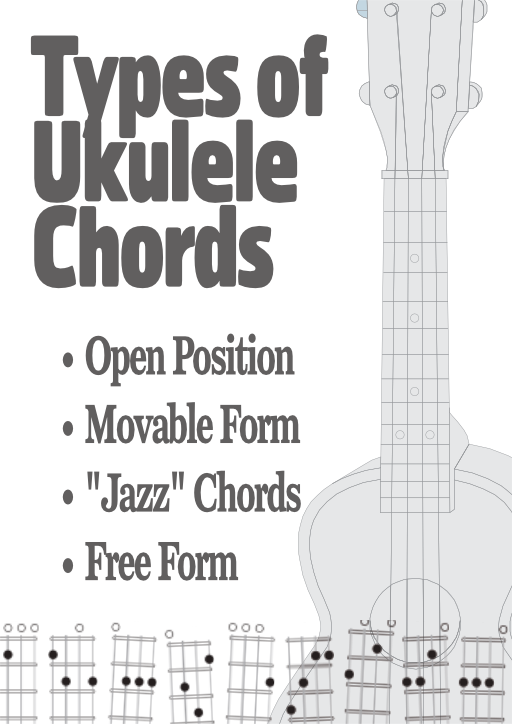
Naturally, for Ukuleles, all chords need to be voiced using only the four strings available. You would think that this is limiting, when in actuality it's quite liberating when you learn the makeup of chords. Chords can be categorized into four categories: “Open Position Chords”, “Movable Form Chords”, “4-part - a.k.a. Jazz Chords”, and “Free Form Chords.”
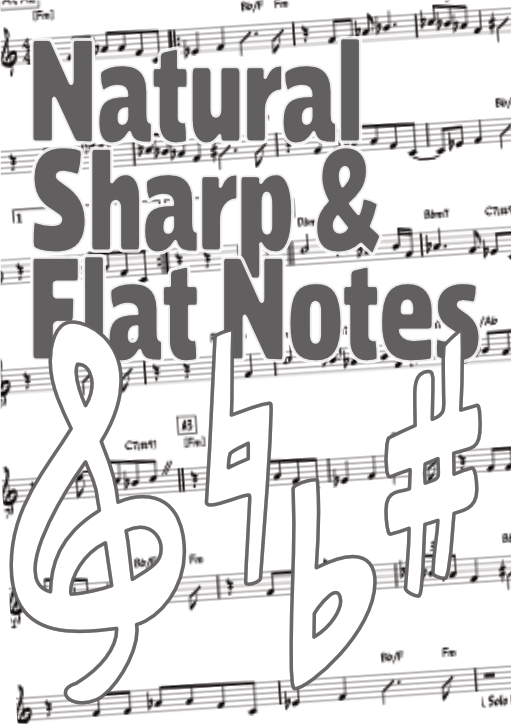
The G Tuning comes in two versions where string four is either tuned to the "D", a major second below string one or low "D" where string four is a perfect fifth below string three. The G tuning with a low D is the same as the thin four strings of a standard tuned guitar.
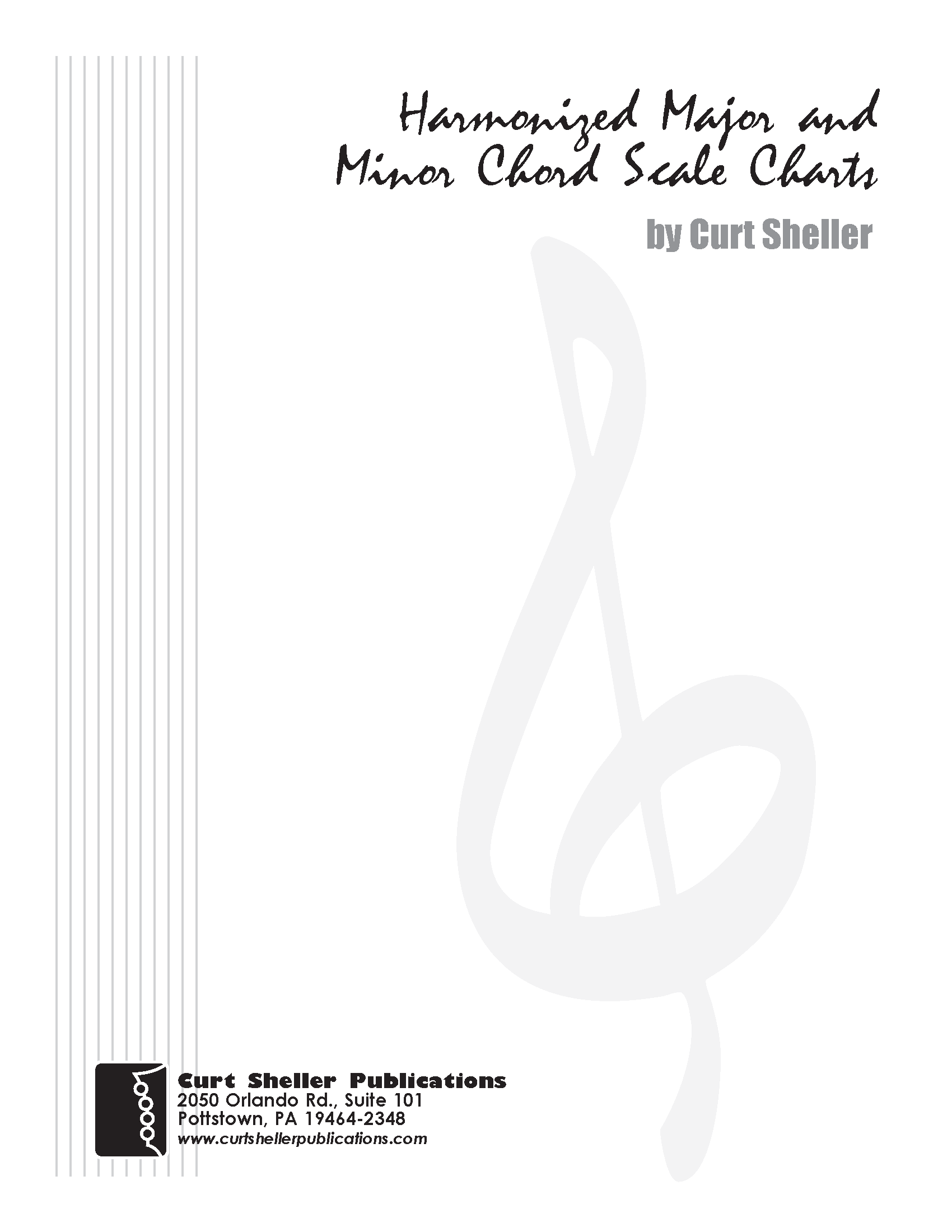
The "Major Scale" or Ionian scale is a diatonic scale, made up of seven distinct notes, plus an eighth which duplicates the first one octave higher. In solfege these notes correspond to the syllables Do, Re, Mi, Fa, Sol, La, Ti/Si, (Do), the Do in the parenthesis at the end being the octave of the root.
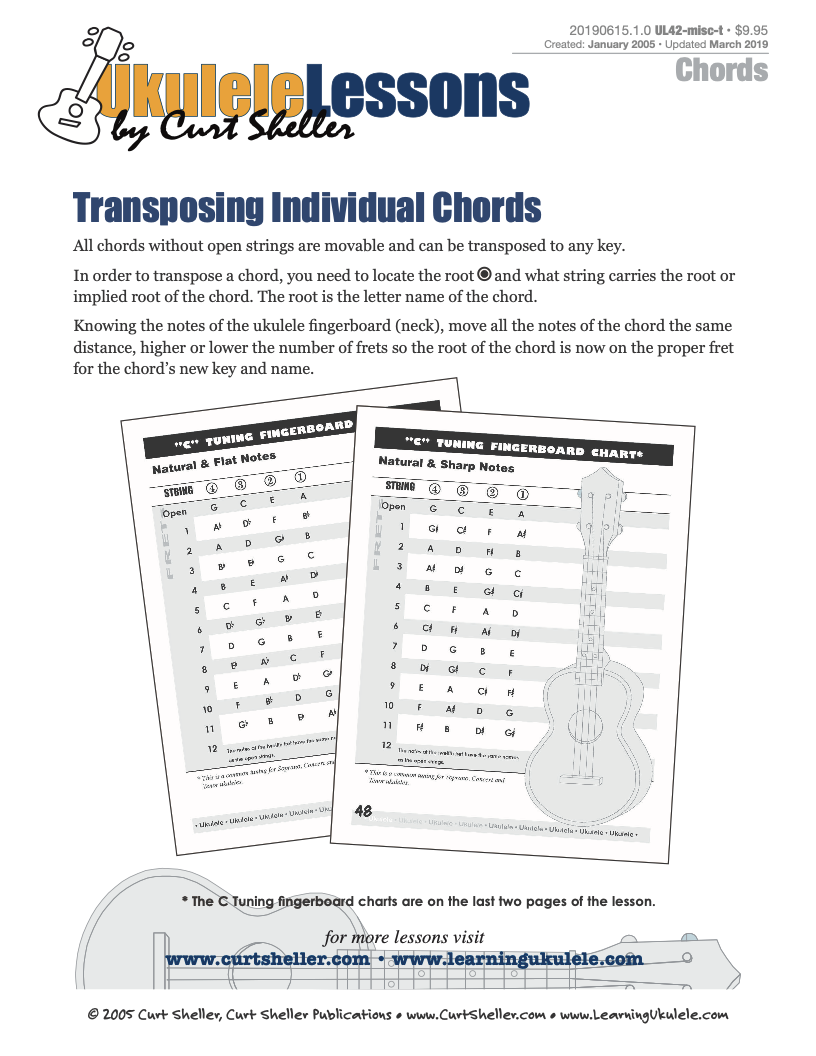
"Transposition" is the process of moving a note, chord, scale or any musical passage from one key to another key. All music can be transposed, from a single note to a complex musical score. This lesson deals with transposing chords on ukulele and transposing chords.

A `Ukulele is: Light Weight, Affordable and Portable | Four Strings and Four Fingers | Less Need for Strumming Accuracy | There is nott a lot expected from a ukulele player. The 'Ukulele (pronounced oo-koo-lele) comes in four standard sizes: Soprano (sometimes called Standard), Concert, Tenor and Baritone.

This series of lessons will allow you finally, to check that Reading item off your music To Do list. Learning to read standard music notation opens a world of music to you. Music notation is the Lingua franca of amateur and professional musicians alike.
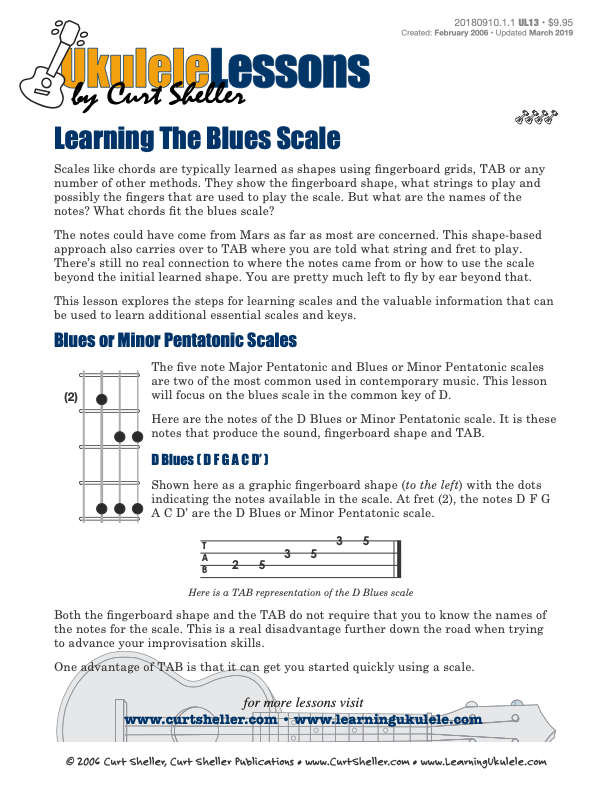
Learn the Blues ( Minor Pentatonic ) and Pentatonic ( Major Pentatonic ) scales on ukulele. A practical approach to learning theses two essential scales using the Blues. These five note scales, the Major Pentatonic and the Blues or Minor Pentatonic scales are two of the most common scales used in contemporary music.
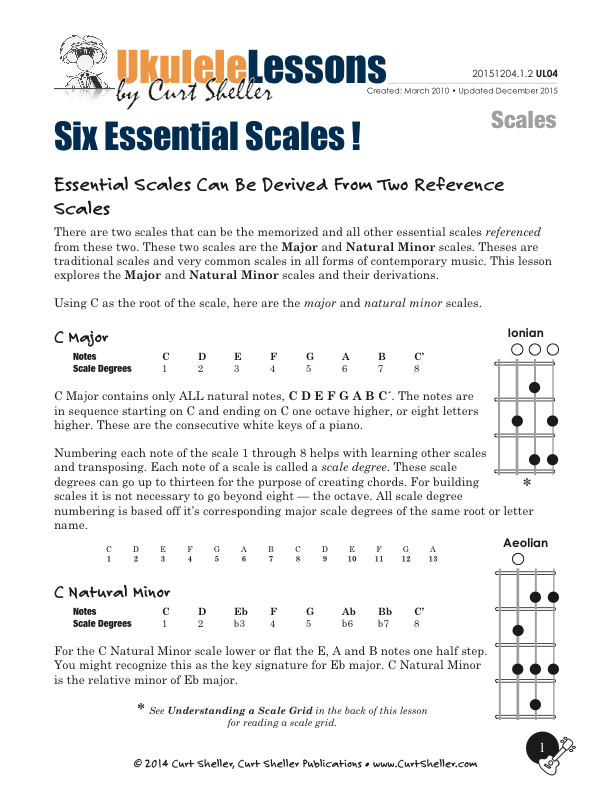
The six essential scales are: Blues Major Pentatonic Mixolydian Dorian Aeolian and Ionian From the six essential scales, you can get through a wide variety of traditional and contemporary music. A scale is simply a collection of pitches or notes, not really a "this is a Jazz scale", "this is a Blues" or "this is a Rock scale". It's how a scale is used that really matters not its name.
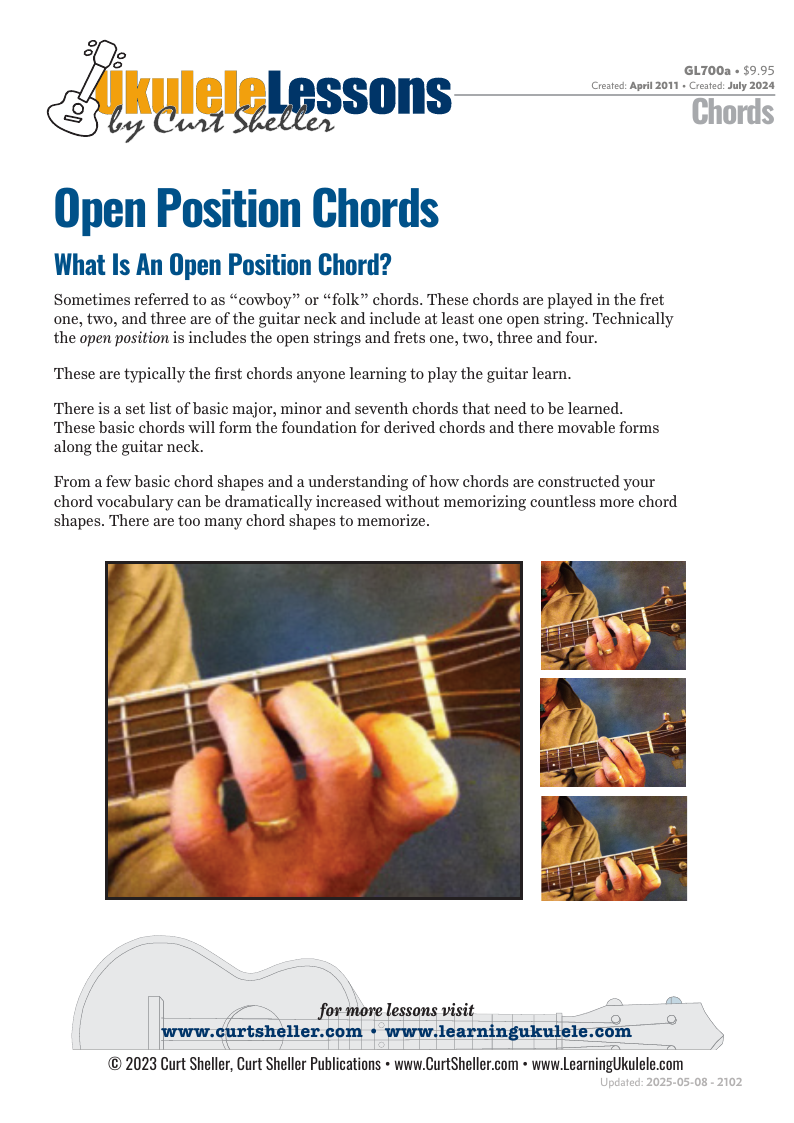
Sometimes referred to as cowboy or folk chords. These chords are played in the fret one, two, and three are of the guitar neck and include at least one open string. Technically the open position includes the open strings and frets one, two, three and four. These are typically the first chords anyone learning to play the guitar learn.
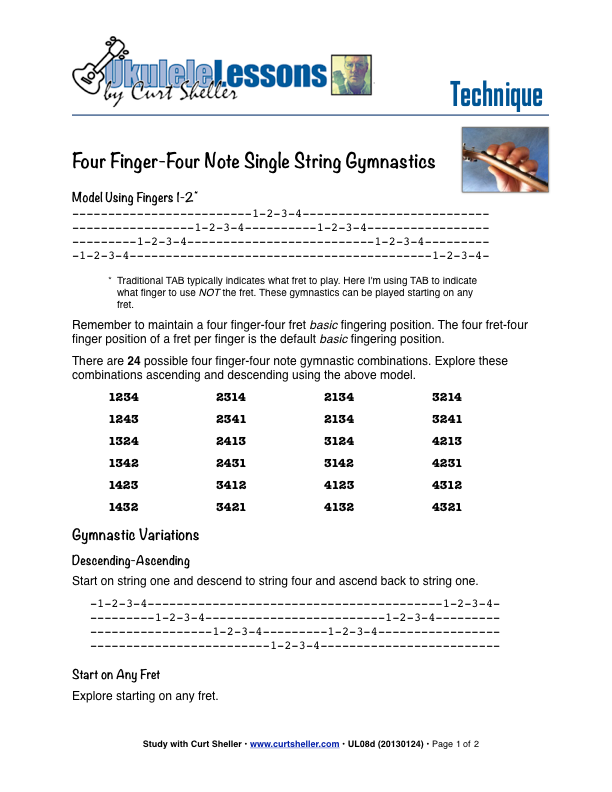
To play the ukulele effectively, your fingers need physical strength, agility, flexibility and coordination. This four finger-four note drill is designed to get your hands in shape. These exercises work no matter what style of ukulele you play or want to play.
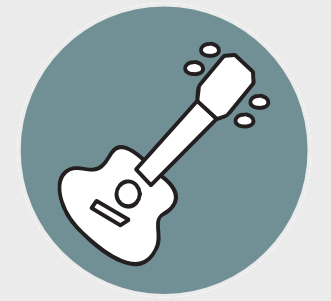
For music and learning an instrument like the ukulele or guitar, it's all about the making the connection between your Mind, your Hands, and your Ear. When listening to music, we enjoy it at the tempo the composer or artist intended, in real time. Only the ear is involved in listening. This is passive listening and you're simply enjoying the music. This is what we do every day and it's what draws us to want to learn a musical instrument.
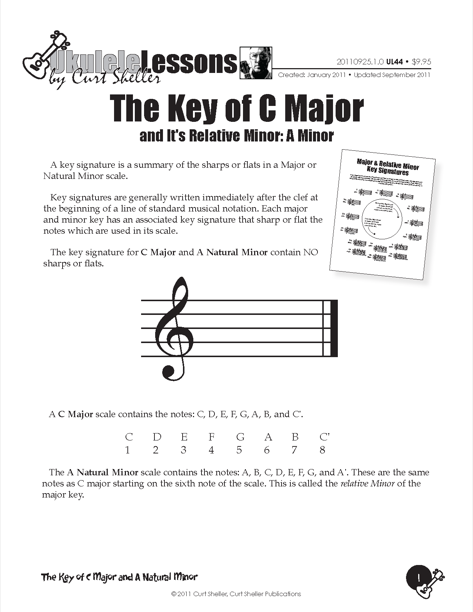
In music, it is important to learn and recognize the key signature for C Major and A Minor. These two keys have corresponding major and natural minor scales, along with basic ukulele chords that can be used with each scale. The key of C Major, also known as the learning key, is particularly easy to memorize and start using.
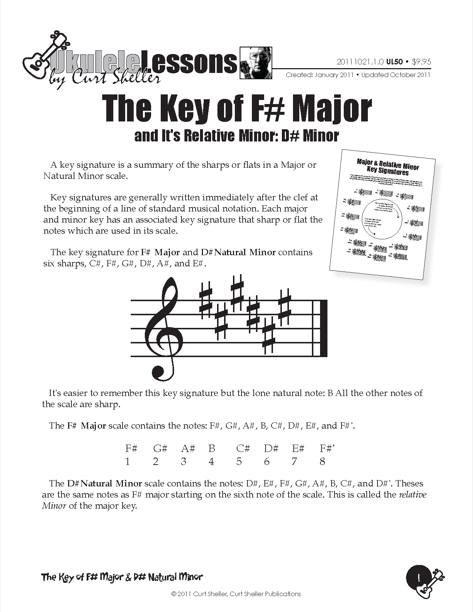
"F# Major" (or the key of F#) is a major scale based on F#, with the pitches F# G# A# B C# D# E#. Its key signature has six sharps: F# C# G# D# A# E#. Its Relative Minor scale is G# Minor. Its Parallel Minor is F# Minor and, its enharmonic equivalent is Gb minor.
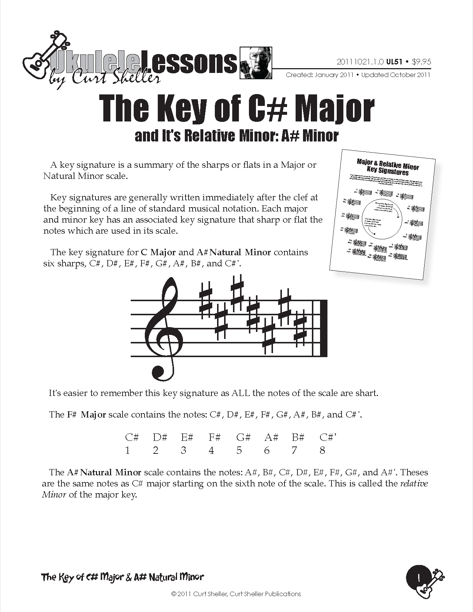
"C# Major" (or the key of C#) is a major scale based on C#, with the pitches, all sharps C# D# ES F# G# A#. Its key signature has seven sharps: F# C# G# D# A# E# B#. Its Relative Minor scale is A# Minor. Its Parallel Minor is C# Minor, and its enharmonic equivalent is Db minor. C# is a somewhat easy key and scale to memorize as all the note are sharp.
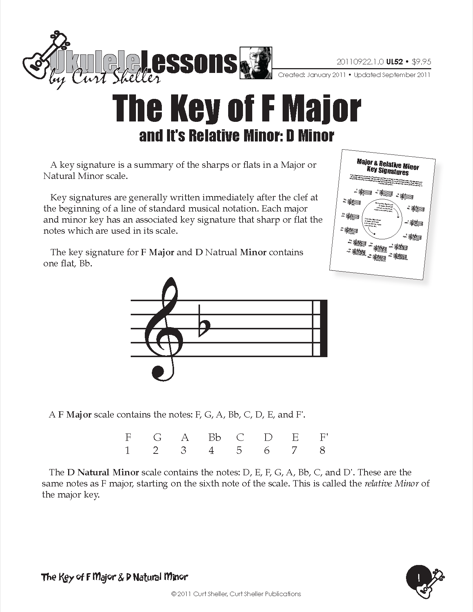
"F# Major" (or the key of F#) is a major scale based on F#, with the pitches F# G# A# B C# D# E#. Its key signature has six sharps: F# C# G# D# A# E#. Its Relative Minor scale is G# Minor. Its Parallel Minor is F# Minor and, its enharmonic equivalent is Gb minor.
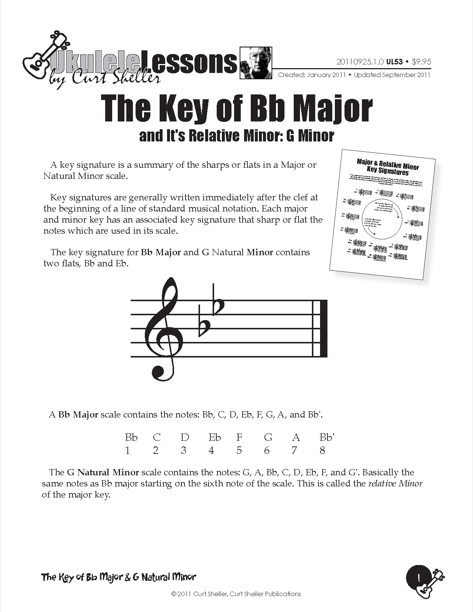
"Bb Major" (or the key of Bb) is a major scale based on Bb, with the pitches Bb C D Eb F G A. Its key signature has two flats: Bb Eb. Its Relative Minor scale is G Minor. Its Parallel Minor is Bb Minor. B-flat major is a suitable key for most wind instruments, especially those for which it is their home key, such as clarinets, trumpets, tenor saxophone, soprano saxophone and flutes in B-flat.
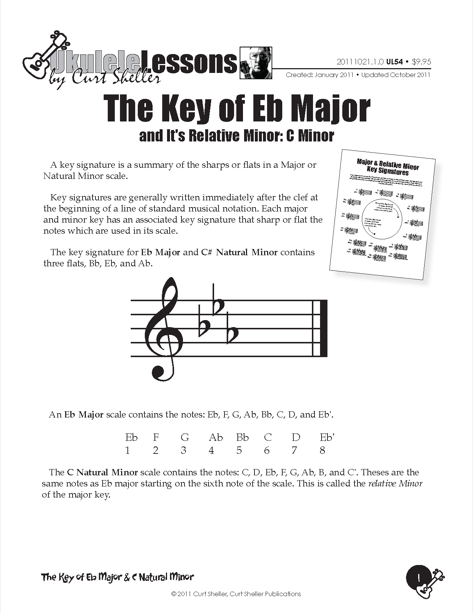
"Eb Major" (or the key of Eb) is a major scale based on Eb, with the pitches Eb F G Ab Bb C D. Its key signature has three flats: Bb Eb Ab. Its Relative Minor scale is C Minor. Its Parallel Minor is Eb Minor. E flat major is often associated with bold, heroic music, in part because of Beethoven's usage.
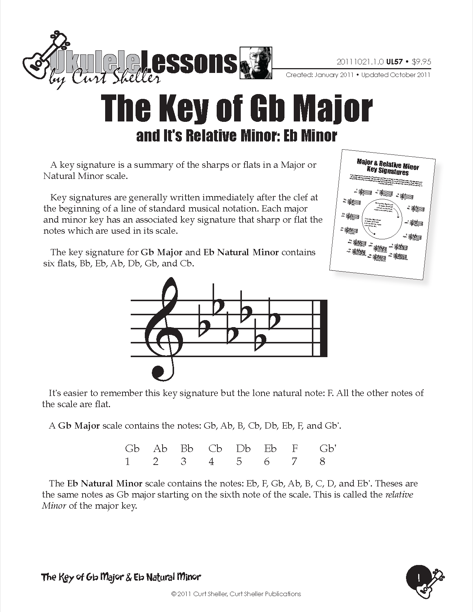
"Gb Major" (or the key of Gb) is a major scale based on Gb, with the pitches Gb Ab Bb Cb Db Eb Ab F. Its key signature has six flats: Bb Eb Ab Db Gb Cc. Its Relative Minor scale is Eb Minor. Its Parallel Minor is Gb Minor, usually replaced by F-sharp minor, since G flat minor, which would have nine flats, is theoretically possible but is not typically used.
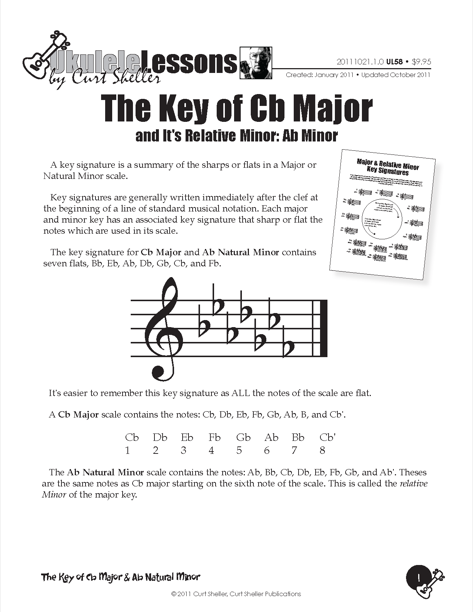
"Cb Major" (or the key of Cb) is a major scale centered around Cb, with the following pitches: Cb, Db, Eb, Fb, Gb, Ab, and Bb. The key signature of Cb Major includes seven flats: Bb, Eb, Ab, Db, Gb, Cb, and Fb. The relative minor scale of Cb Major is Ab Minor, while the parallel minor is Cb Minor. Cb Major is considered relatively easy to memorize, as all of its notes are flat.
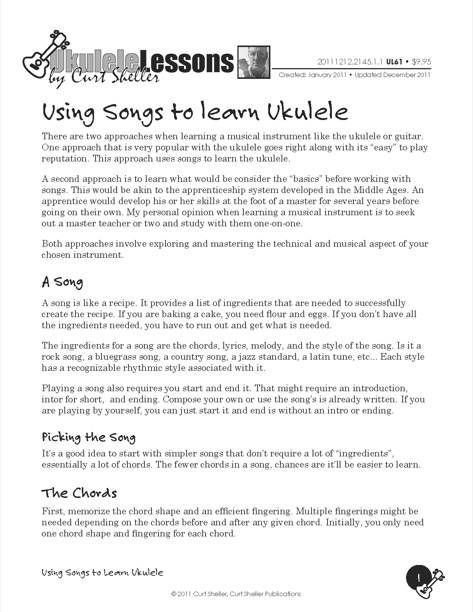
There are two approaches when learning a musical instrument like the ukulele or guitar. The first approach and one that is very popular with the ukulele goes right along with its easy to play reputation. This approach uses songs to learn the ukulele. A second approach is to learn what would be consider the the basics before working with songs.
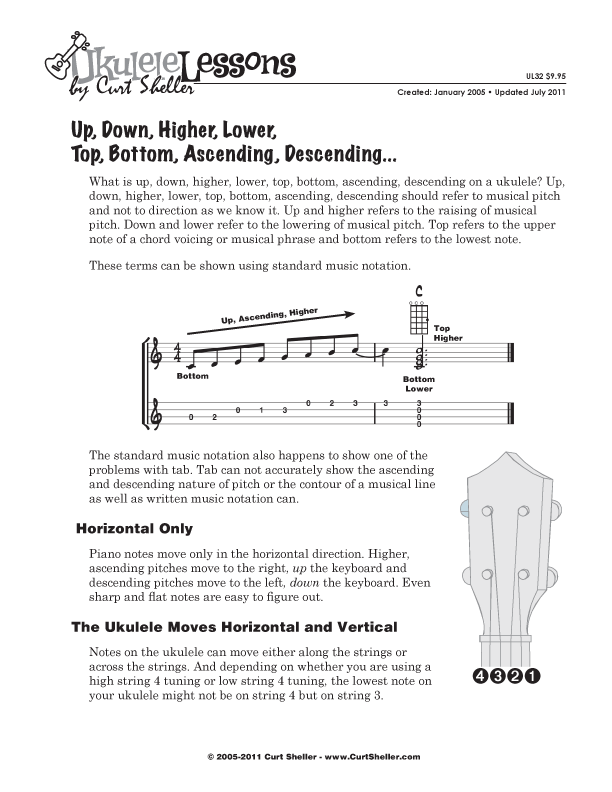
What is up, down, higher, lower, top, bottom, ascending, descending on a guitar? Up, down, higher, lower, top, bottom, ascending, descending should refer to musical pitch and not to direction as we know it. Up and higher refers to the raising of musical pitch. Down and lower refer to the lowering of musical pitch. Top refers to the upper note of a chord voicing or musical phrase and bottom refers to the lowest note.
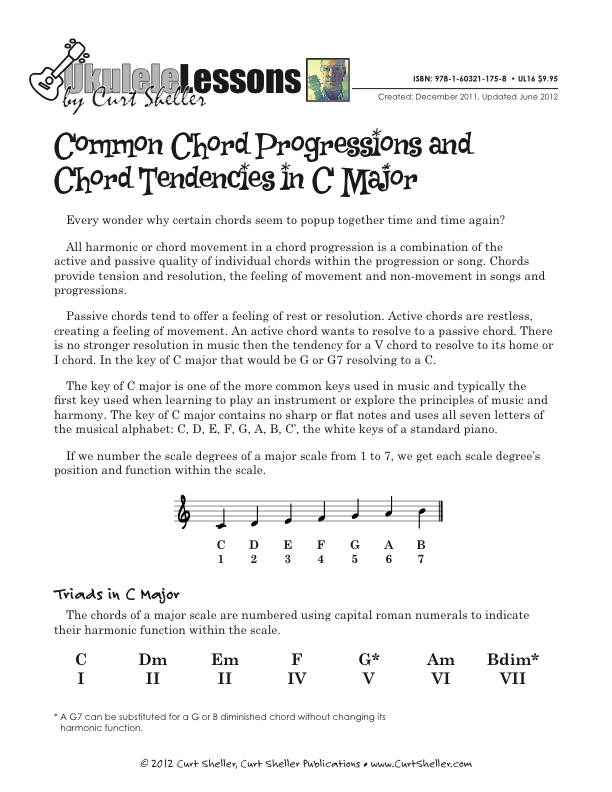
Every wonder why certain chords seem to popup together time and time again? All harmonic or chord movement in a chord progression is a combination of the active and passive quality of individual chords within the progression or song. Chords provide tension and resolution, the feeling of movement and non-movement in songs and progressions.

Just what are the fingers of the plucking and fretting hand called. There can be a bit of confusion as to what the names and numbers of your fretting hand and the plucking or strumming hand are. Here are some of the common fingering notations I’ve encounter over the course of my studying ukulele and guitar.
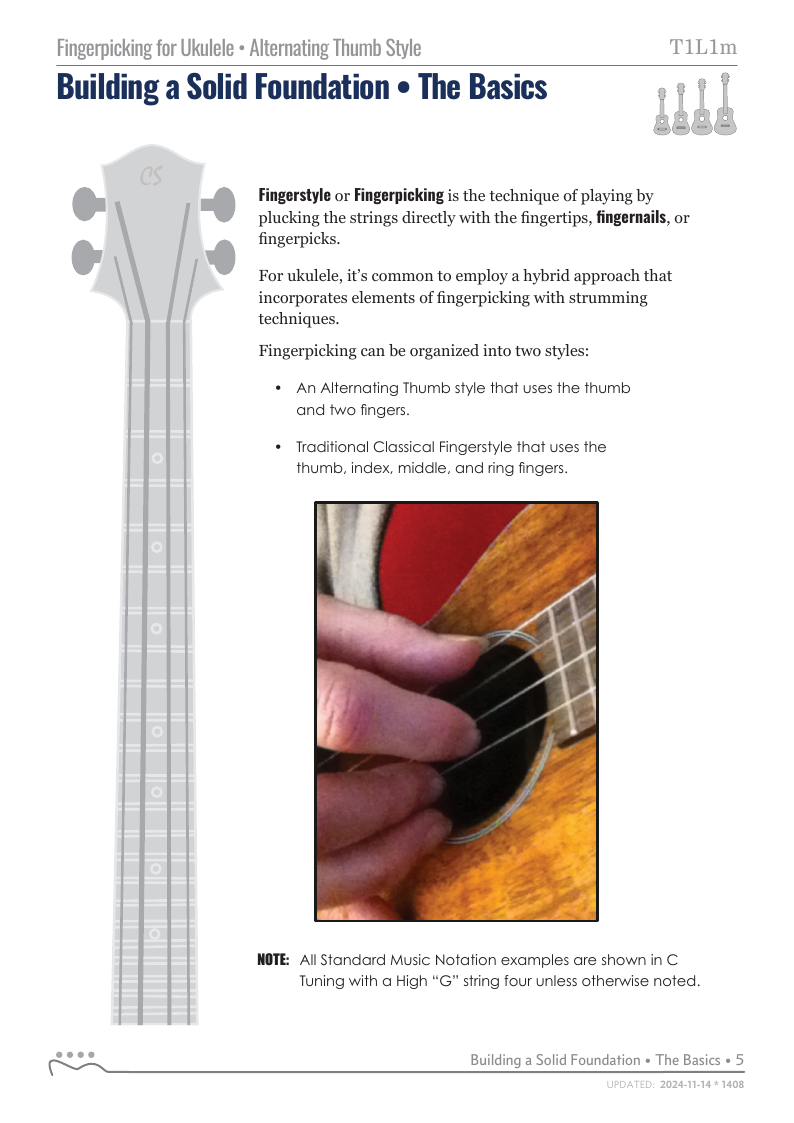
As the subtitle of this Fingerpicking Basics lesson for Ukulele implies, this lesson's focus is on the alternating thumb part of the style. Commonly called Travis Picking on guitar and Scrugg's Style for banjo. For guitar it’s an alternating bass note style with the thumb playing the lower, bass notes.
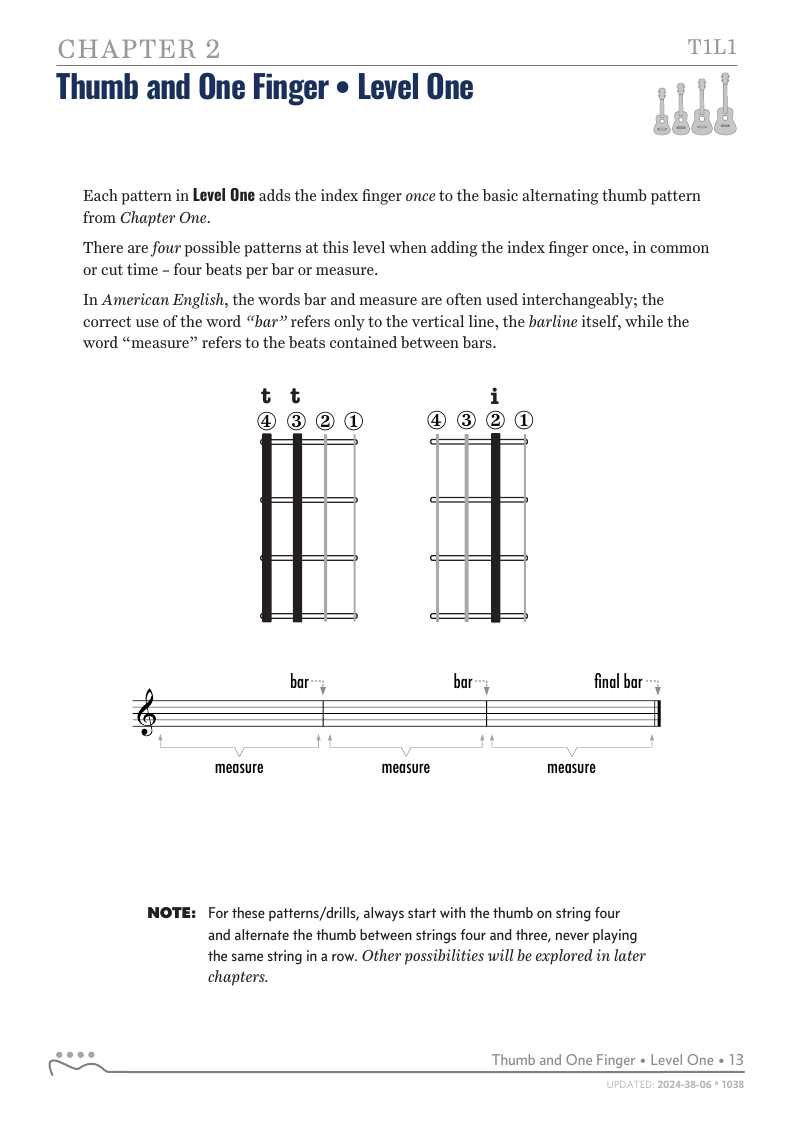
In this lesson we’re introducing the index finger once to the alternating thumb pattern mastered in the Alternate Thumb Fingerpicking Style - Introduction. There are four possible patterns when adding the index finger once in common or cut time.
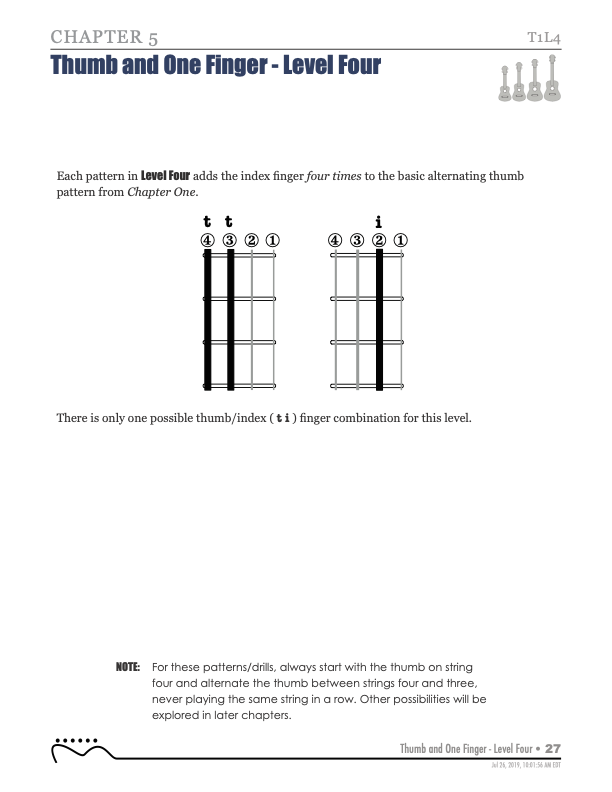
All the previous lessons in the "Fingerpicking for Ukulele, Alternating Thumb Style Series" where melodic, single notes only. This lesson introduces The *Pinch, where any one of the thumb/index finger or thumb/middle finger combinations can be played together - harmonically.
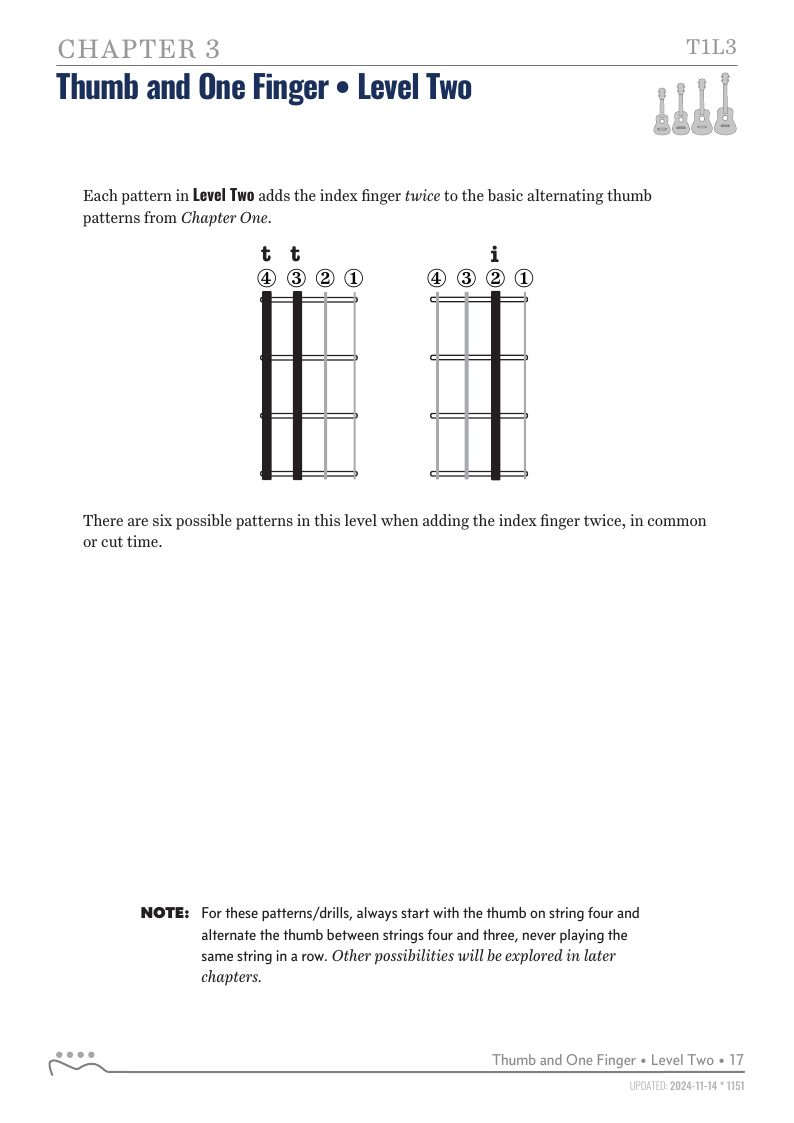
In this lesson we’re introducing the index finger twice to the alternating thumb pattern mastered in the Alternate Thumb Fingerpicking Style - Introduction. There are six possible patterns in common or cut time.ssible variations in this lesson.
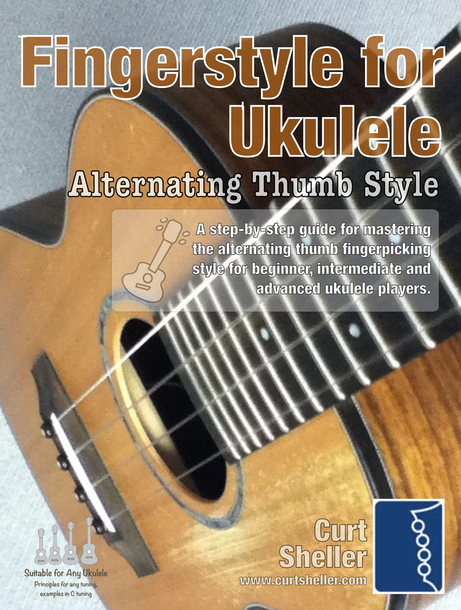
There are two common styles of fingerpicking on ukulele. This series of lessons explores the Alternating Thumb Style. A future series will explore the Thumb and three finger style, the traditional p i m a classical guitar style that we’ll adapt to ukulele.
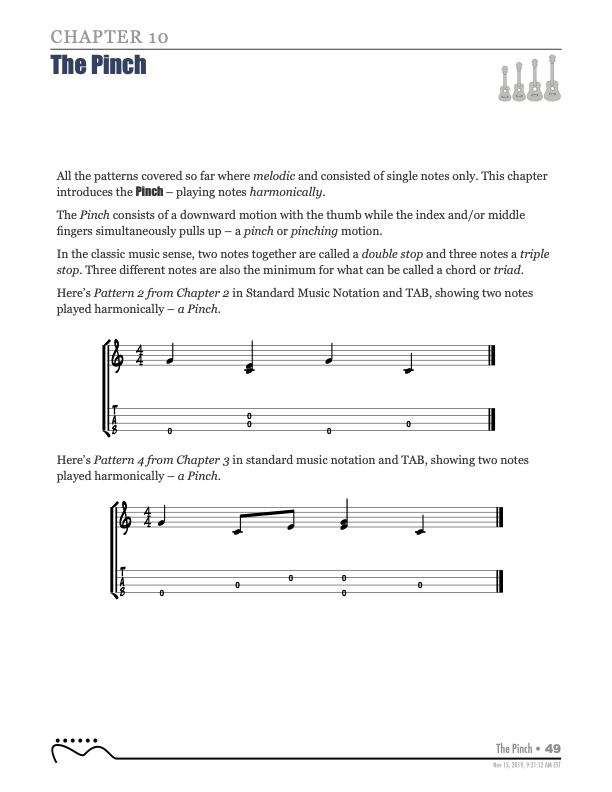
All the previous lessons in the "Fingerpicking for Ukulele, Alternating Thumb Style Series" where melodic, single notes only. This lesson introduces The *Pinch, where any one of the thumb/index finger or thumb/middle finger combinations can be played together - harmonically.
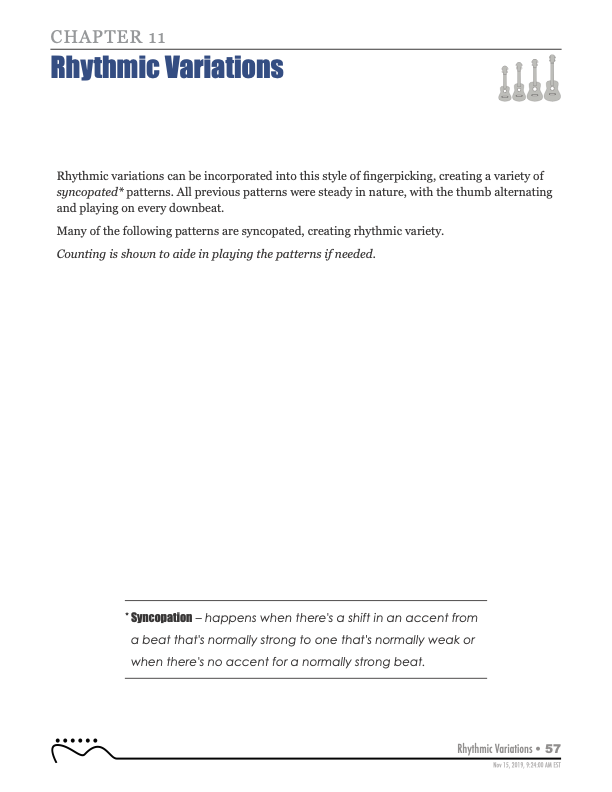
Rhythmic variations can be incorporated into this style of fingerpicking, creating a variety of syncopated patterns. All previous patterns were steady in nature, with the thumb alternating and playing on every downbeat. Many of the following patterns are syncopated, creating rhythmic variety.

"Modular Phonetic Rhythm" by Chuck Anderson represents a significant advance in the teaching and application of rhythm. Eliminating many inefficient aspects of rhythm education, Modular Phonetic Rhythm streamlines the traditional educational approach, resulting in a reflexive reaction to rhythm. This approach is applicable to all ages and to all styles of music.
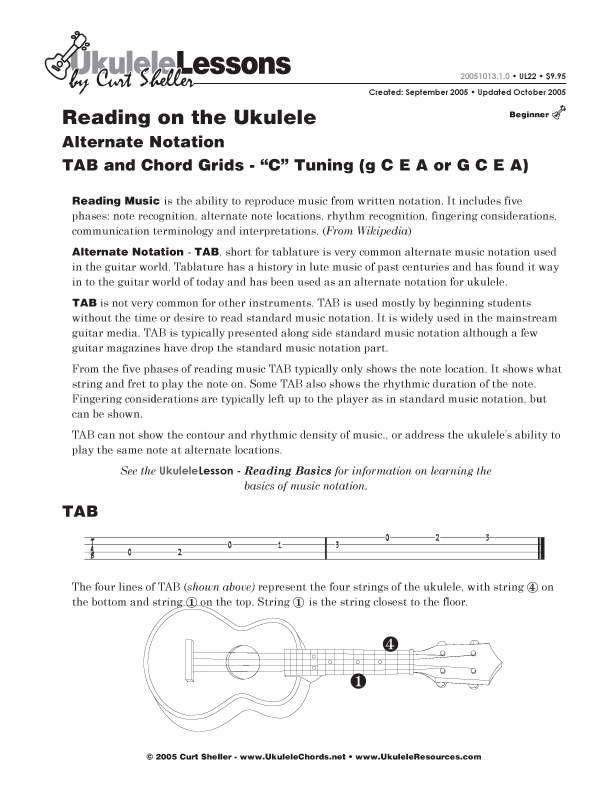
"TAB" or "Tablature", is an alternate form of musical notation, which tells players where to place their fingers on a particular instrument rather than which pitches to play. TAB is sort of a secret language between guitar players and ukulele players. Although a shortcut to getting started it actually serves to alienate one from the rest of the music world.
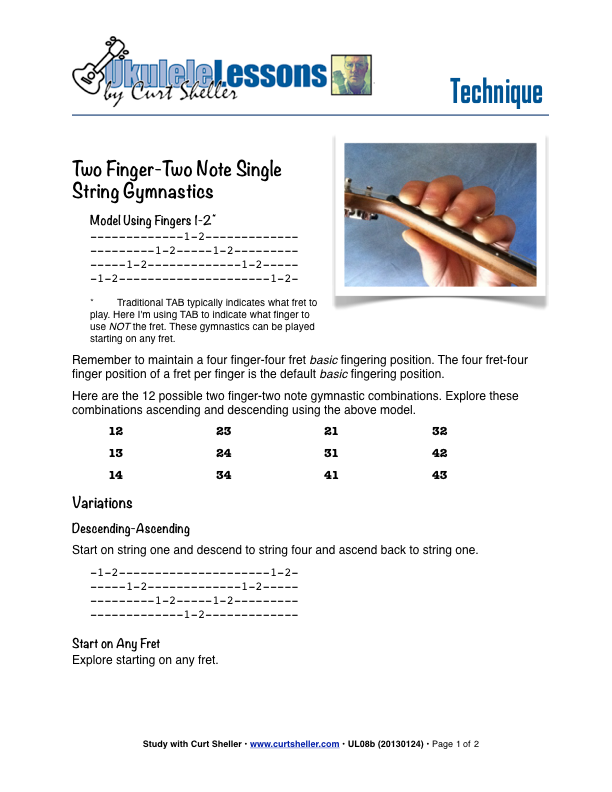
To play the ukulele effectively, your fingers need physical strength, agility, flexibility and coordination. This two finger-two note drill is designed to get your hands in shape. These exercises work no matter what style of ukulele you play or want to play.
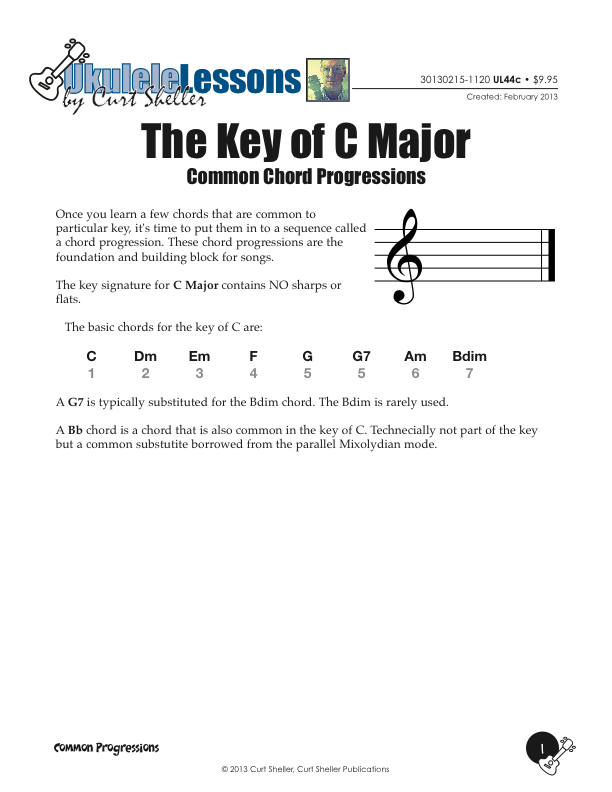
Sometimes called the “learning key”, the key of C Major is one of the easiest keys to memorize and begin using. C major (often just C or key of C) is a musical major scale based on C, with pitches C D E F G A B C. Its key signature has no flats or sharps. Its relative minor is A minor A B C D E F G A B.
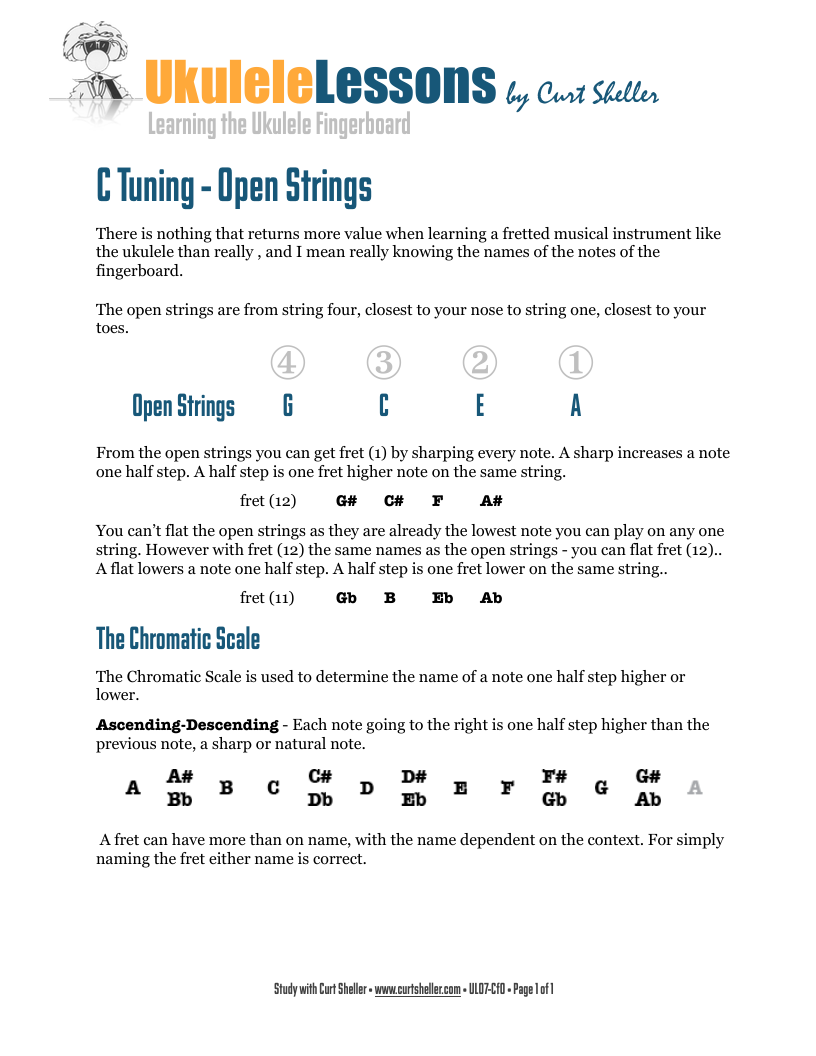
There is nothing that returns more value for your investment when learning a fretted musical instrument like the ukulele than really, and I mean really knowing the names of the notes of the fingerboard. This is not the same as learning to read music - but simply knowing the name of any note on the fingerboard - intuitively, second-nature. At a minimum you need to know the open strings to tune the ukulele. In C tuning they are G C E A.
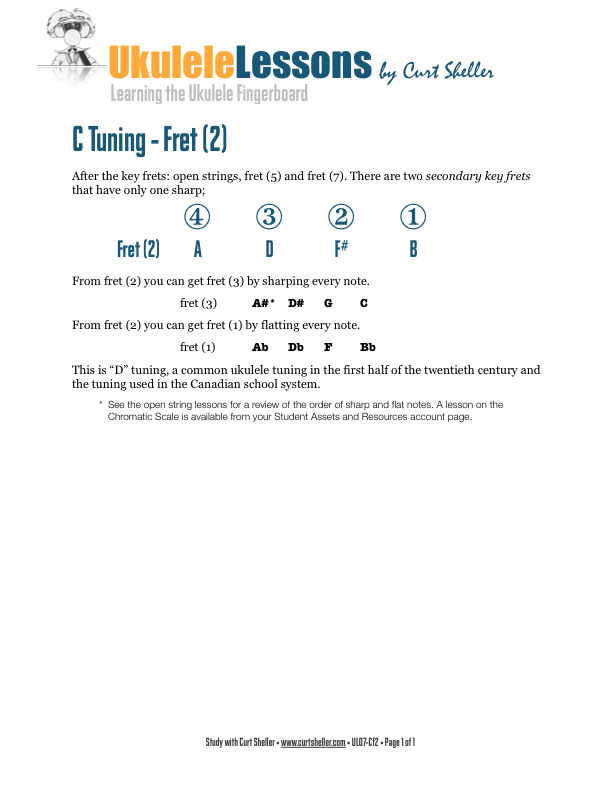
There is nothing that returns more value when learning a fretted musical instrument like the ukulele than really, and I mean really knowing the names of the notes of the fingerboard. This is not the same as learning to read music but simply knowing the name of any note on the fingerboard.b
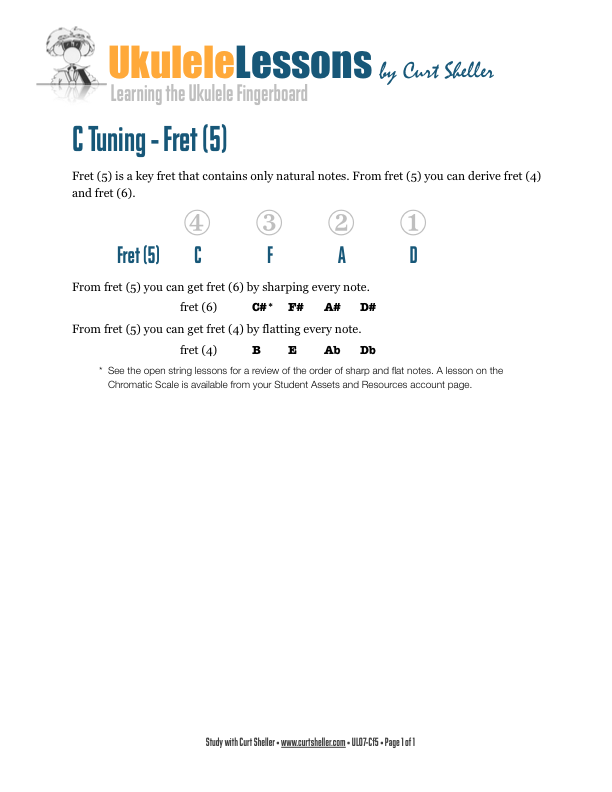
Nothing when learning a fretted musical instrument like the ukulele returns more value than really, and I mean really knowing the names of the notes of the ukulele fingerboard. This is not the same as learning to read music — but simply knowing the name of any note on the fingerboard.
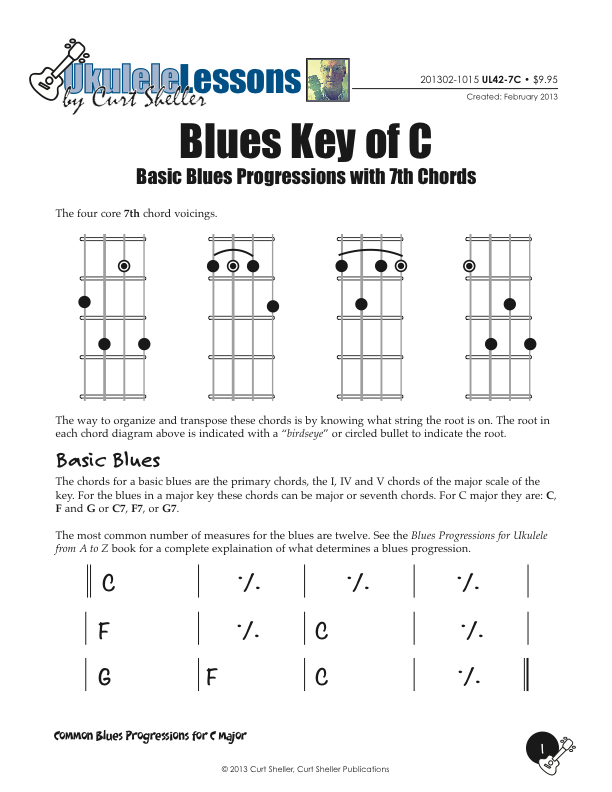
Basic and Quick Change blues chord progressions in the key of C major using the core 7th chords from the Big Six series of lessons. This is a great way to explore this core chord in various keys. These are the two most common blues progressions used in traditional and contemporary music.
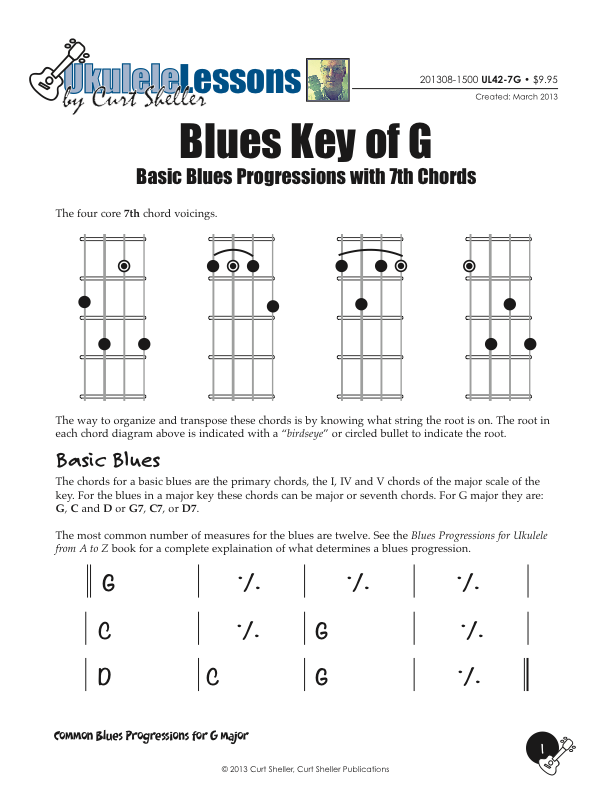
Basic and Quick Change blues chord progressions in the key of G major using the core 7th chords from the Big Six series of lessons. This is great way to explore this core chord in various keys. These are the two most common blues progressions used in traditional and contemporary music.
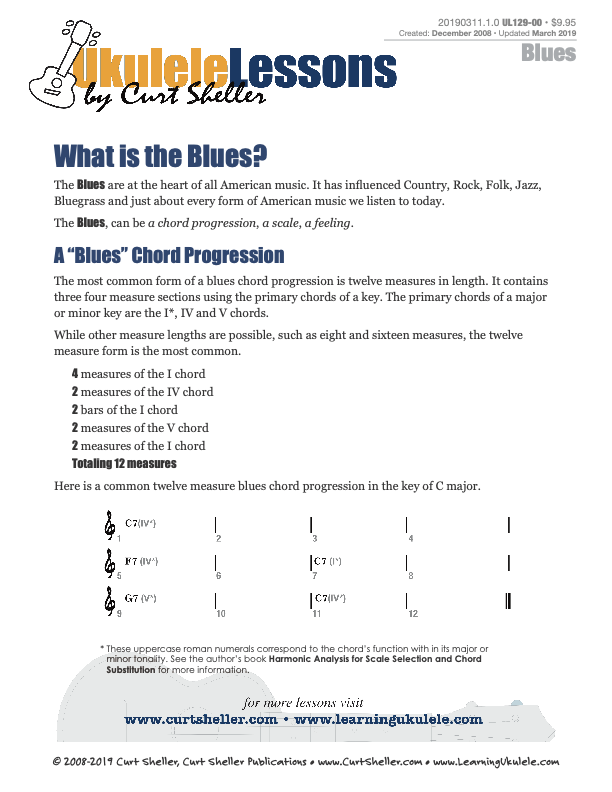
The Blues are at the heart of all American music. It has influenced Country, Rock, Folk, Jazz, Bluegrass and just about every form of American music we listen to today. The Blues - a chord progression, a scale, a feeling. This lesson presents an introduction to the blues progression and a couple of scale position of the pentatonic scale to get you started improvising.
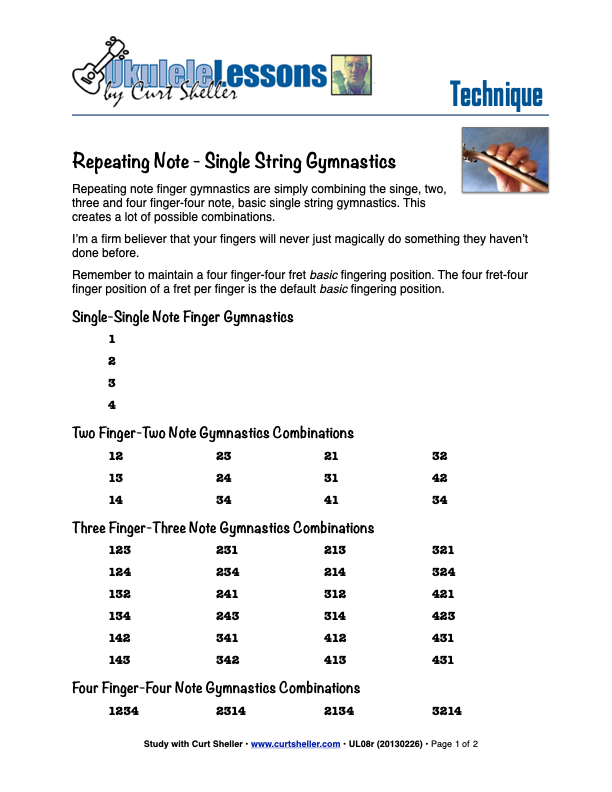
Building on the single note, 1, 2, 3, and 4 finger basic gymnastics. Now with a repeating note or two. This series of lessons, although the examples are shown for ukulele, are appropriate for any fretted string instrument like guitar, banjo, or mandolin.
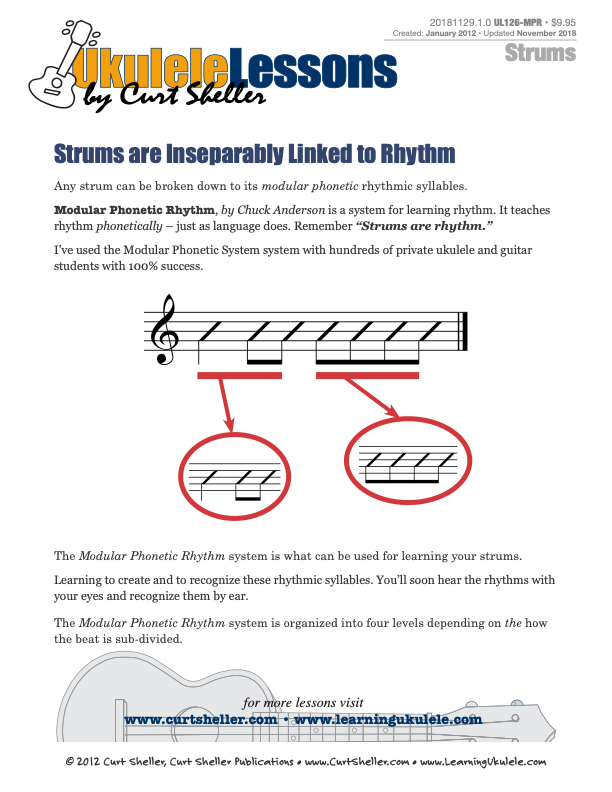
Strums are Inseparably Linked to Rhythm. Any strum can be broken down to its Modular Phonetic rhythmic syllables. Modular Phonetic Rhythm, by Chuck Anderson is a system for learning rhythm. It teaches rhythm phonetically - just as language does. Remember 'Strums ARE rhythm'
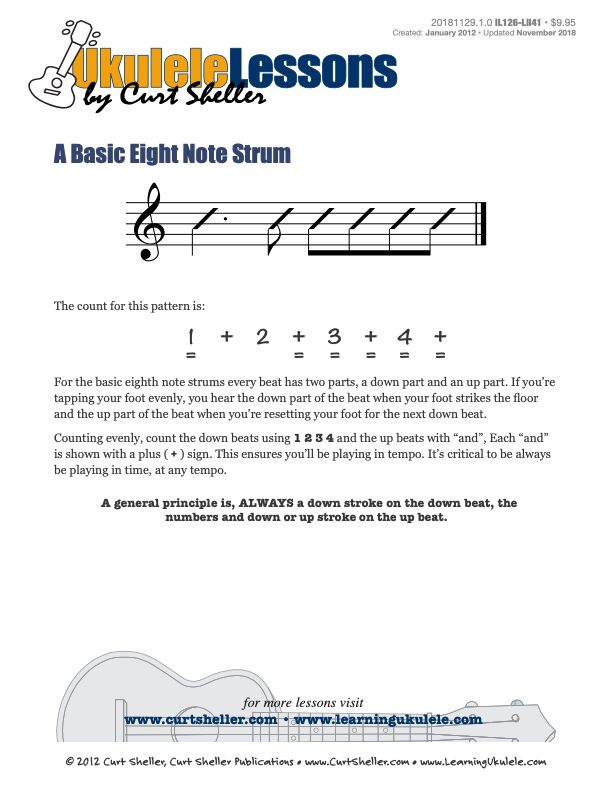
Another one of the 72 possible strumming patterns based of the Modular Phonetic Rhythm systems level II rhythmic syllables. A dotted quarter note and one eight note to four eight notes. Basically one rhythmic rhythmic syllable from the Modular Phonetic Rhythm tied to another syllable from the system.
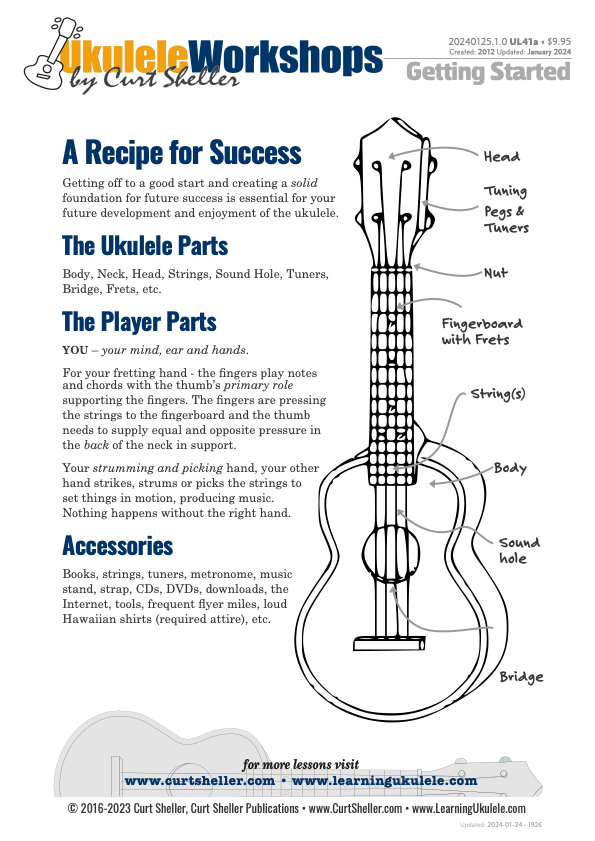
"Where Do I Start?" This is a common question. This workshop/lesson covers ukulele tunings, learning the ukulele fingerboard, basic chords and strums. This workshop gets you rolling on having some fun playing the ukulele. This is the workshop-lesson handout that given to ukulele players attending the "Learning Ukulele - A Recipe for Success" beginner workshop.
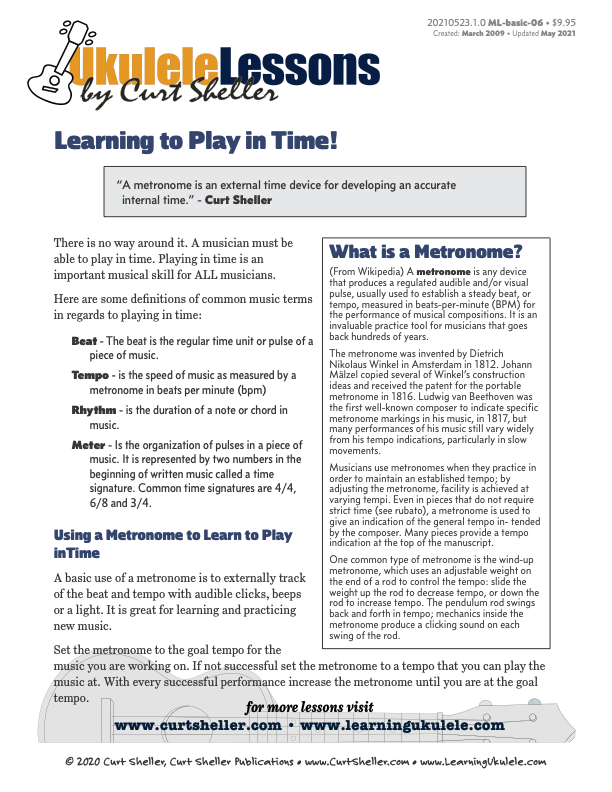
Playing in time is an essential skill that every musician must possess. There are no shortcuts or alternatives when it comes to this aspect of music. Keeping your place while playing is a crucial lesson that focuses on honing your ability to maintain a consistent tempo and rhythm throughout your performance.
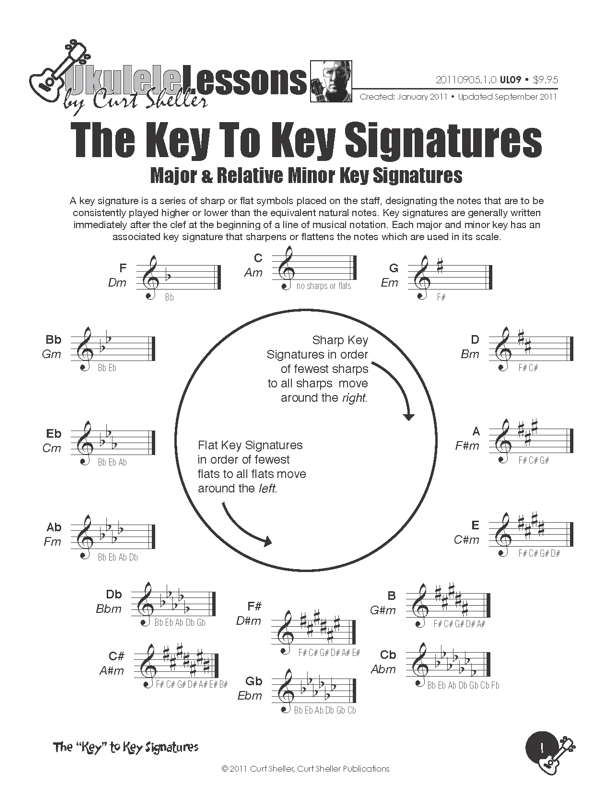
A "Key Signature" is a series of sharp or flat symbols placed on the staff, designating the notes that are to be consistently played higher or lower than the equivalent natural notes. Key signatures are generally written immediately after the clef at the beginning of a line of musical notation. Each major and minor key has an associated key signature that sharpens or flattens the notes which are used in its scale.

There is nothing that returns more value when learning a fretted musical instrument like the ukulele than really , and I mean really knowing the names of the notes of the fingerboard. This exercise takes any random fingerboard shape and names the notes using any combination of their natural, sharps and or flats names.
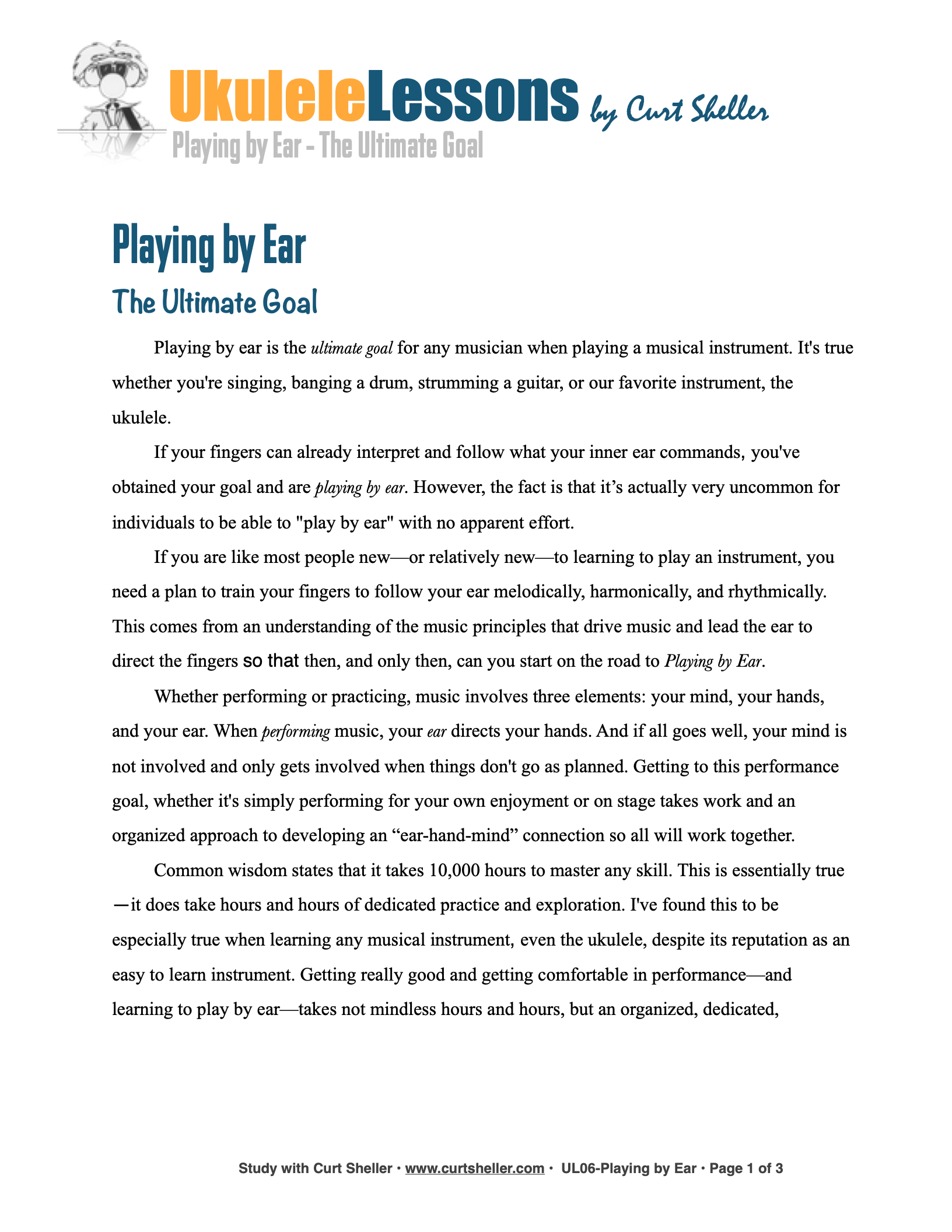
The ultimate goal for any musician when playing a musical instrument is to "Play by Ear". It’s true whether you’re singing, banging a drum, strumming a guitar, or our favorite instrument, the ukulele. If your fingers can already interpret and follow what your inner ear commands, you’ve obtained your goal and are "Playing by Ear."
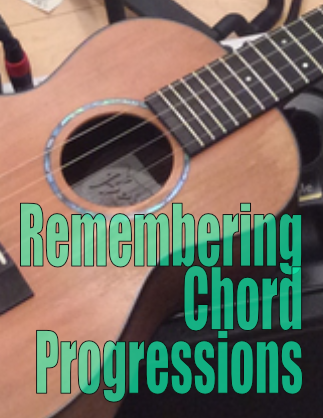
Listening to songs and wanting to play the same songs on ukulele – that's what draws most people to the ukulele. That and it looks like a load of fun and easy to play – which it is. Then you need to actually remember the songs that you're learning, so you can play them again. And, hopefully, not have to read them off a sheet all the time.

Beyond basic open position chords, basic movable form chords and a core set of 4-part chords. There are just too many chords shapes too memorize. Learning the principles of how chords are constructed and the ukulele fingerboard are the way to go. Then you can create more advanced chords like 9#11, 7#5-9, 13b5, 7+9 on the fly as needed.

Ukulele Gymnastics series contains quite a few lessons for developing your finger strength and independence of the fretting hand. The fretting hand is responsible for playing chords and single notes. The fretting hand and plucking hand are responsible for getting the music out.
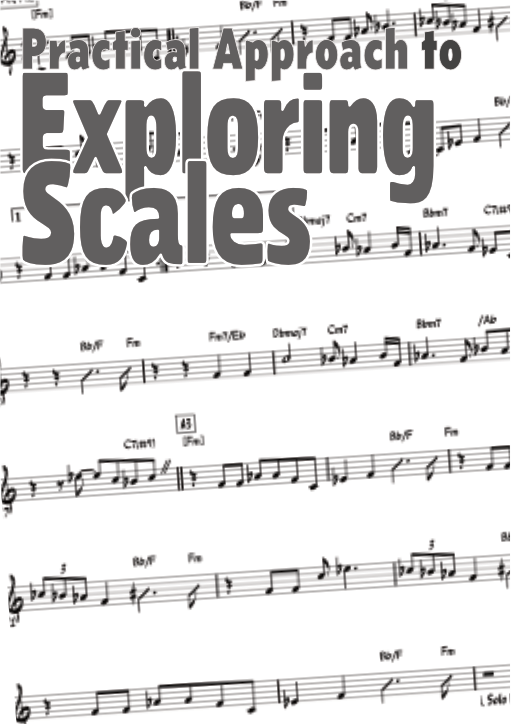
On ukulele there aren't many positions where you can play a one octave scale from the root to octave. An instrument like the guitar with the additional lower strings five and six allows one to play a one octave scale in multiple positions in the basic 4-fret, 4-finger position. On ukulele there might be one or two depending on the scale and the key - and whether your using a low string four tuning. This lesson offers a practical approach to practicing your scales on ukulele.
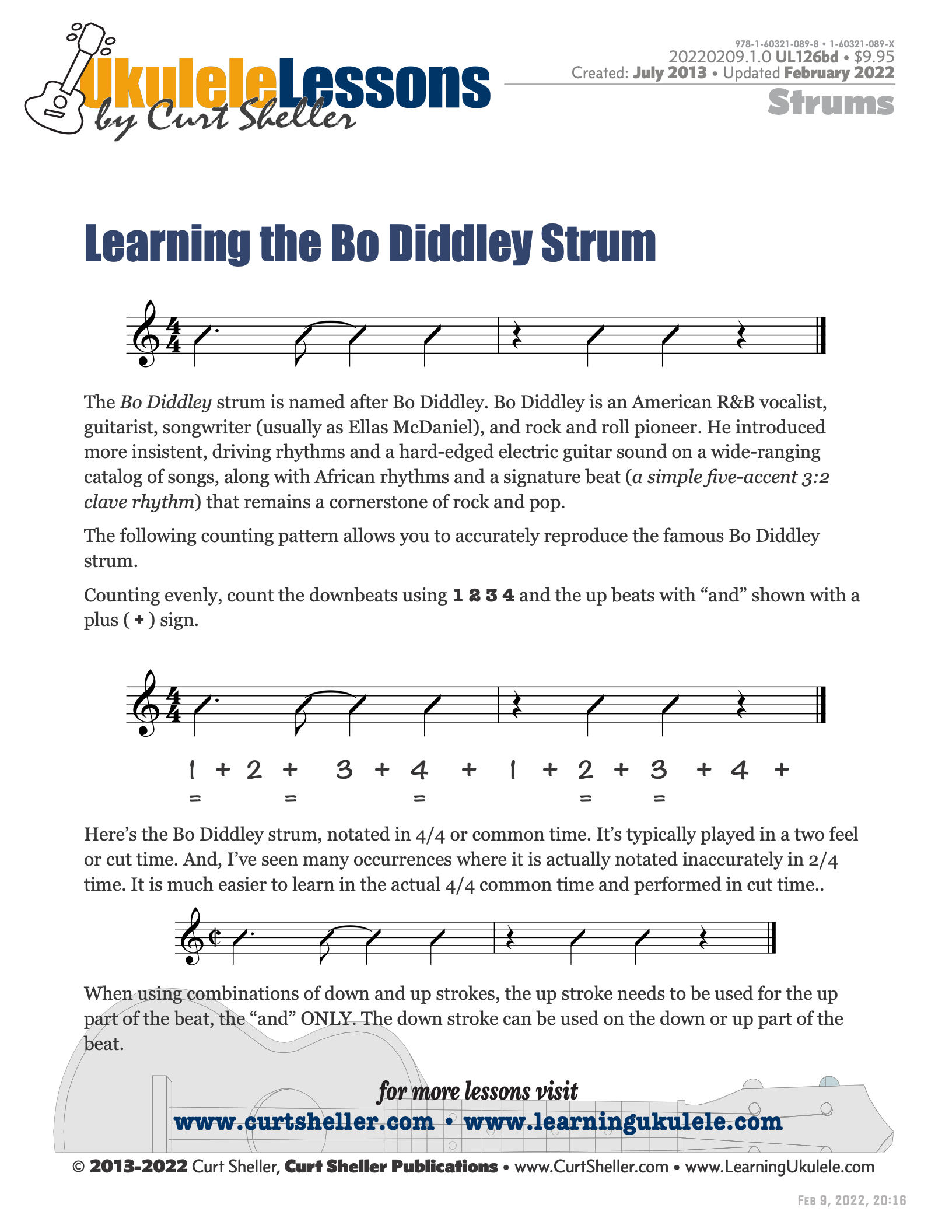
The Bo Diddley strum is named after Bo Diddley. Bo Diddley is an American R&B vocalist, guitarist, songwriter ( usually as Ellas McDaniel ), and rock and roll pioneer. He introduced more insistent, driving rhythms and a hard-edged electric guitar sound on a wide-ranging catalog of songs, along with African rhythms and a signature beat (a simple five-accent clave rhythm) that remains a cornerstone of rock and pop.

There are a few things in music that students and players avoid. These are things like learning to read and knowing the notes of their own instrument. It is hard on guitar - but not so hard on ukulele. With the right guidance and plan of attack. IT IS EASY. It is really quite easy on a uke. Starting with natural notes in in the open position you can finally check off the Reading Music to do item. Learning to read standard music notation is really, really easy.
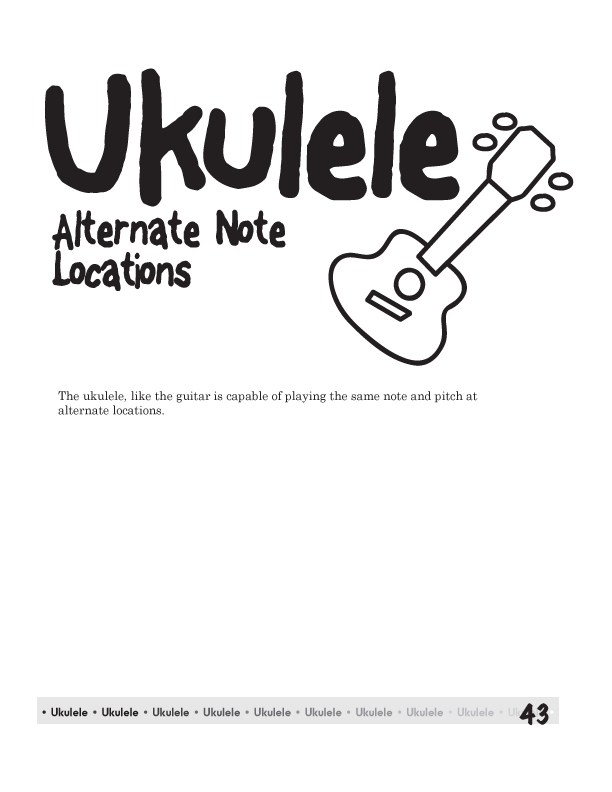
One of the reasons it is hard to read music on the guitar and the ukulele is, alternate note locations. In the open position there is one alternate note location. The open E, string two can also be played on string three, fret (3). If there is no overwhelming musical reason to play one location vs. the other. Then play the one that is easier to play. Use your ear as the final judge as to which one you prefer.
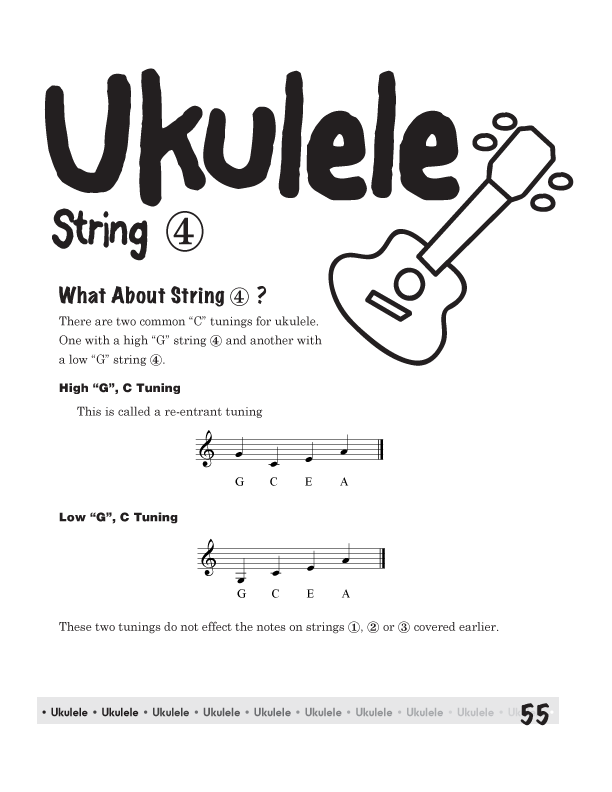
"C Tuning, Low G", extends the melodic range to G below middle C. This expanded range allows for a wider selection when selecting songs to play. The G, A and B are the same names as a high string four but sounding one octave lower.
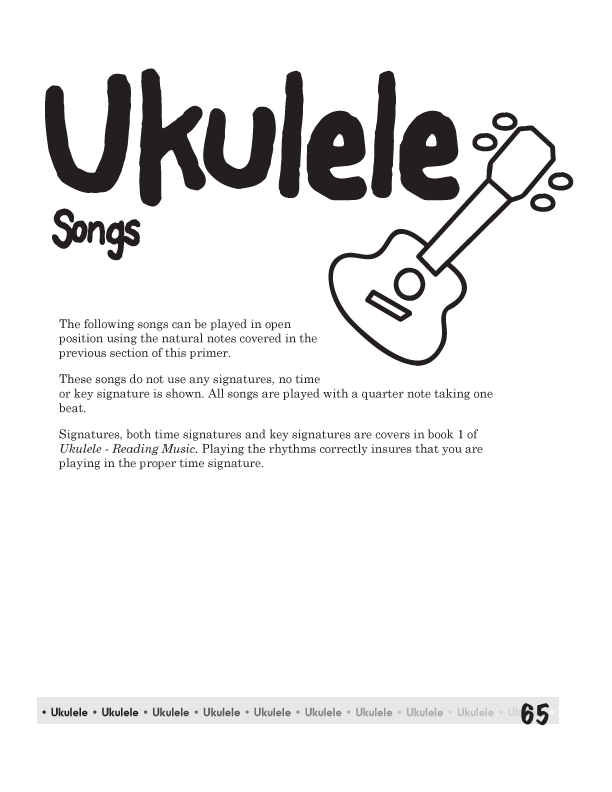
The following songs can be played in open position using the natural notes covered in the previous lessons of this primer. These songs do not use any signatures, no time signature or key signature is shown. All songs are played with a quarter note taking one beat.

Diatonic scales such as the major and minor scales lend themselves particularly well to the construction of common chords because they contain a large number of perfect fifths. Such scales predominate in those regions where harmony is an essential part of music, as, for example, in the common practice period of western classical music.

Here are the first suggested lessons that ALL my private students and site members get. This series of lessons lay the foundation and establishes common musical terminology for communication and future lesson material. The whole goal of this series of lessons under the "Getting Started with Ukulele" lessons series is to get you playing basic chords in common keys using the common strums.

"Core Chords" are a concept that I typically apply to 4-part chords and your more contemporary modern chords. This where a solid foundation of a core set of chords really help in learning the massive amount of chords that are required for play contemporary music or jazz on ukulele or guitar. Not such a task on ukulele with on one four string set of strings to build your 4-part chords vs. the theoretically possible 15 sets available for guitar.

Essential C Pentatonic or Major Pentatonic scale patterns for ukulele. Learning scales typically starts with learning a position or pattern by shape. For a lot of players that's where it stops. With the many possible shapes between chords and scales to learn - there has to be a better way - There is!!!

Your first ukulele chord is typically an open position "C Major Chord." It's only one finger and ukulele players love to show new players this, the easiest, usable ukulele chord for new players. Especially someone coming from guitar where an open position C major is three fingers and not that easy as the first chord.

It's unfortunate that there' s no oversight or organization that regulates private music teachers. This is especially true for private guitar and ukulele teachers. Anyone can hang a shingle out advertising private lessons or put content online. So finding a good teacher can be a problem. Here are a few questions you can ask prospective teachers and generally speaking what their answers should be. I'll also input my perspective which should give some info on accurately evaluating a prospective teacher or online content.
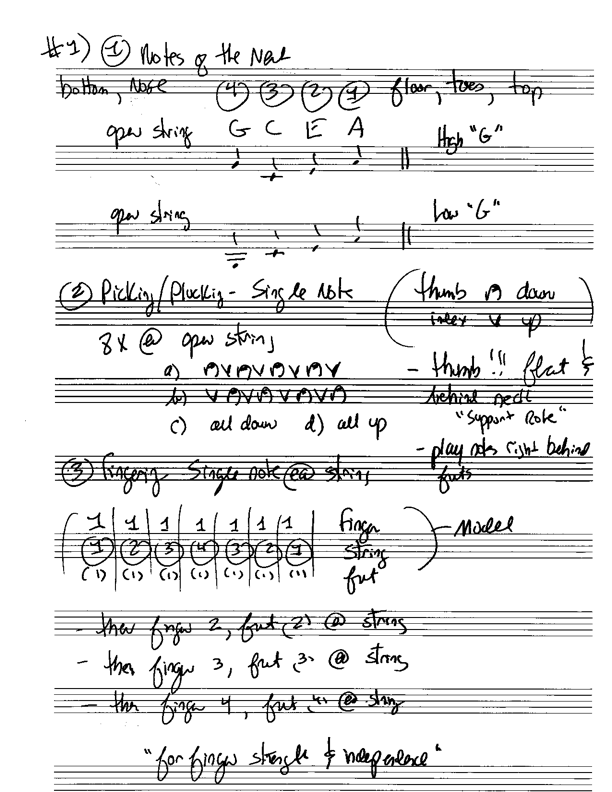
This is a scan of a typical first lesson that ALL students new to the ukulele might get in one of my private one-on-one lessons. View the full lesson for my notes and my comments on what doesn't make it on every the sheet. There's a lot that goes on in an individual private lesson and is different from student to student.


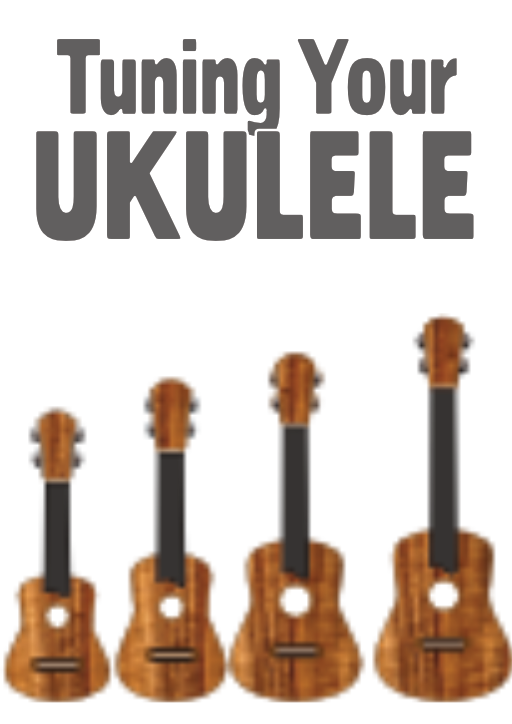
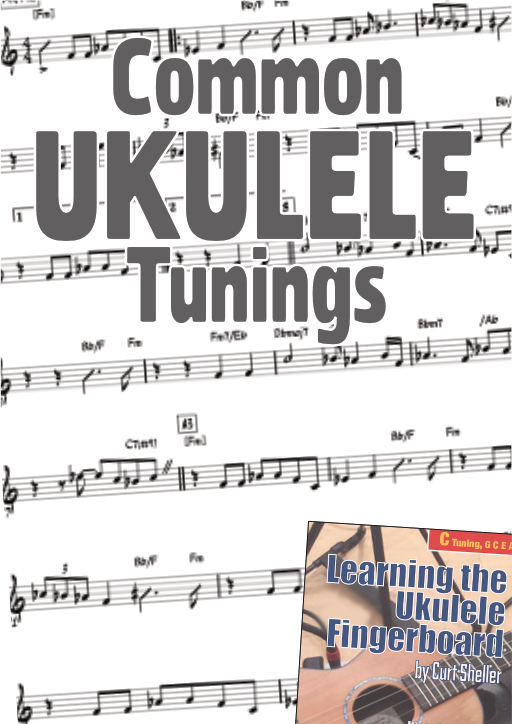
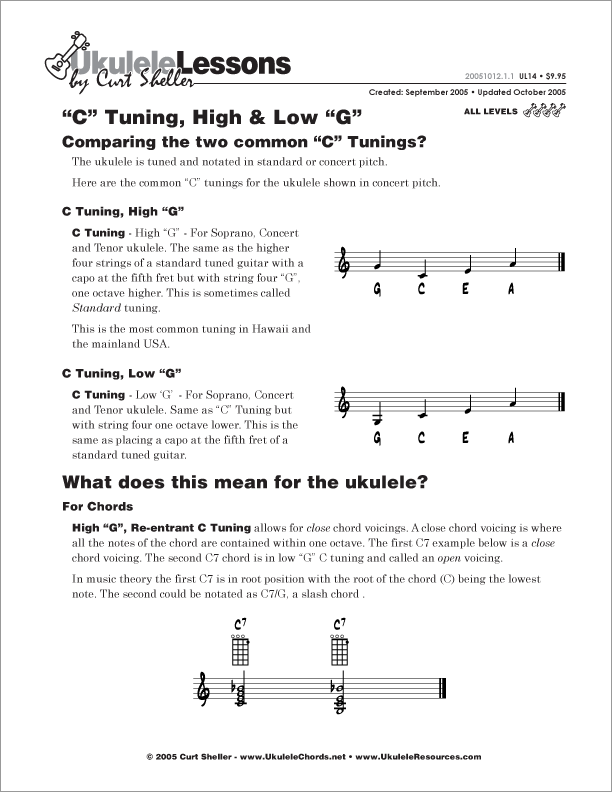
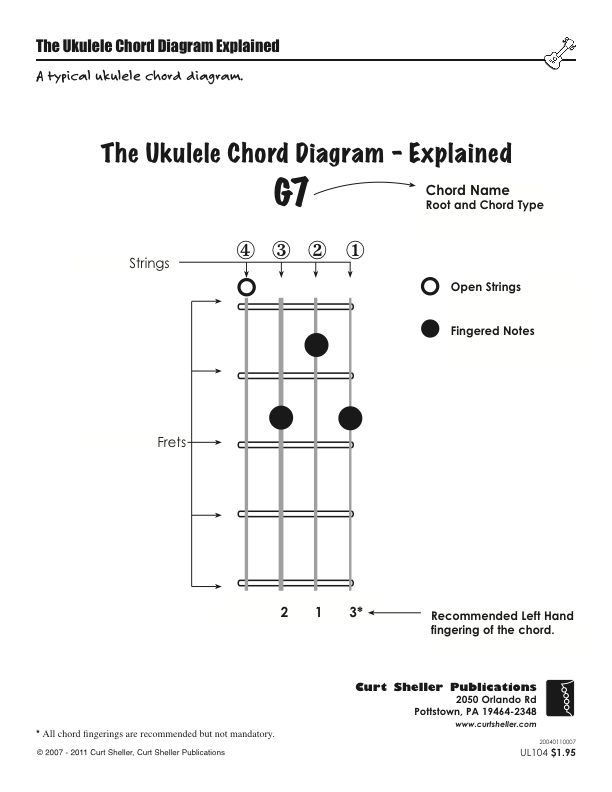
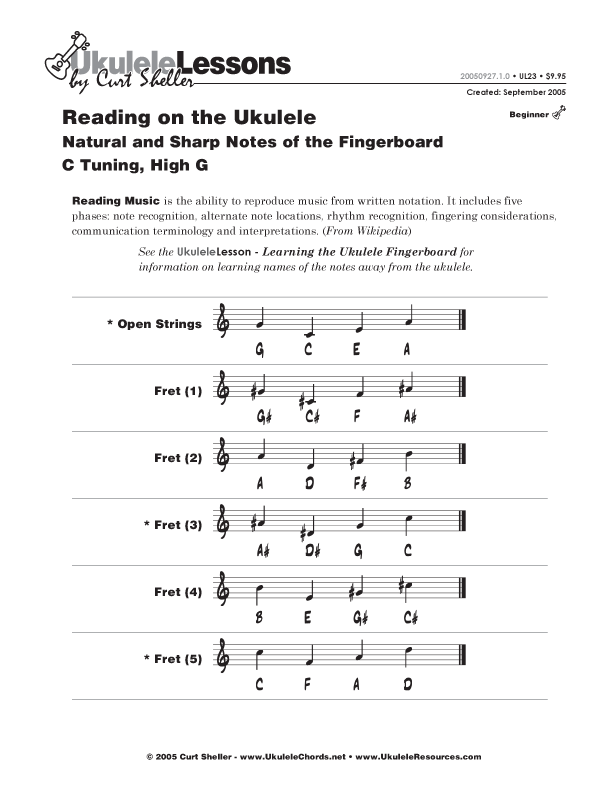
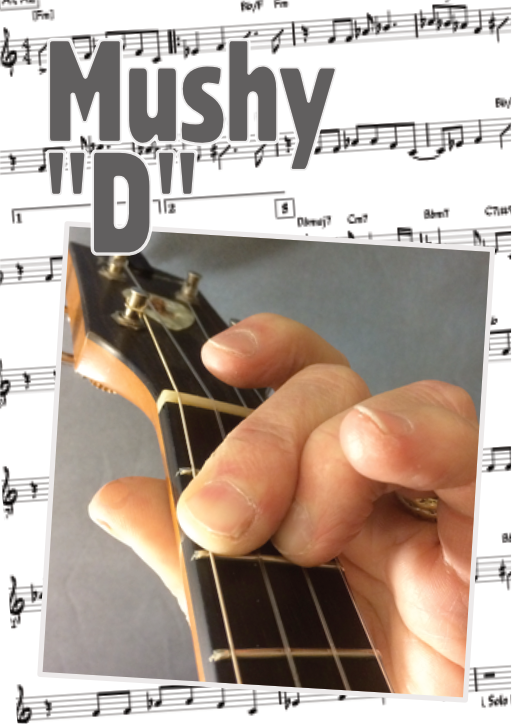
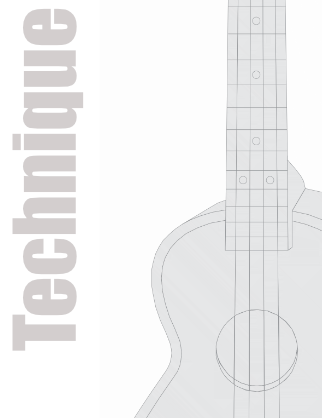

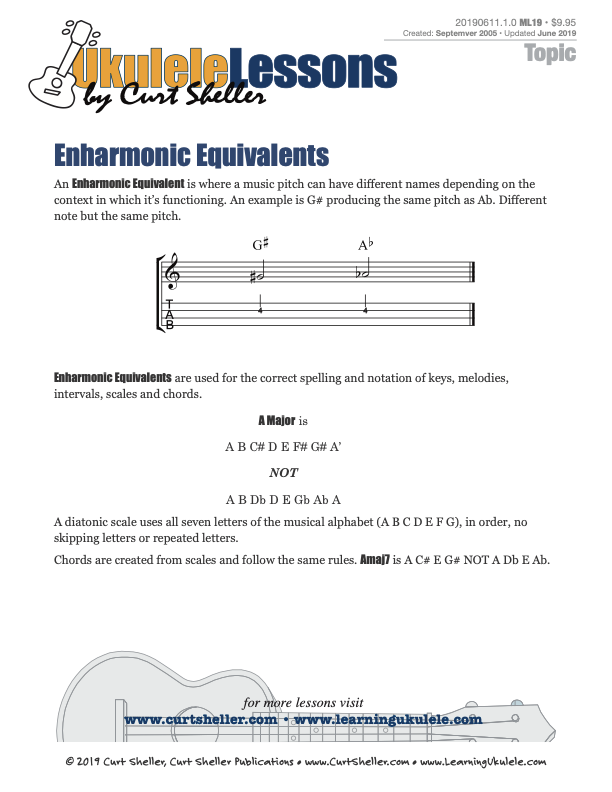
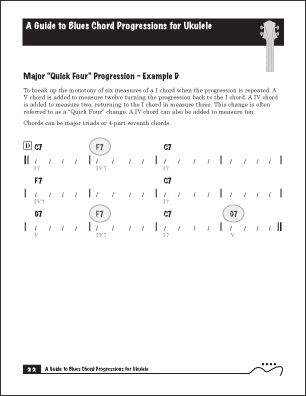
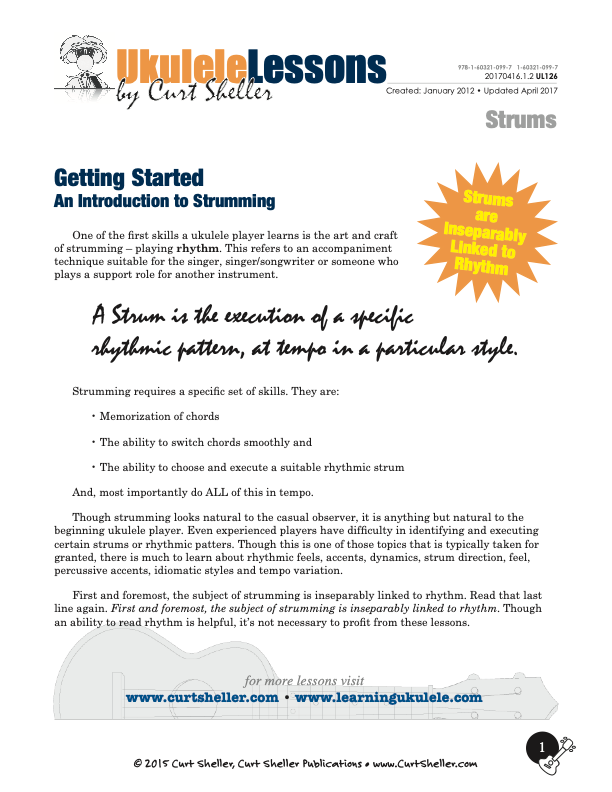
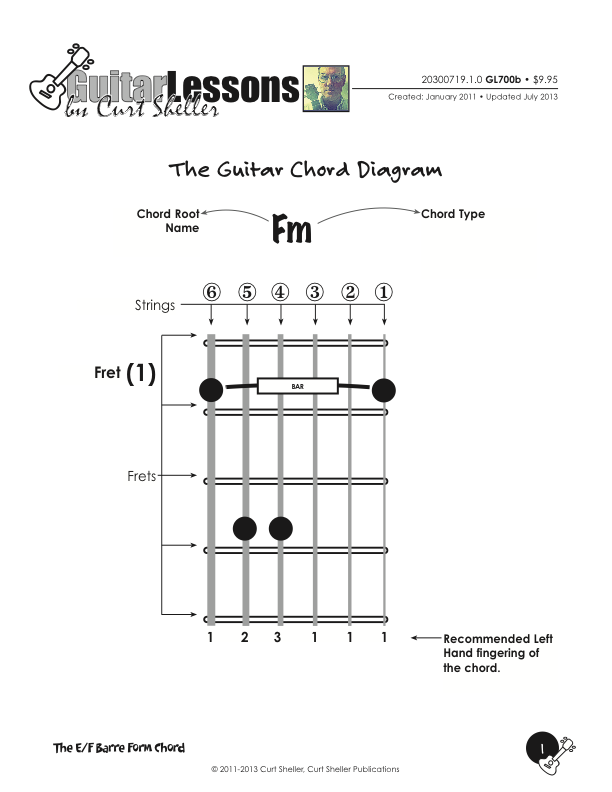
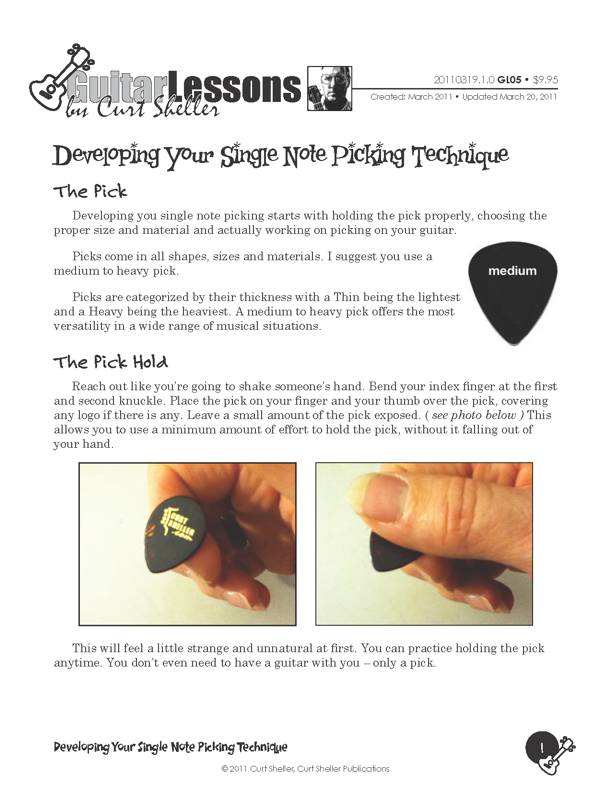
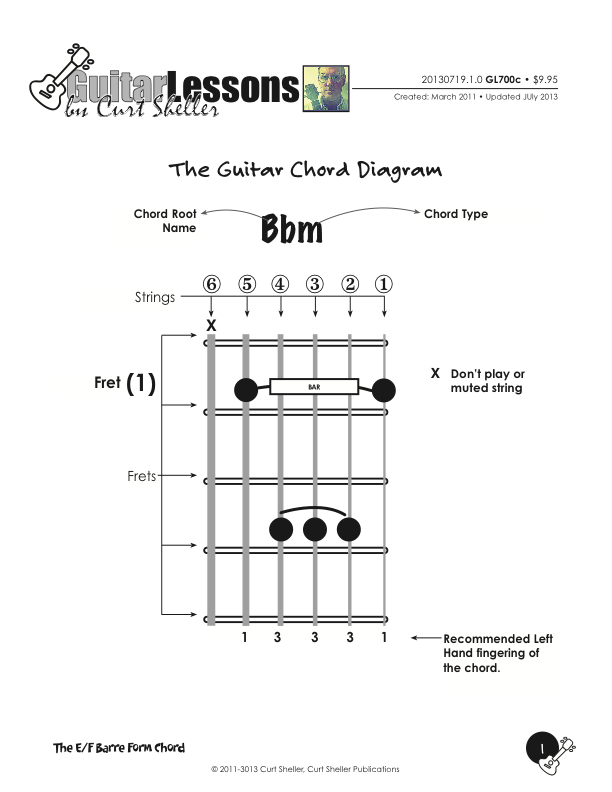
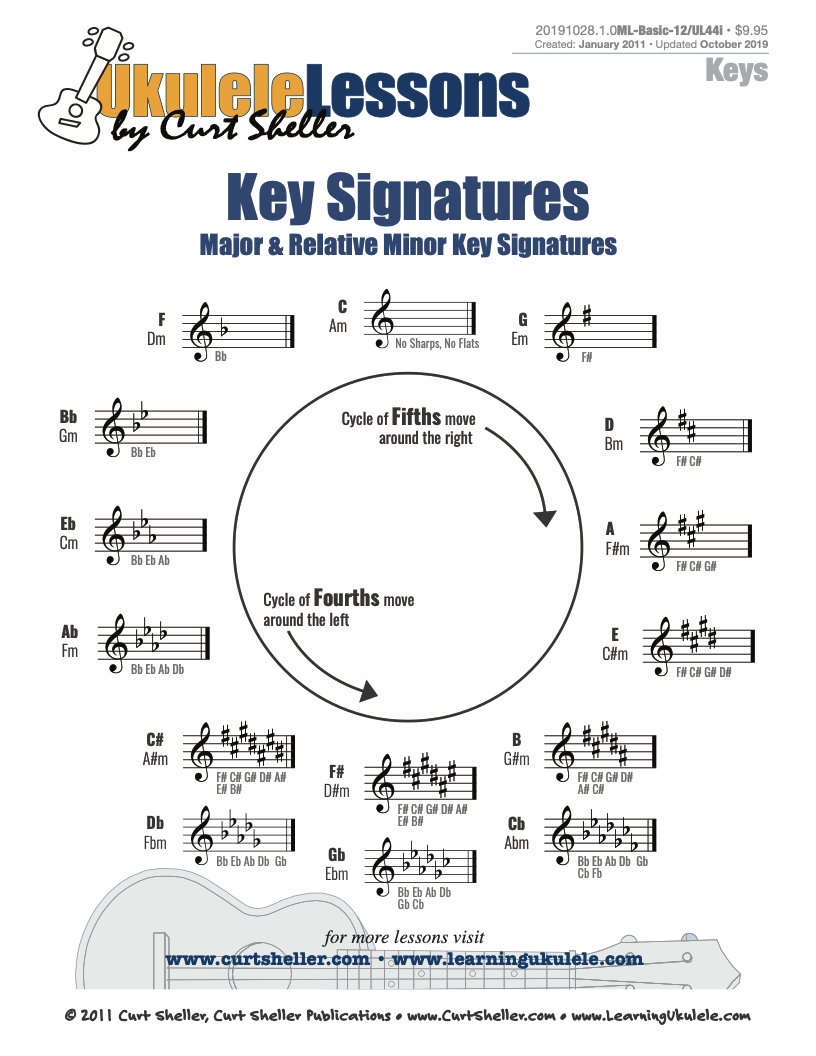
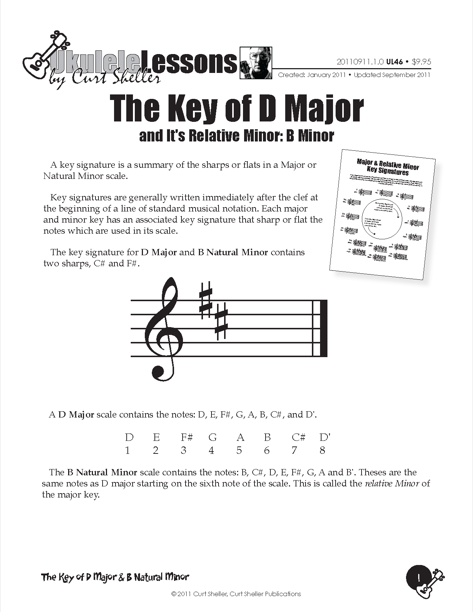
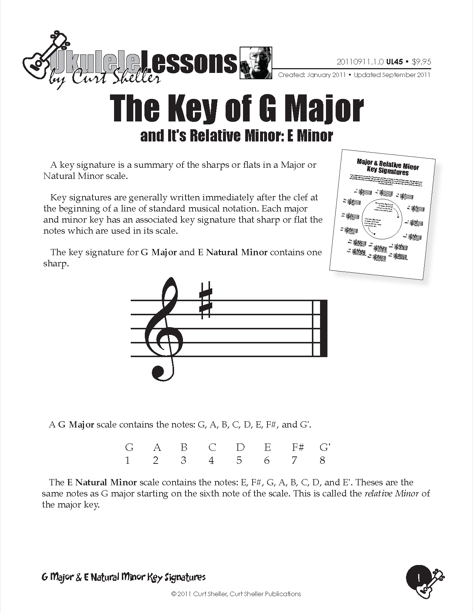
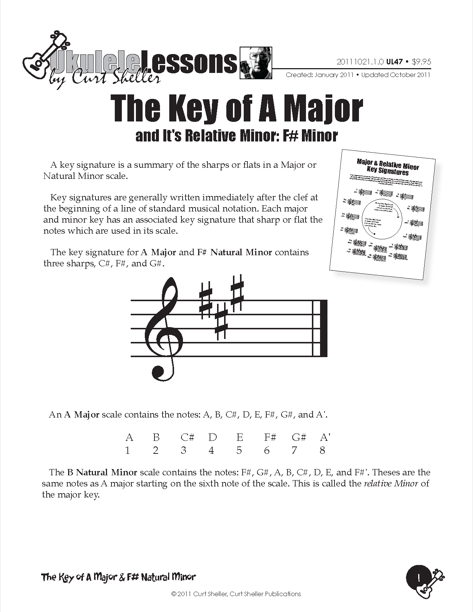
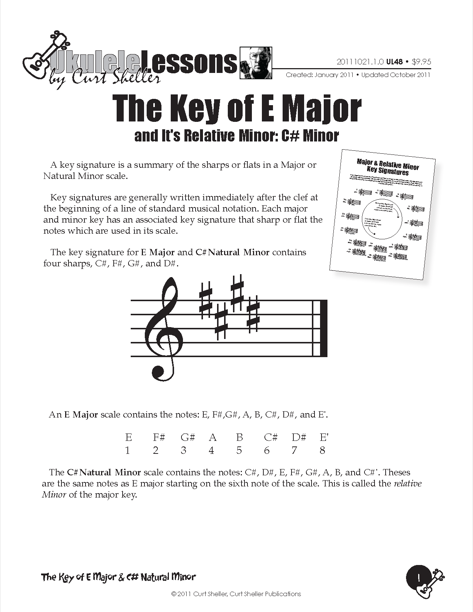
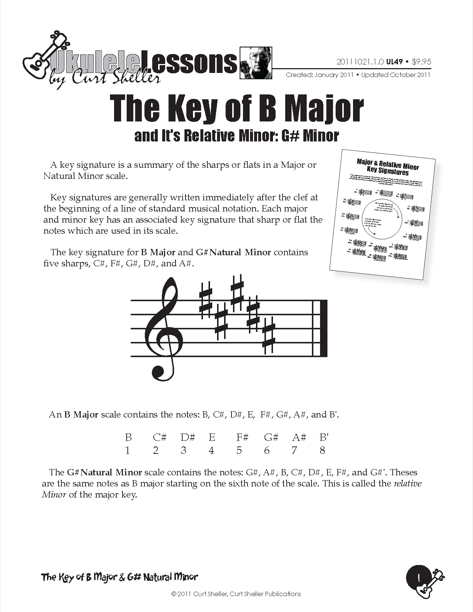
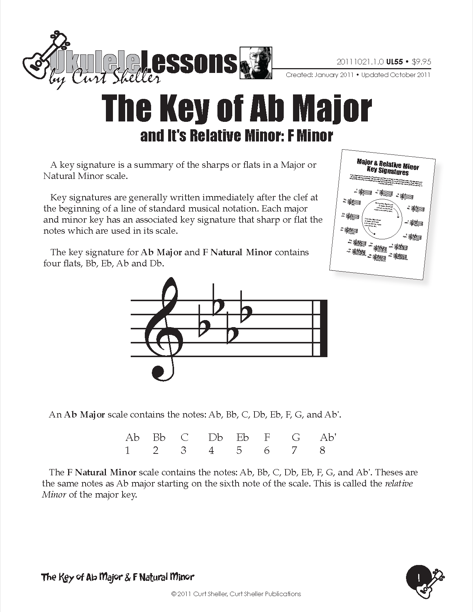
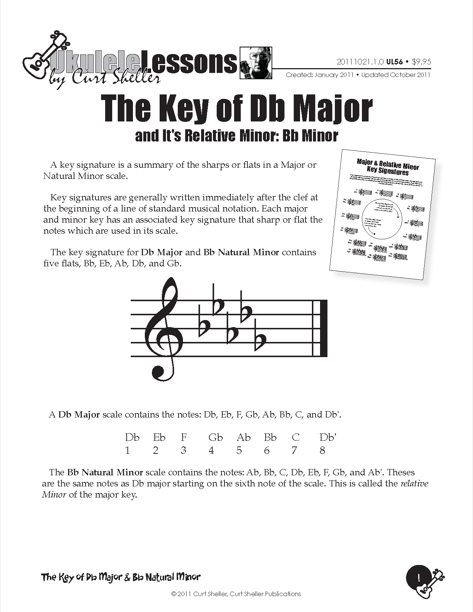
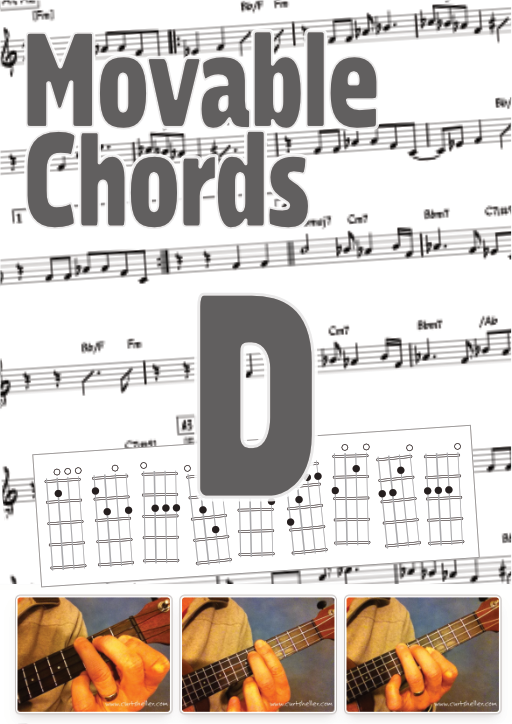
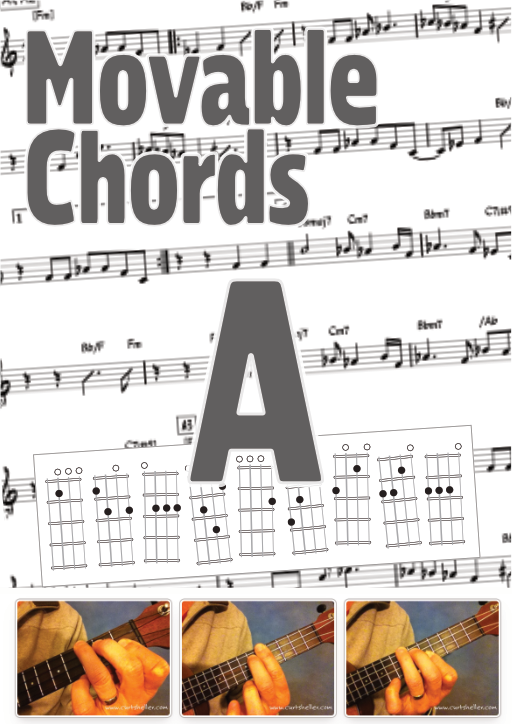
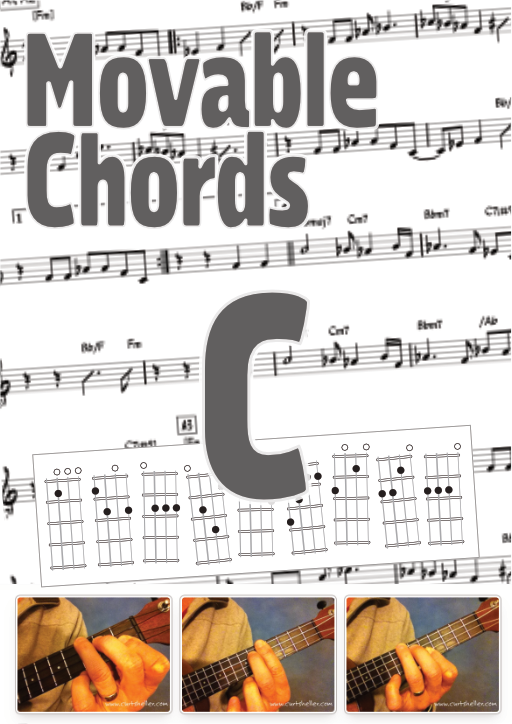
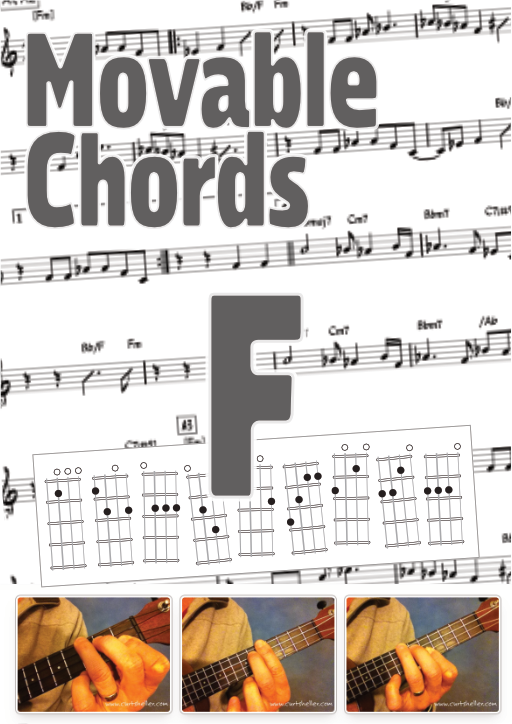
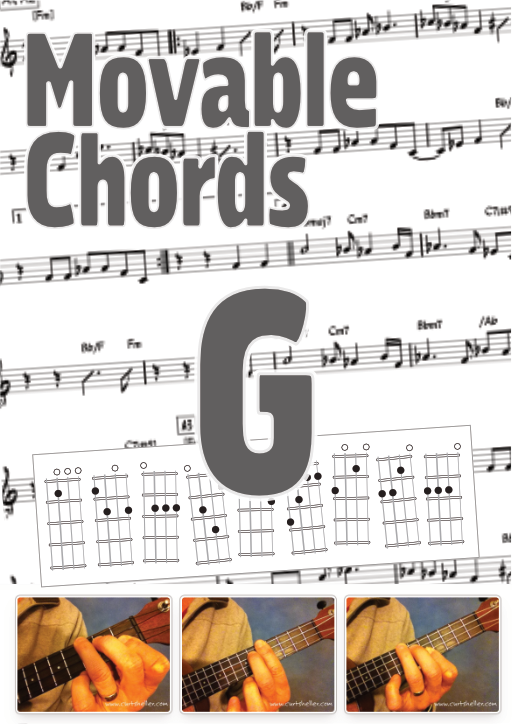
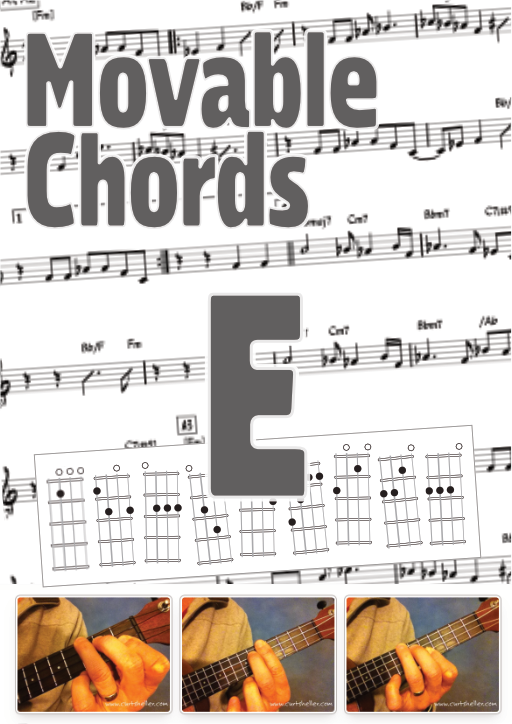





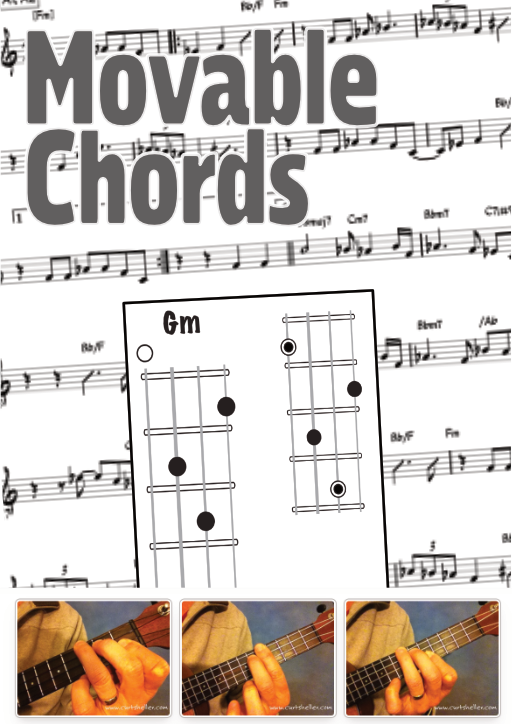





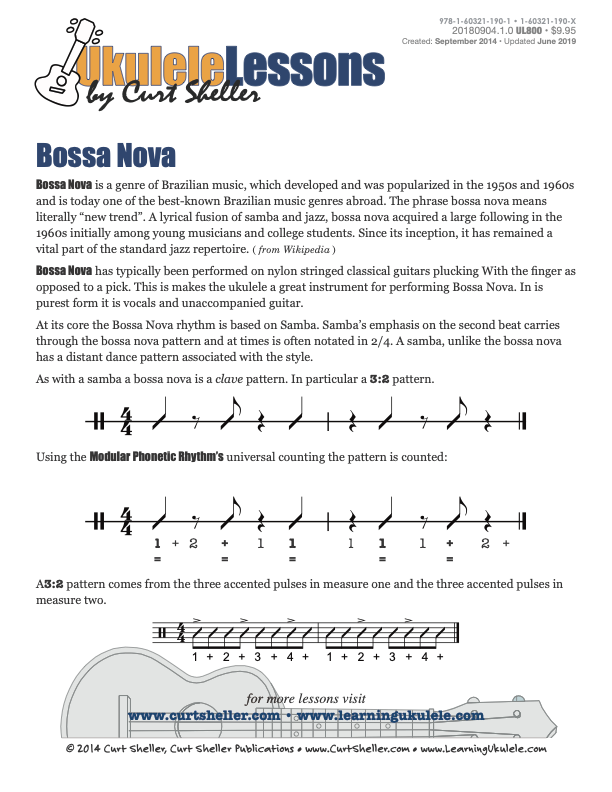

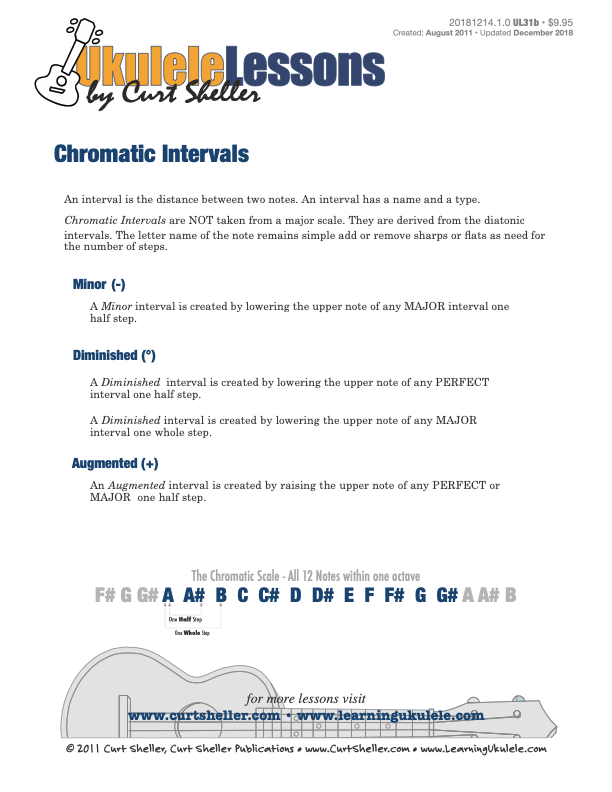
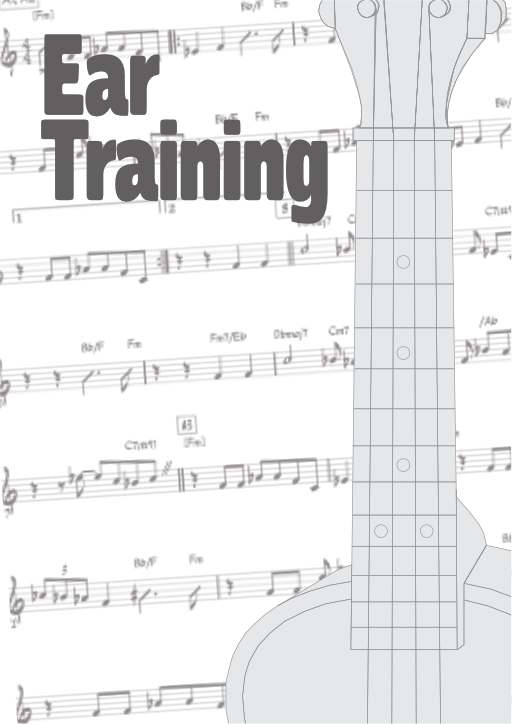
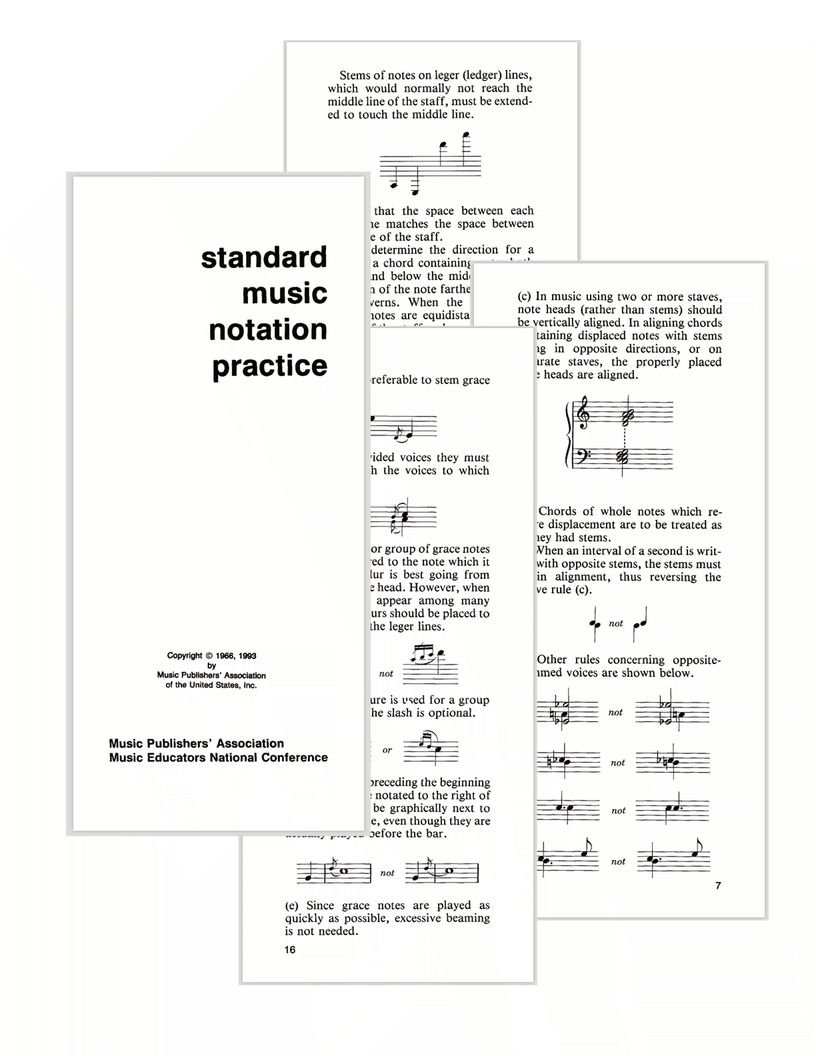


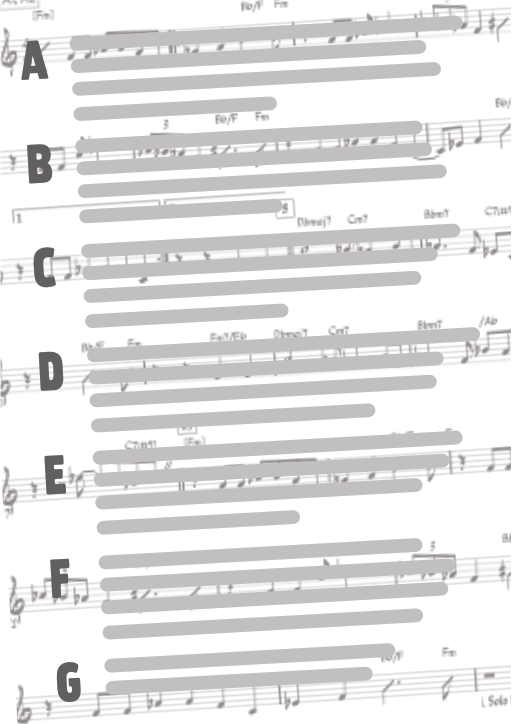
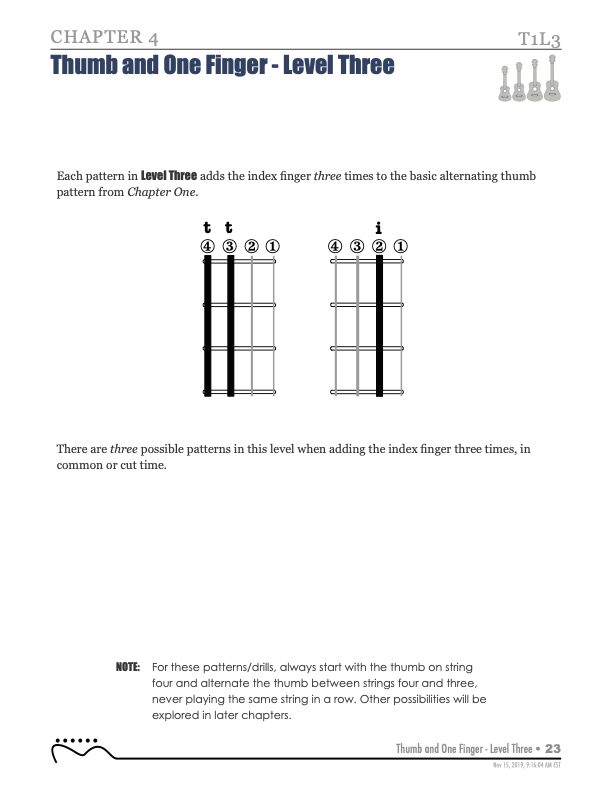
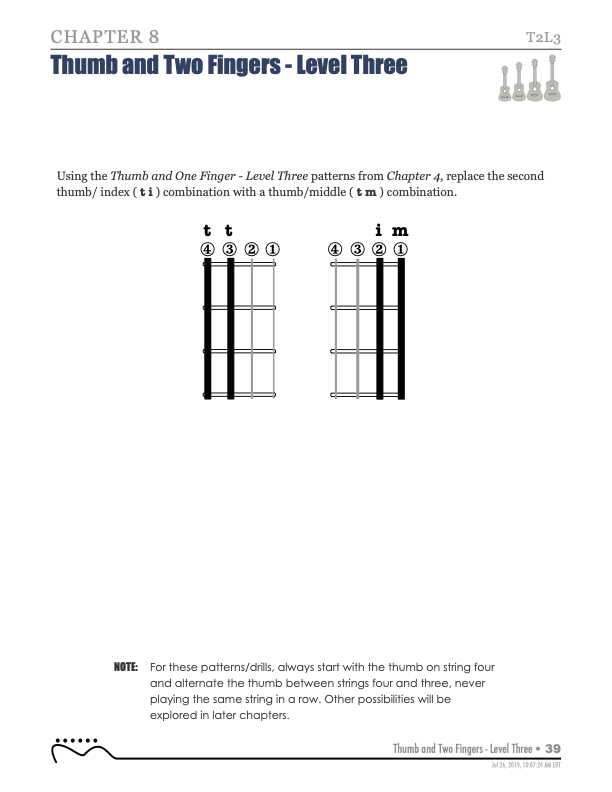
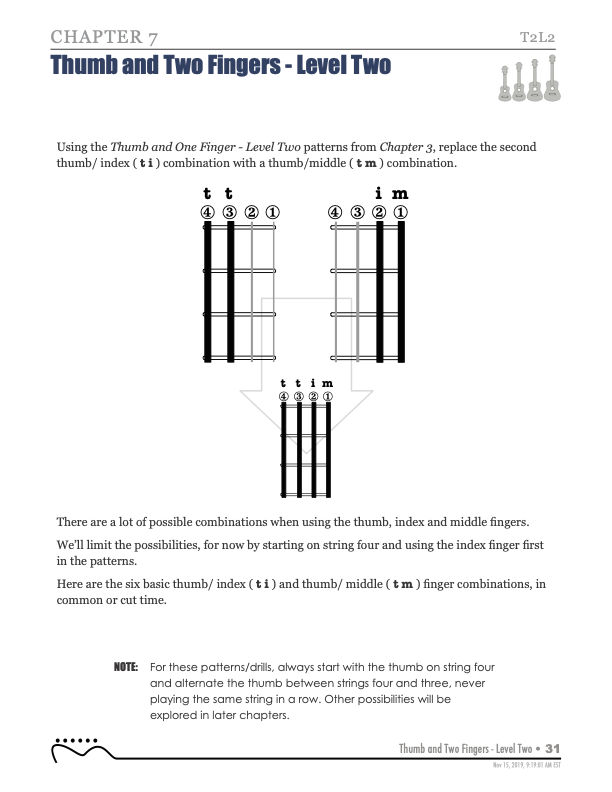
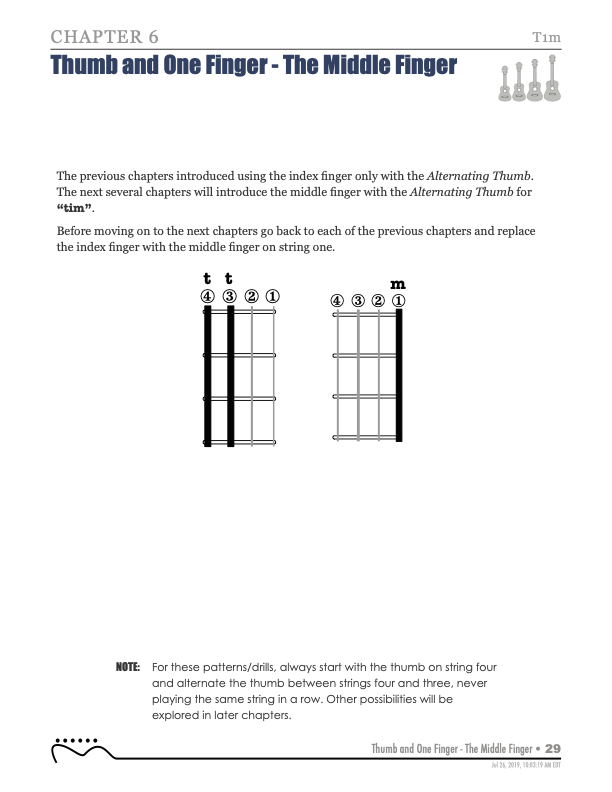
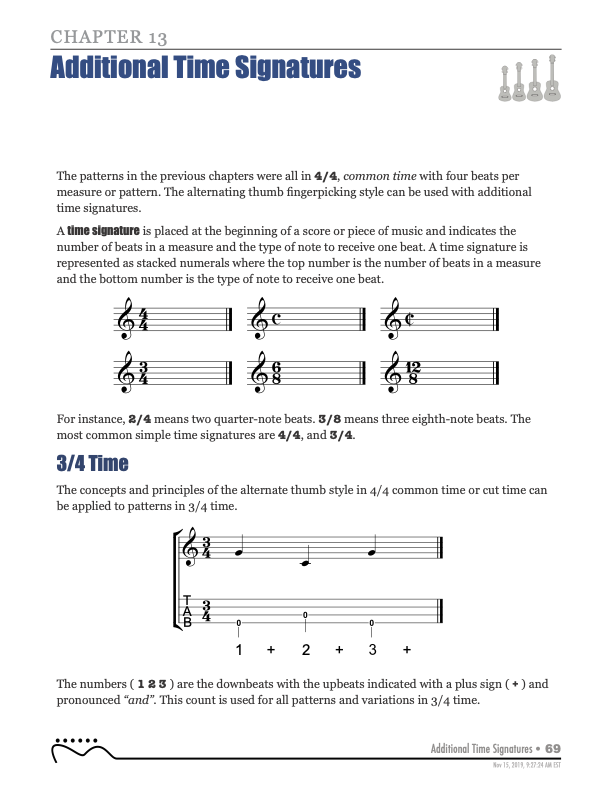
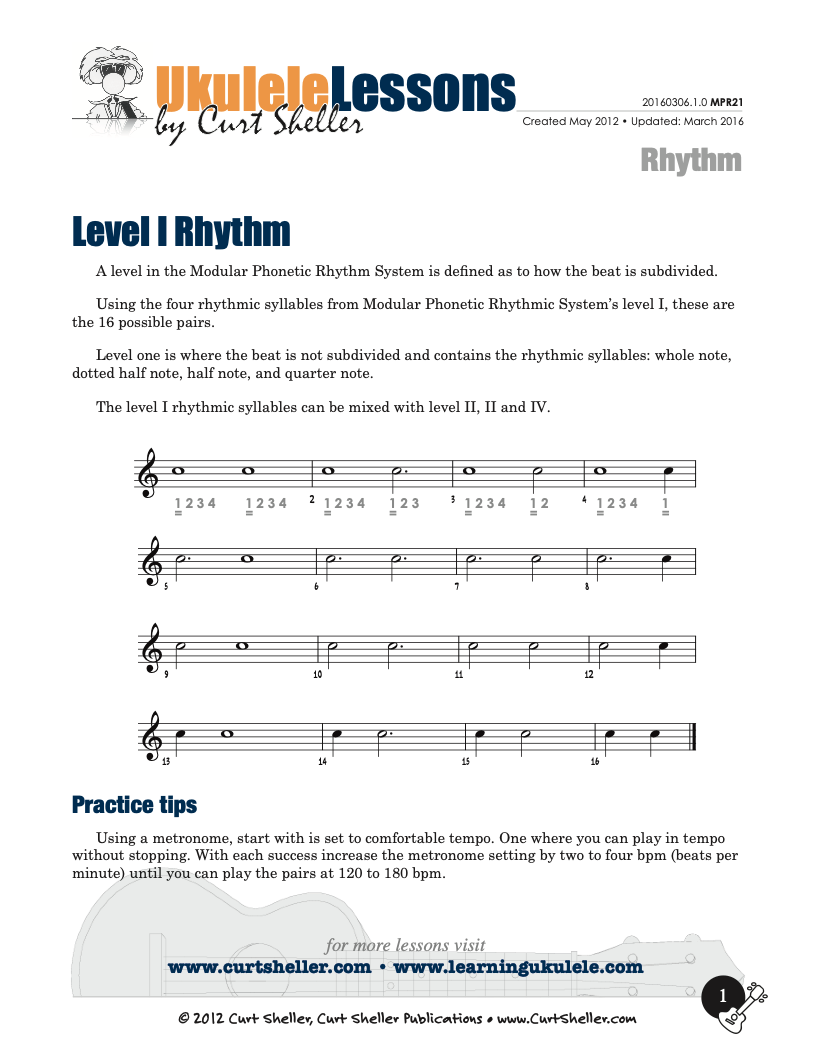
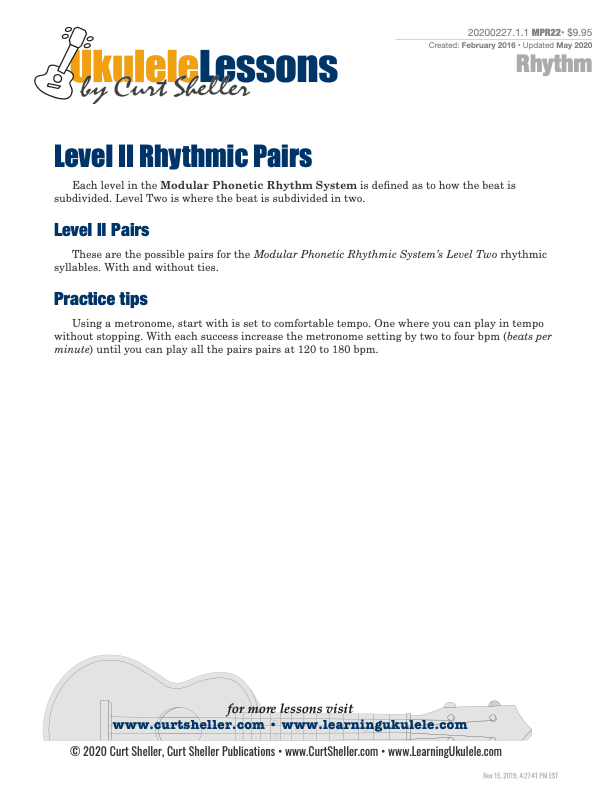
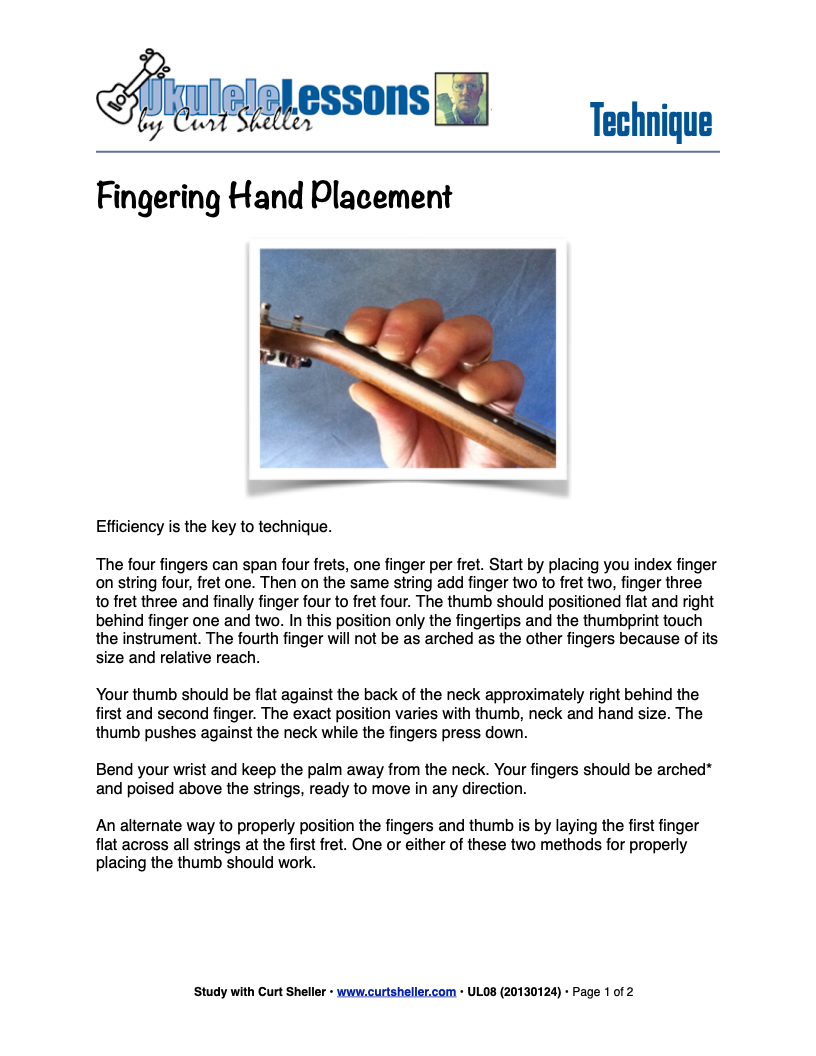
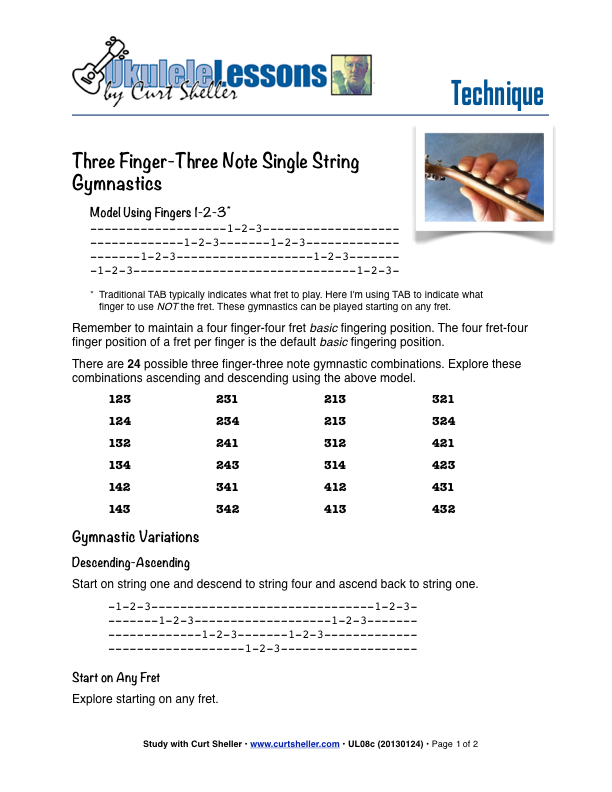
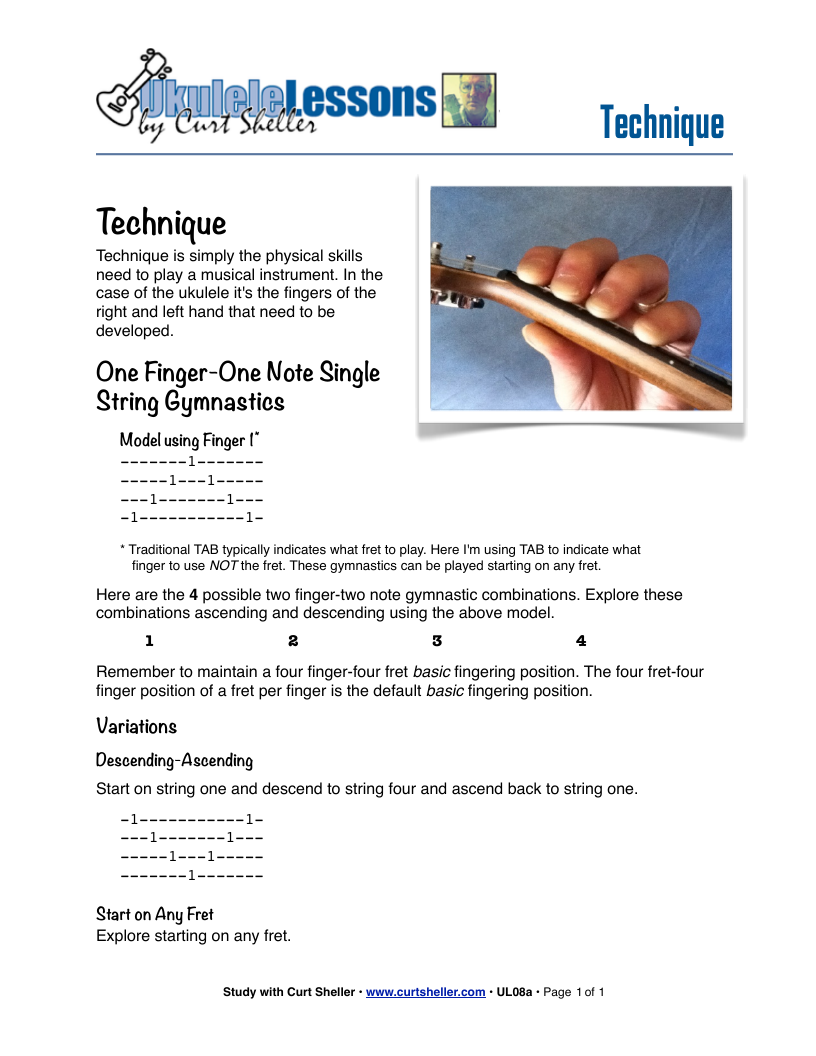
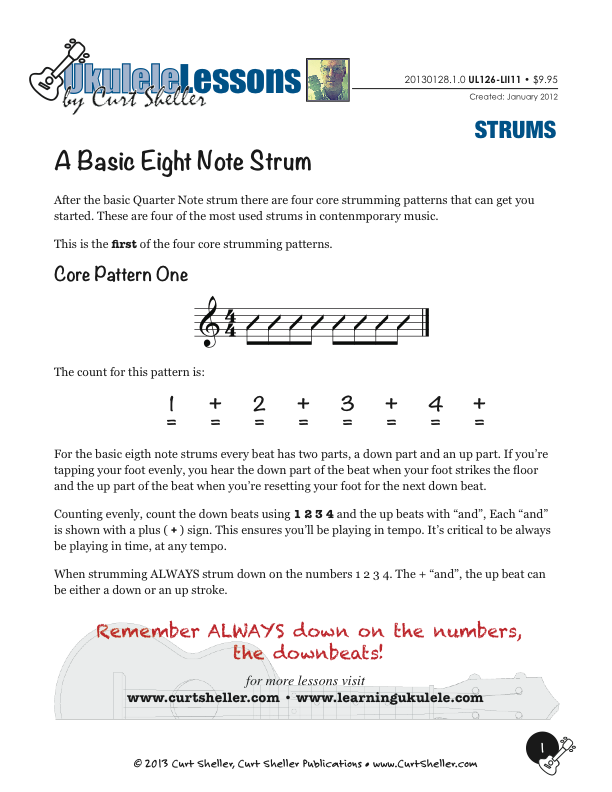

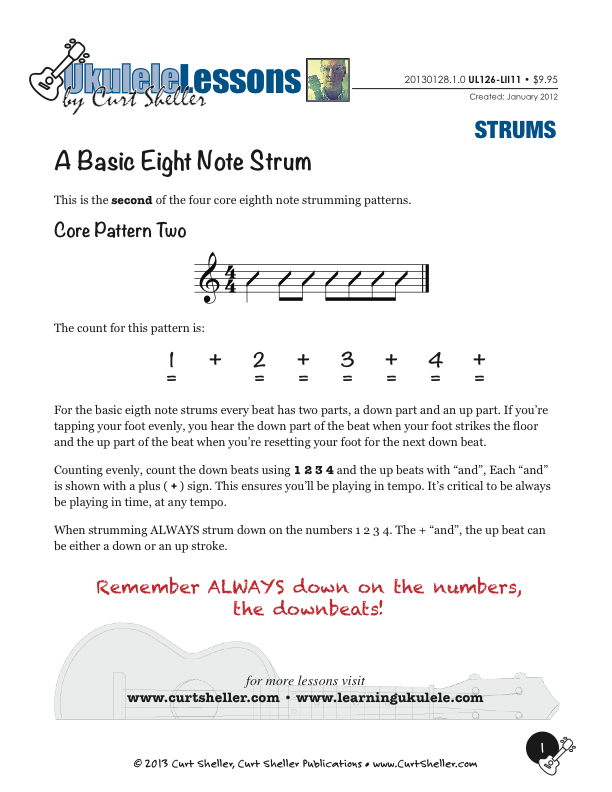
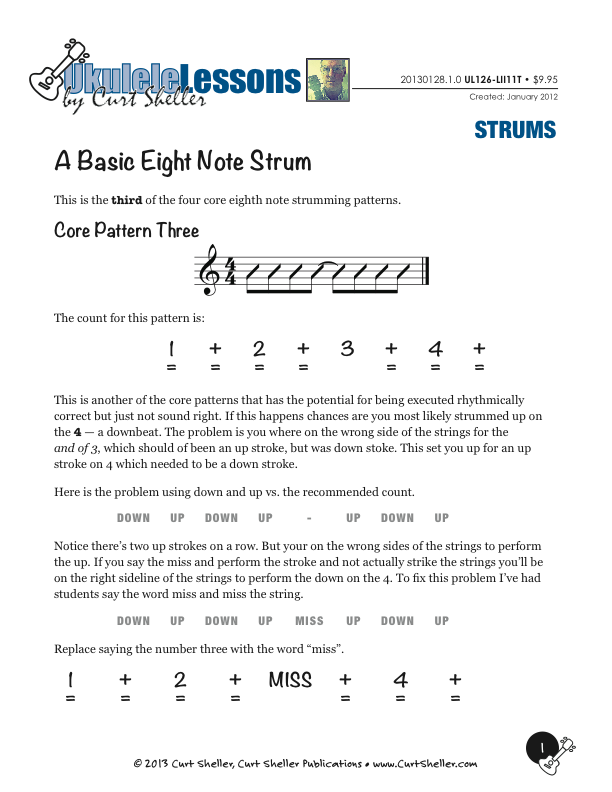
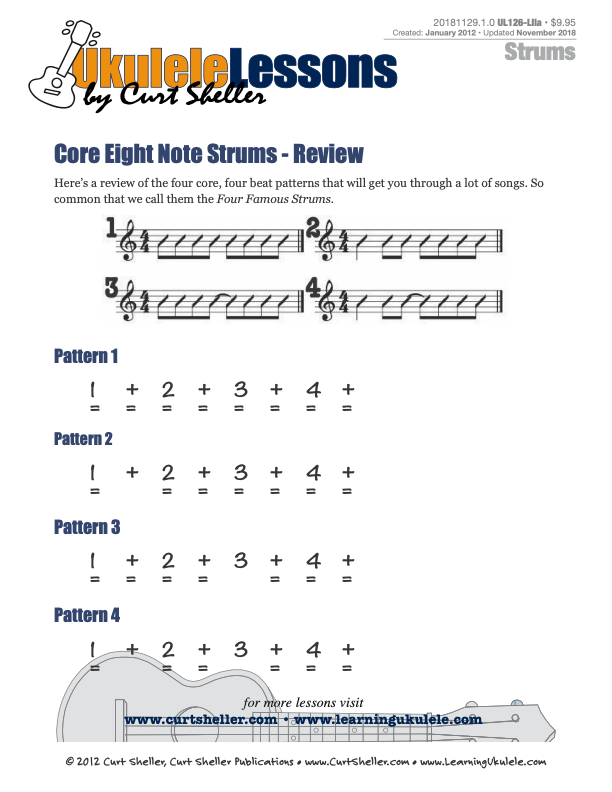
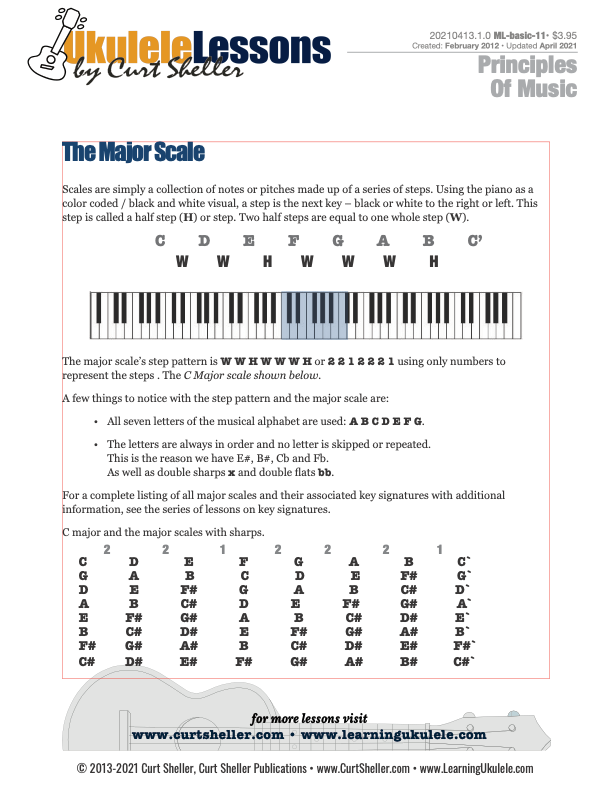
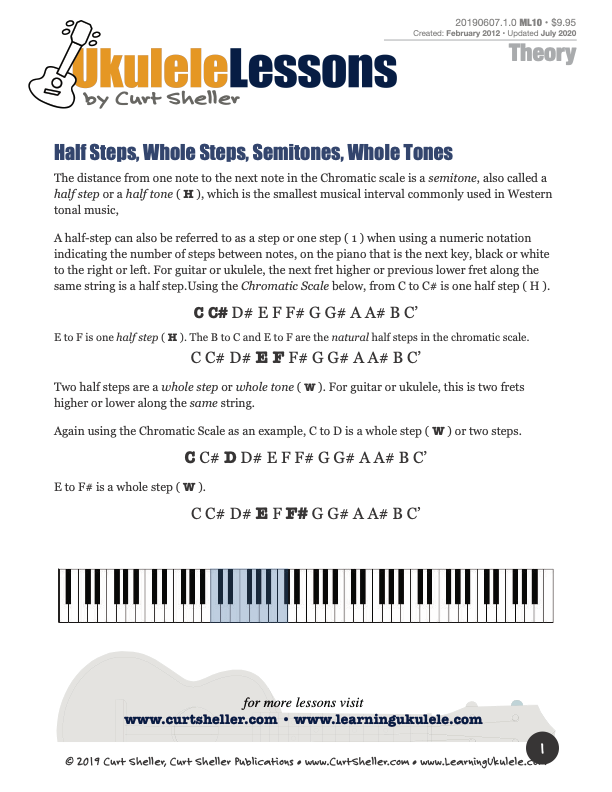
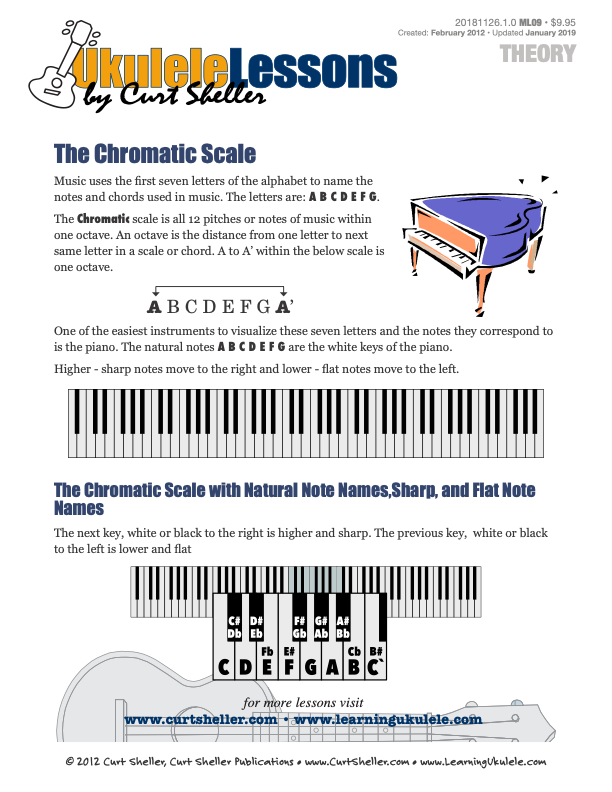
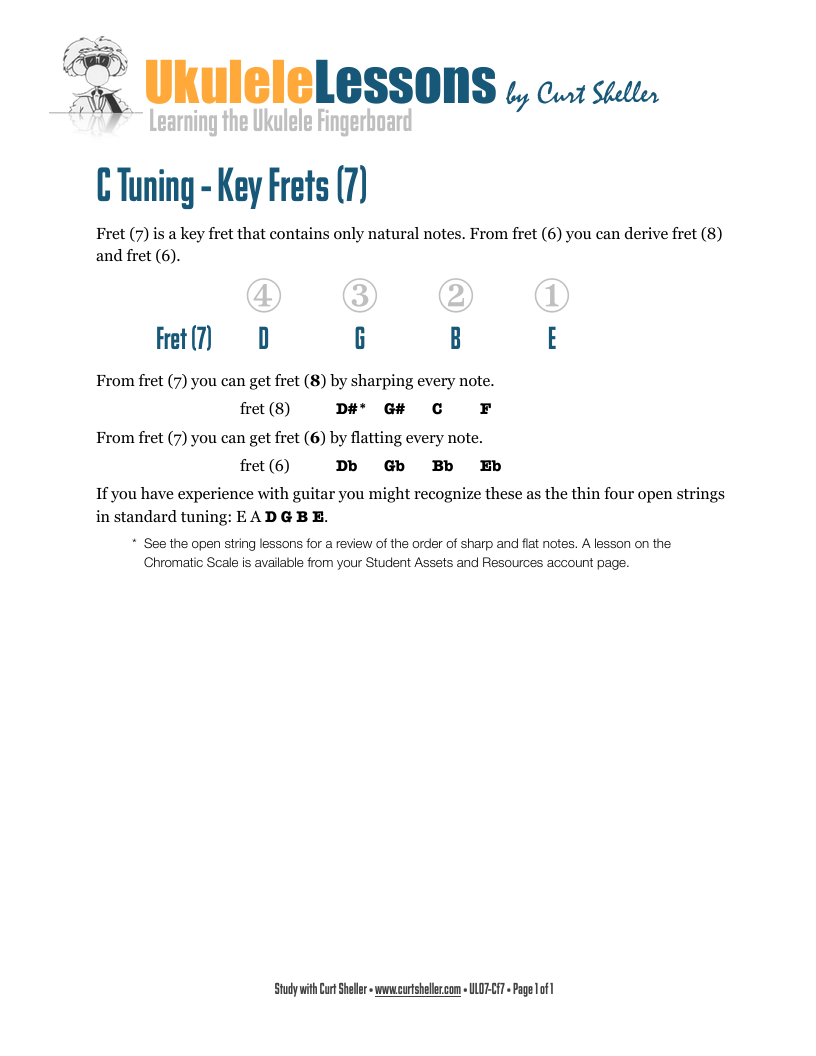
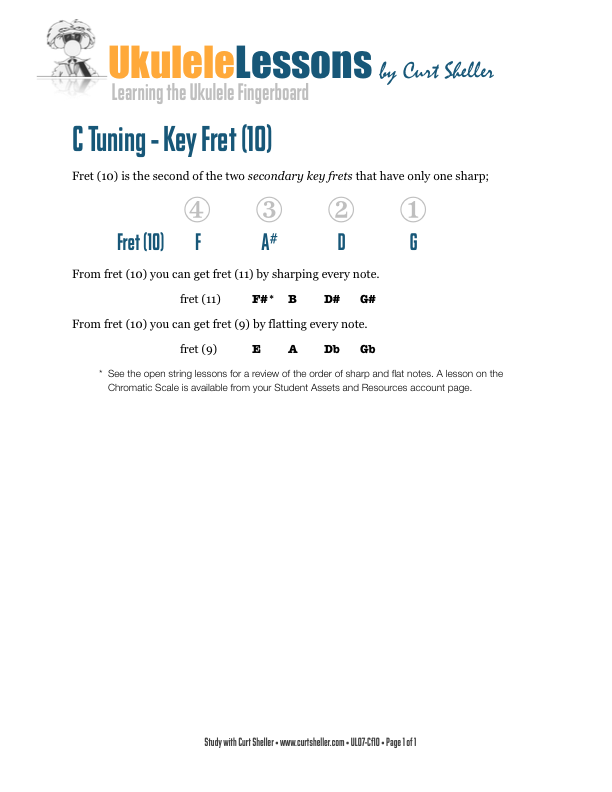
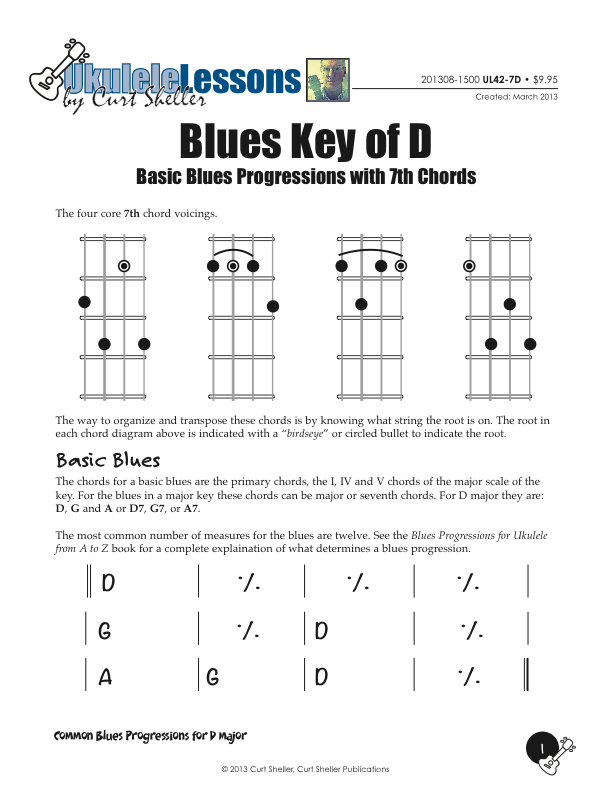
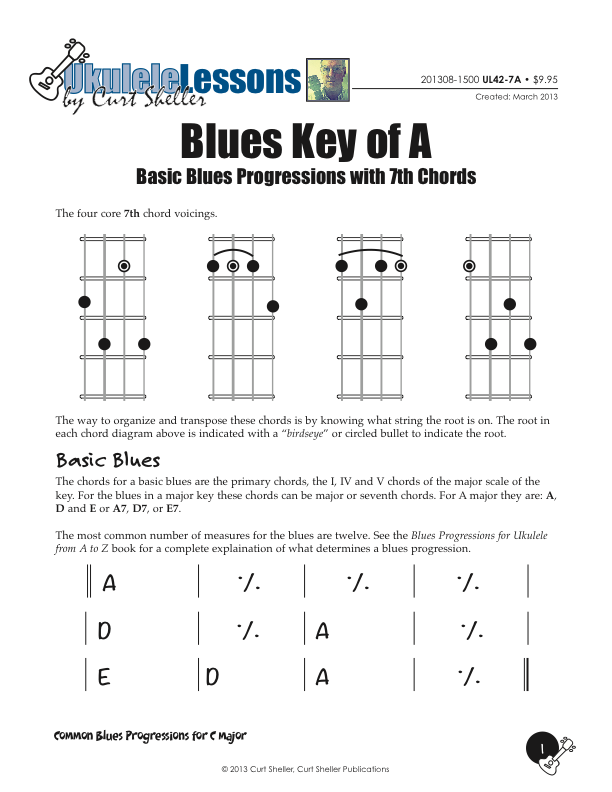
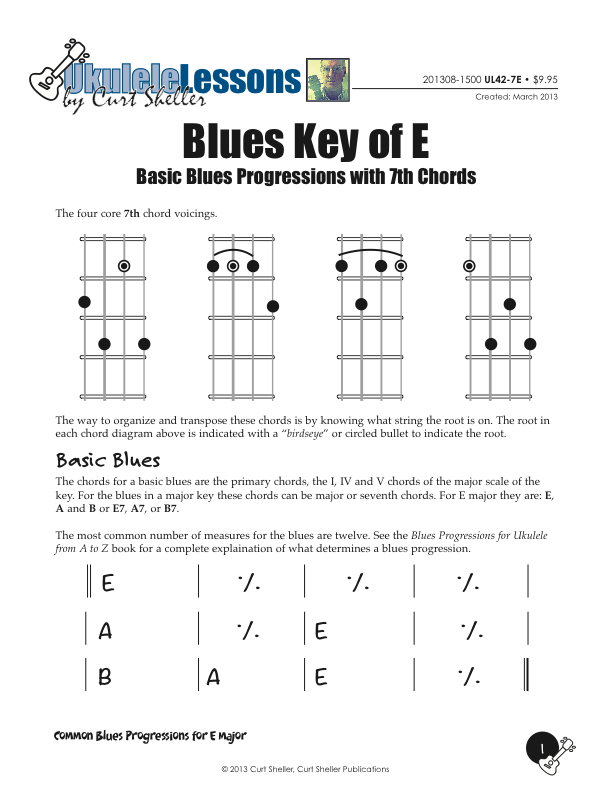
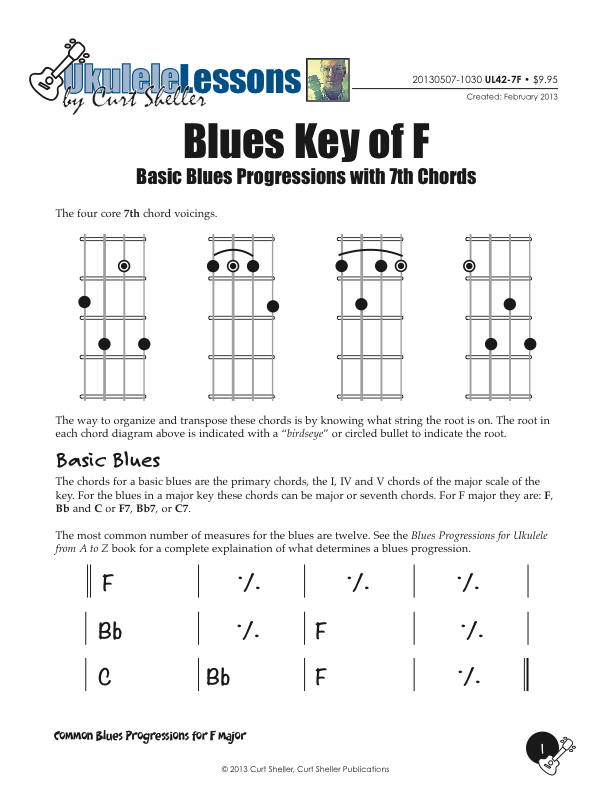

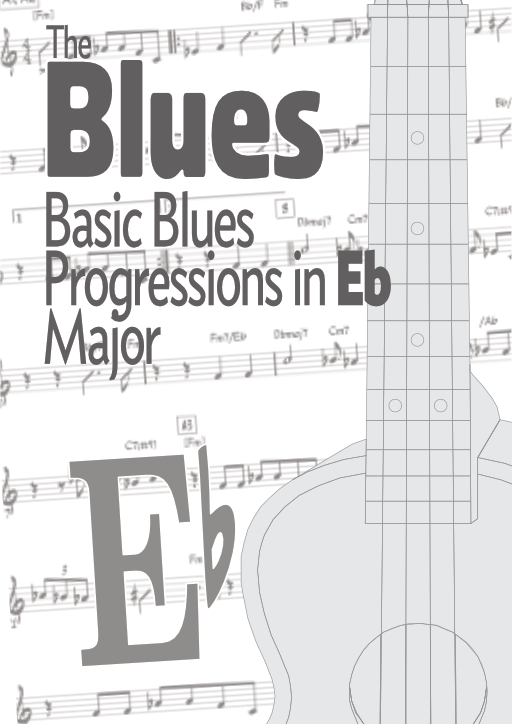
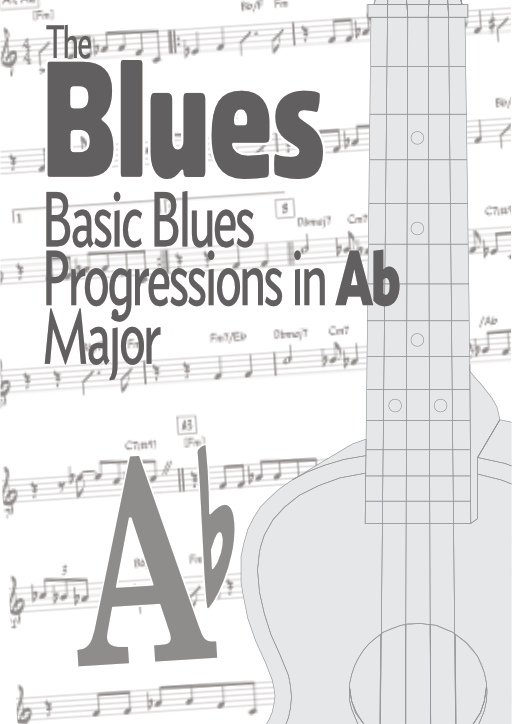
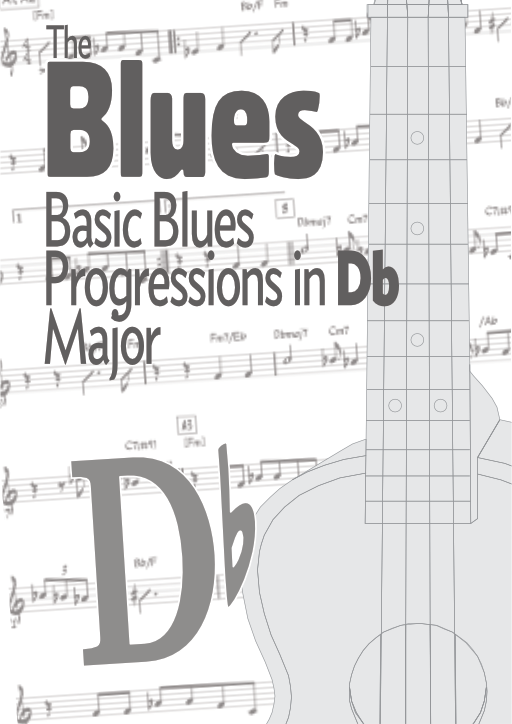
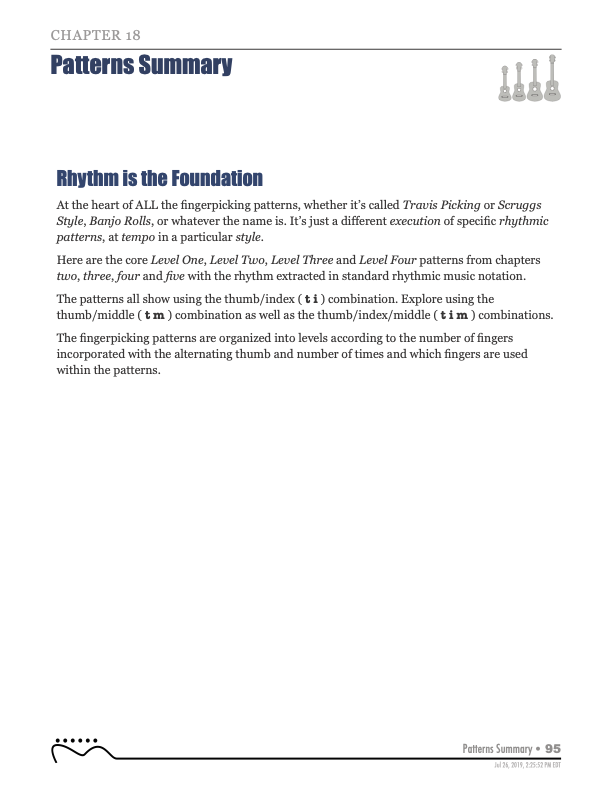
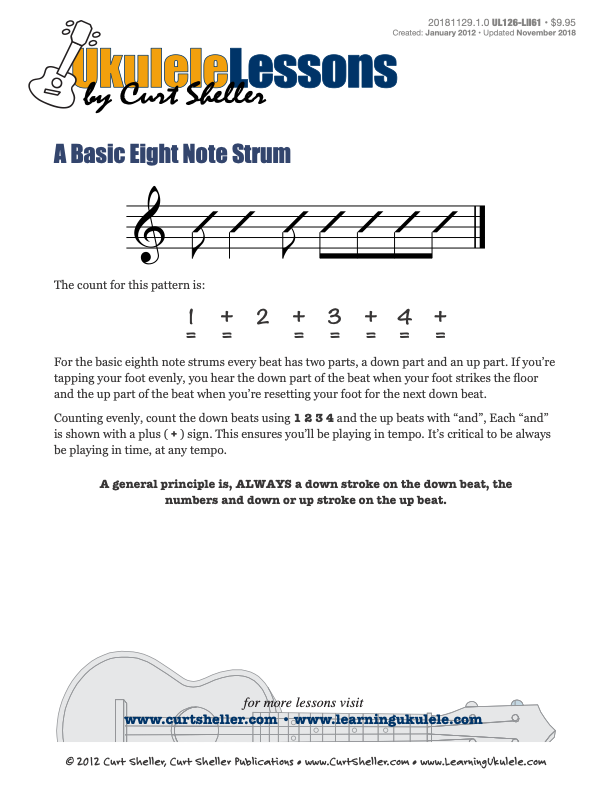
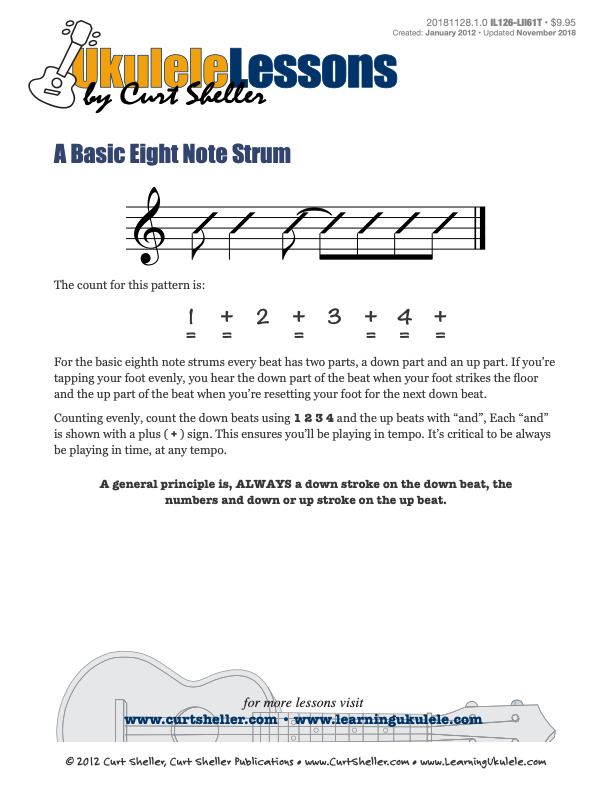

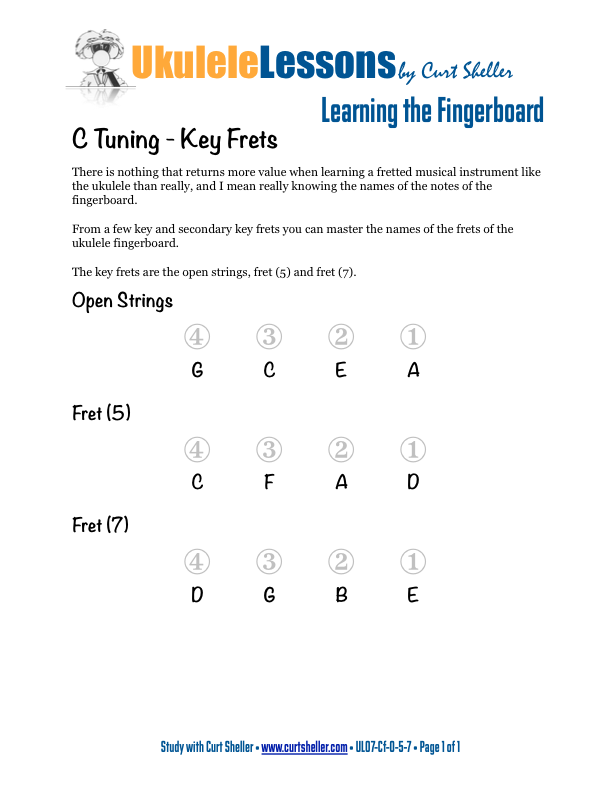

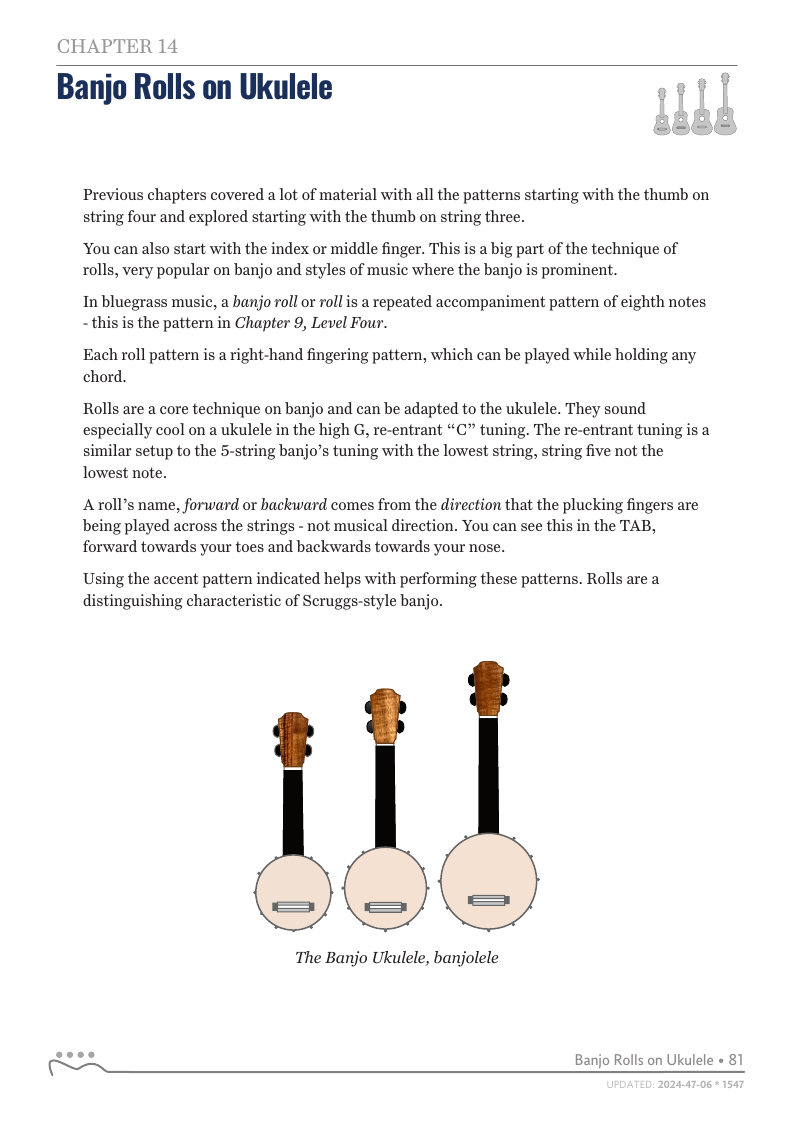
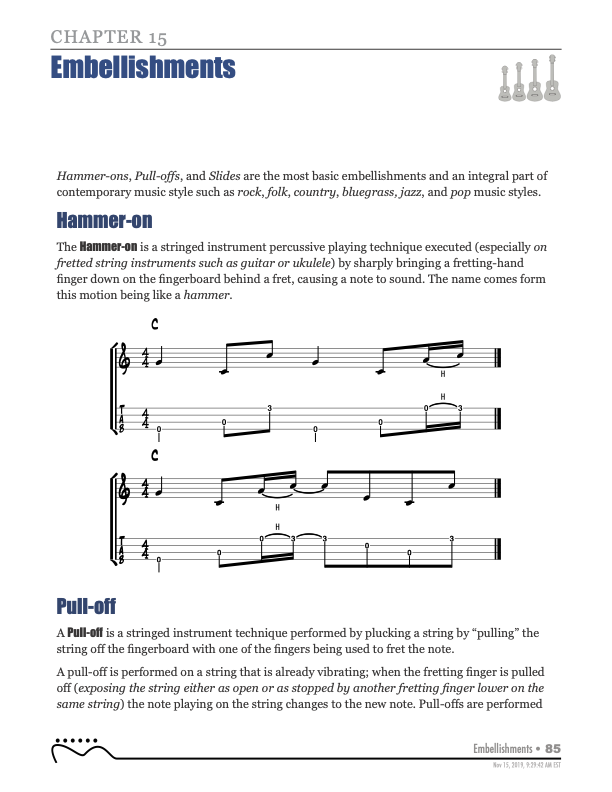

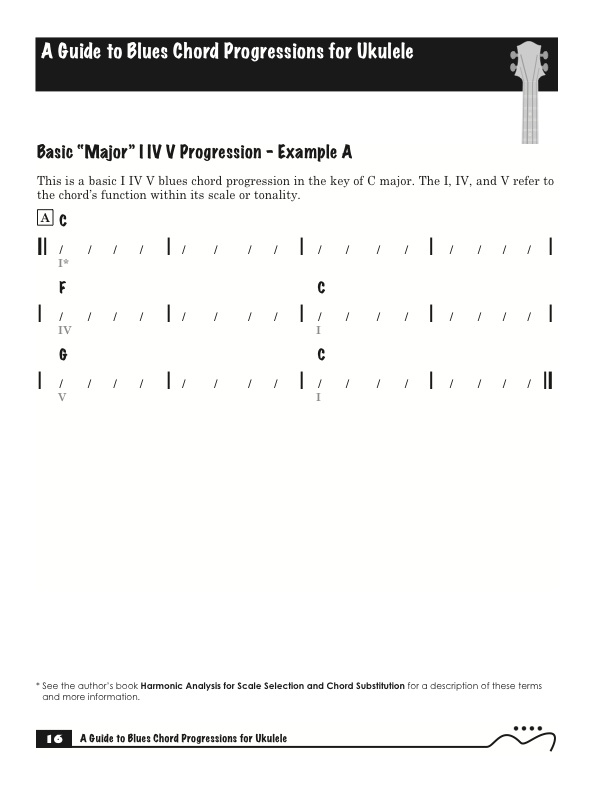
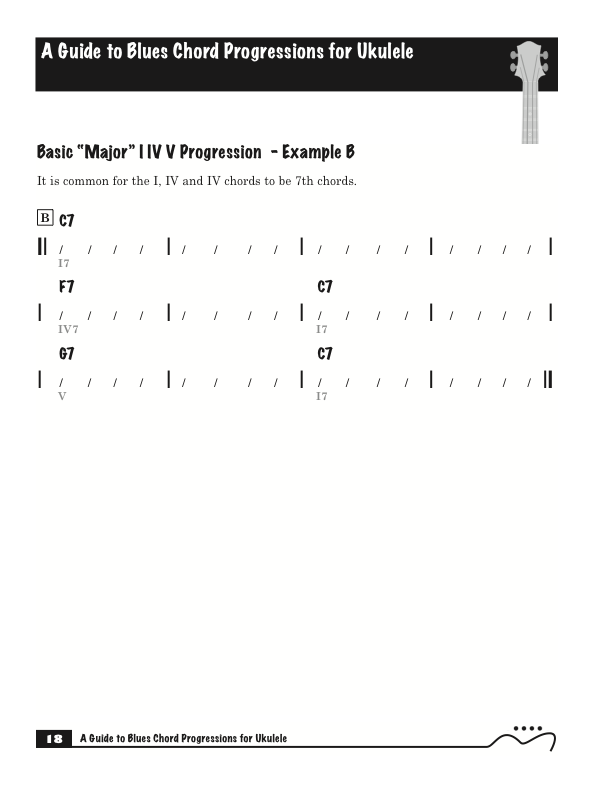
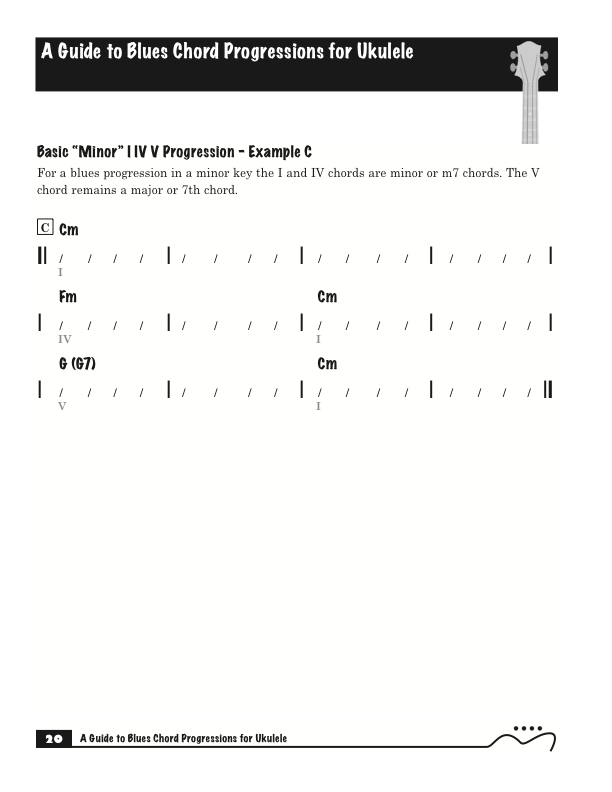
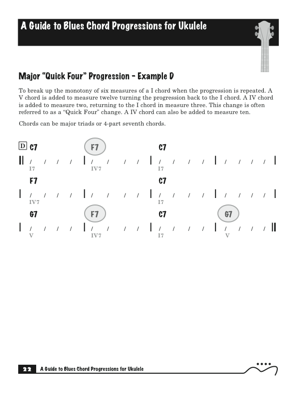

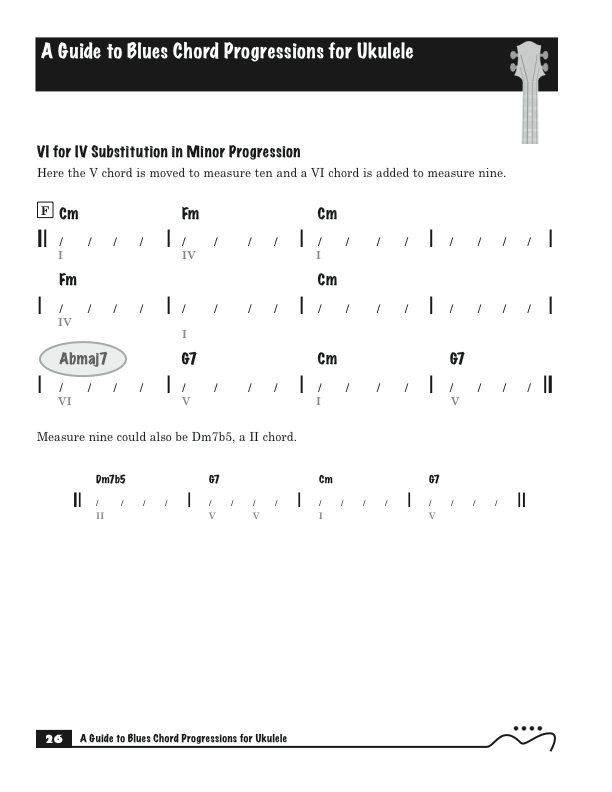
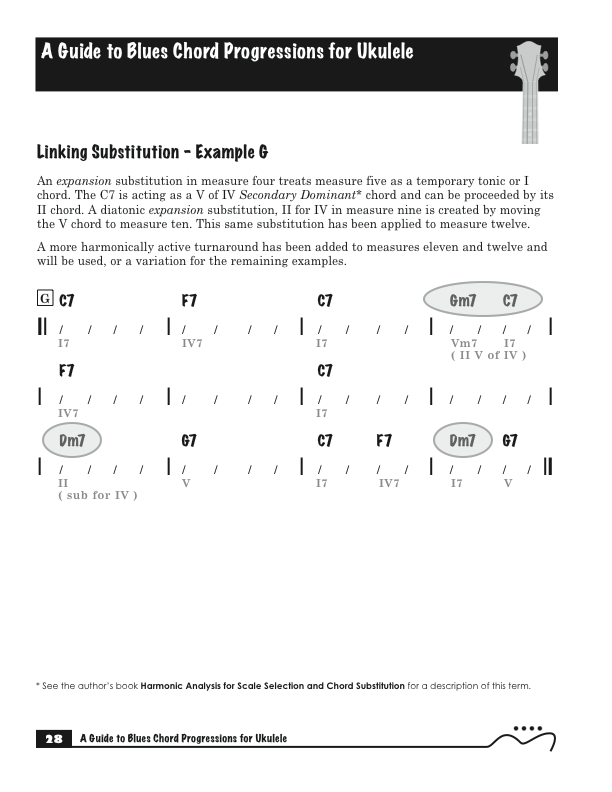
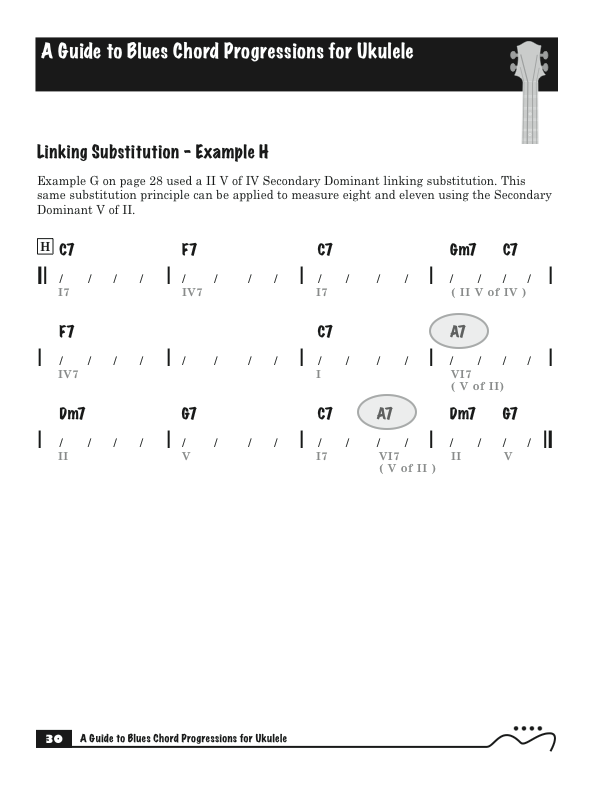
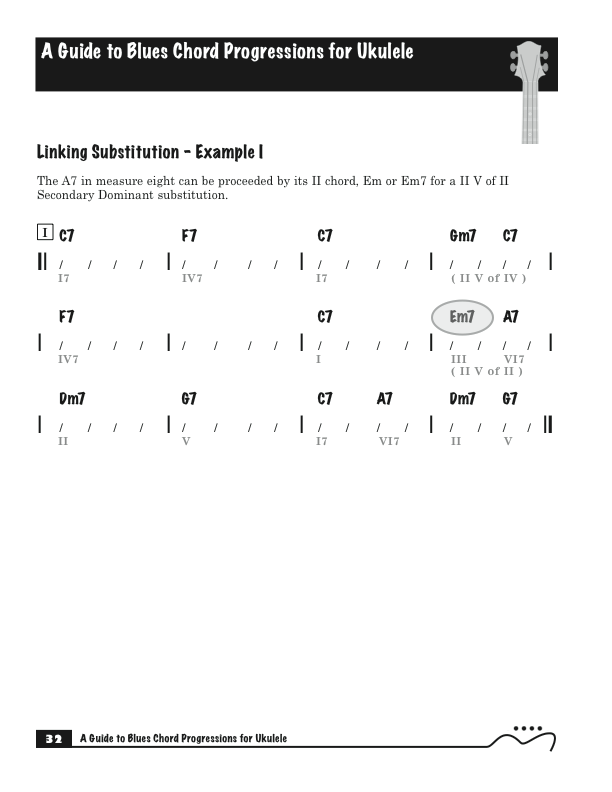
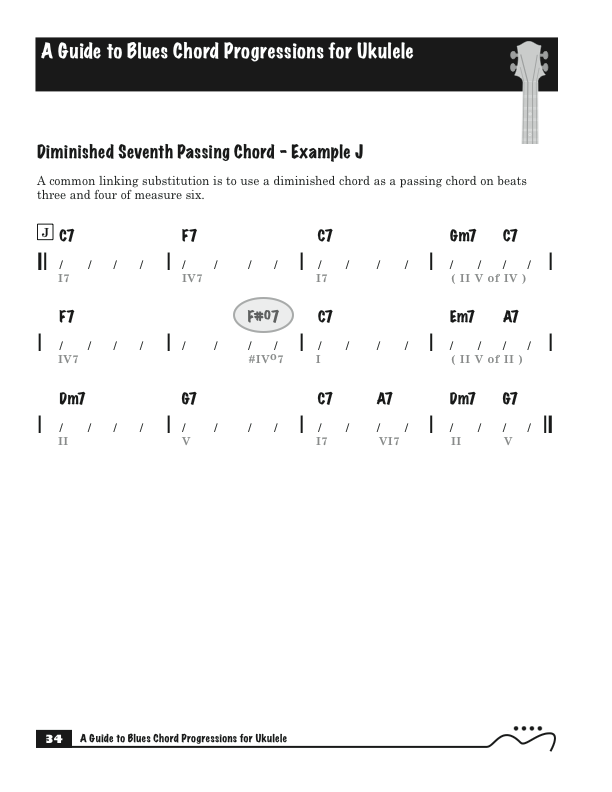
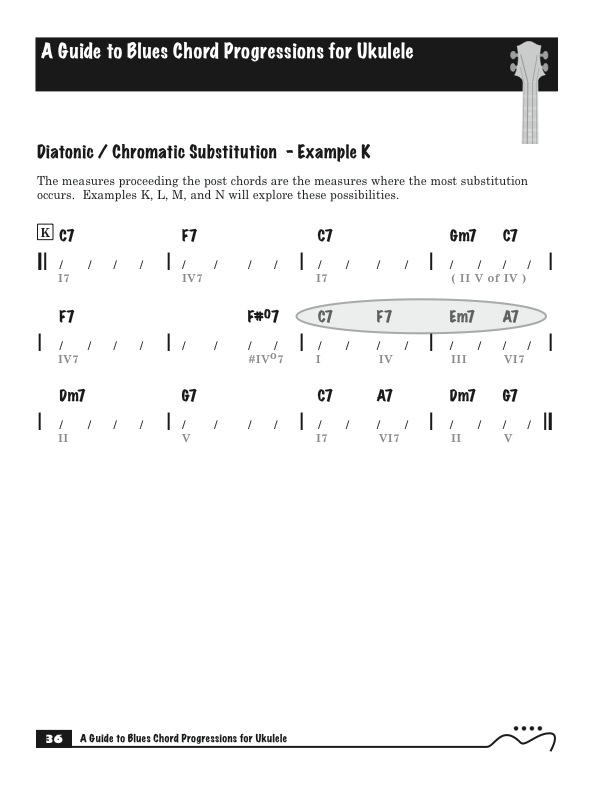
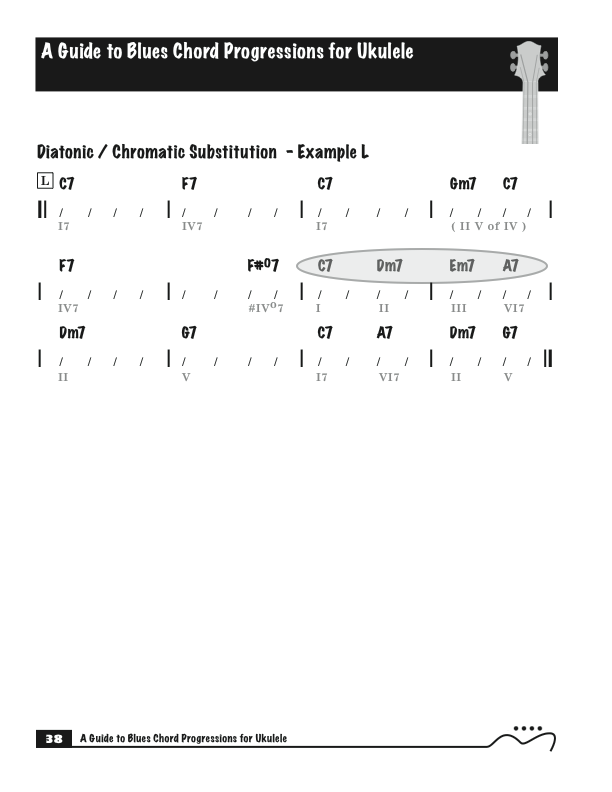
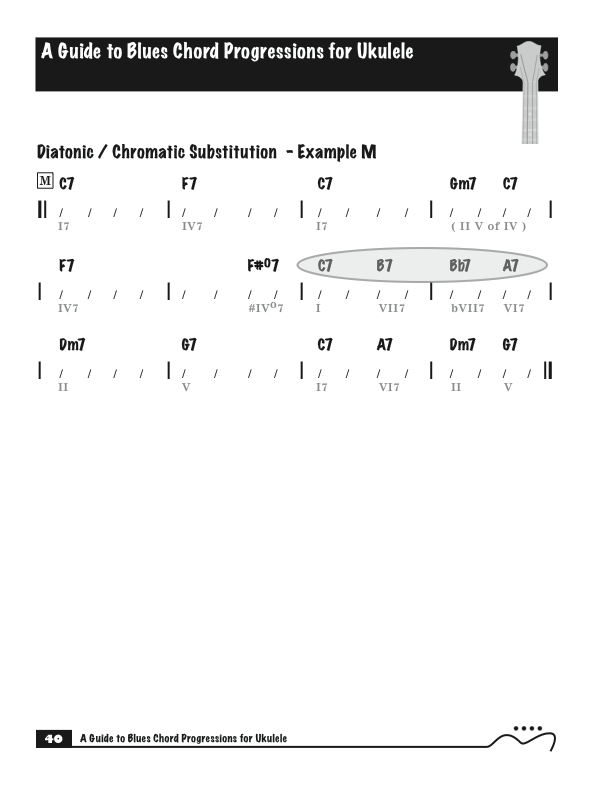
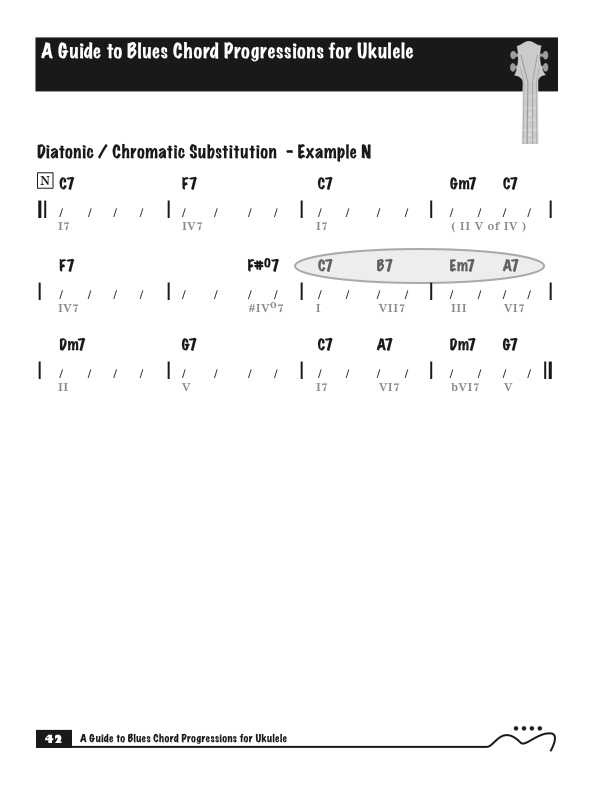
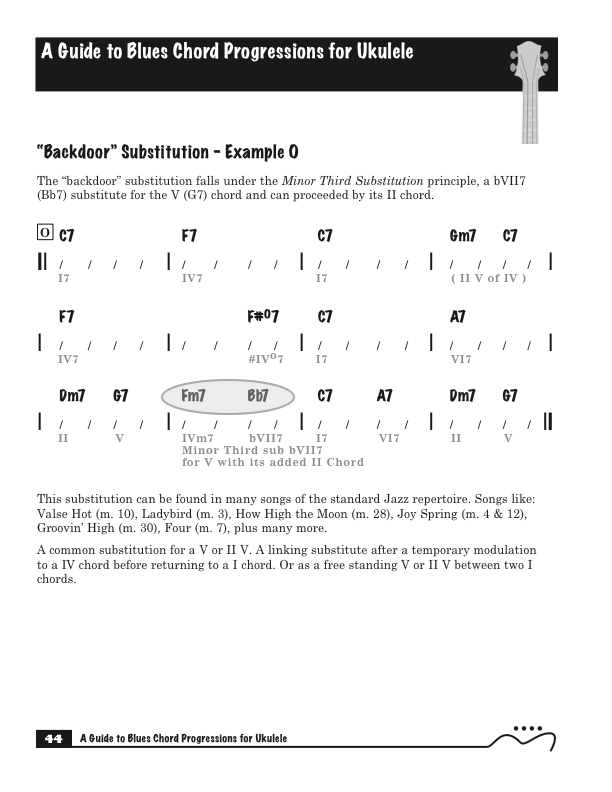

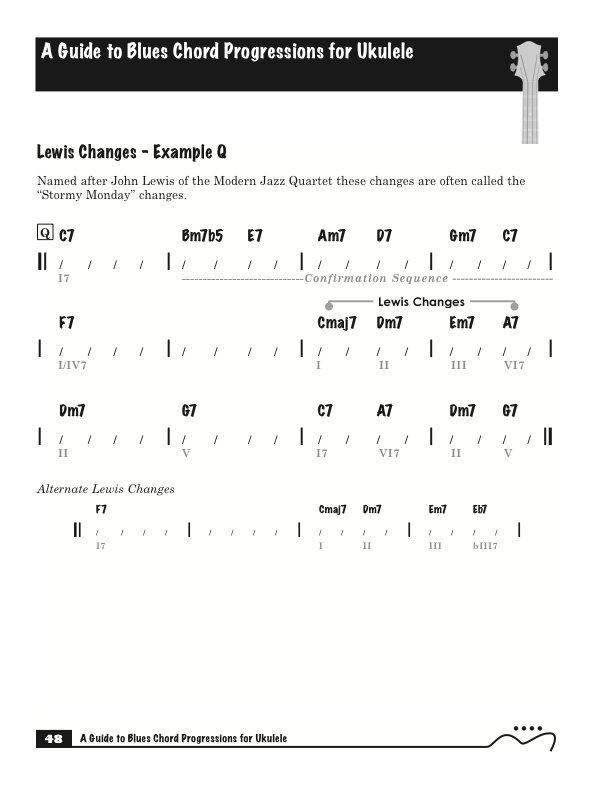
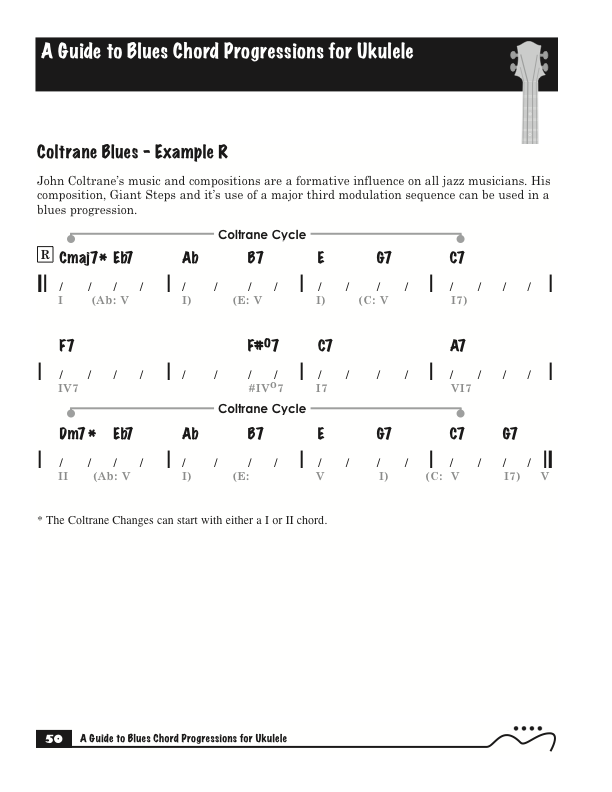
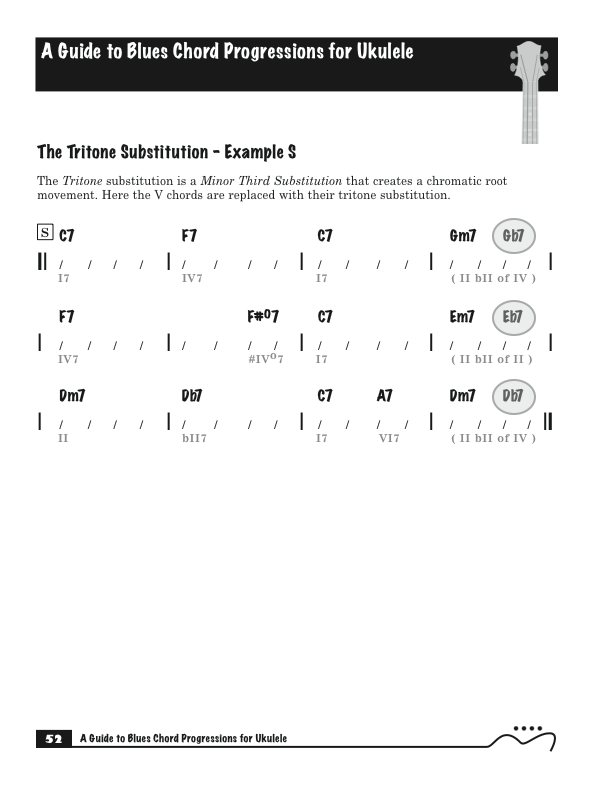
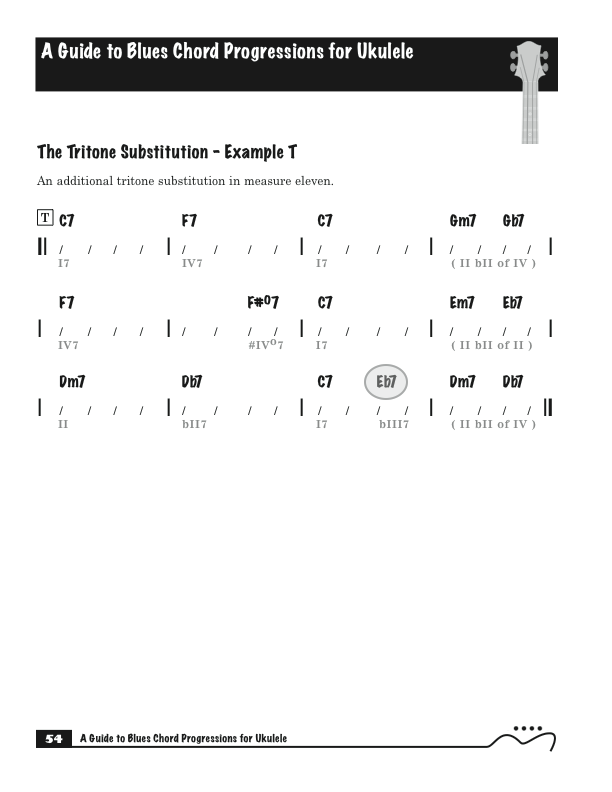
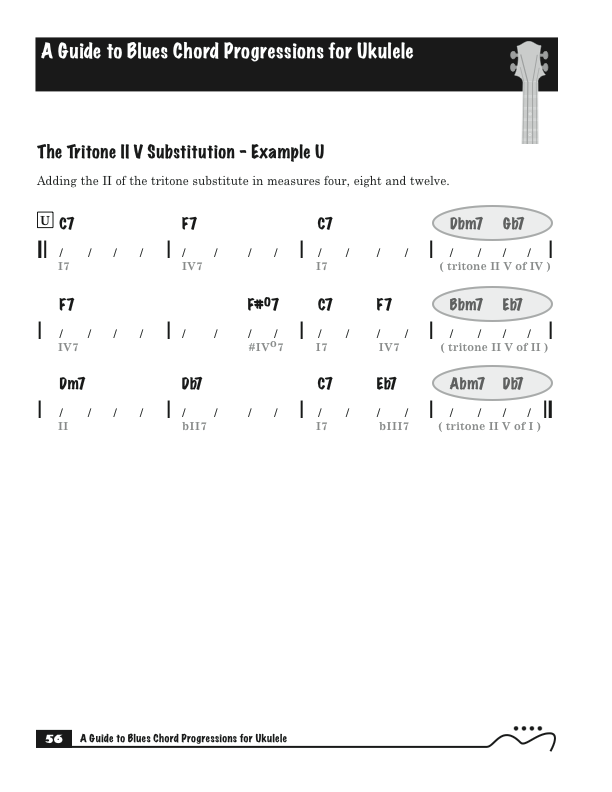
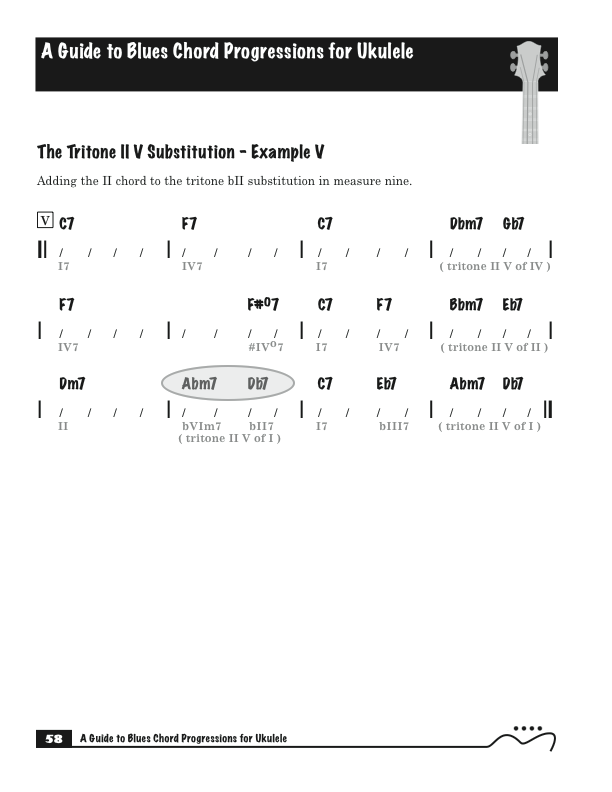
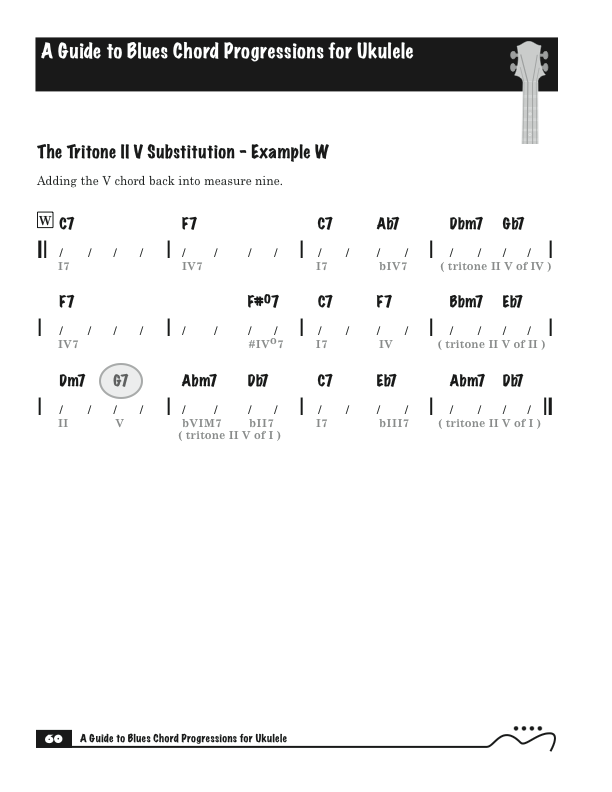
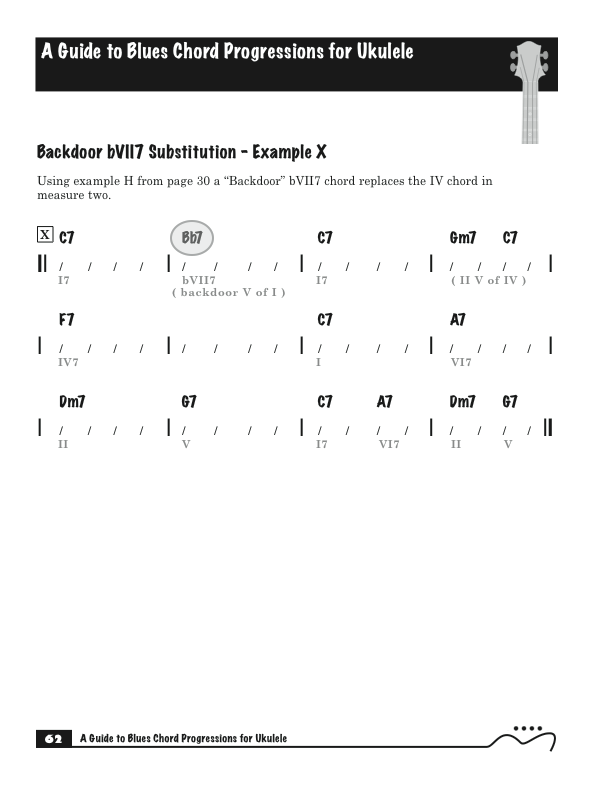
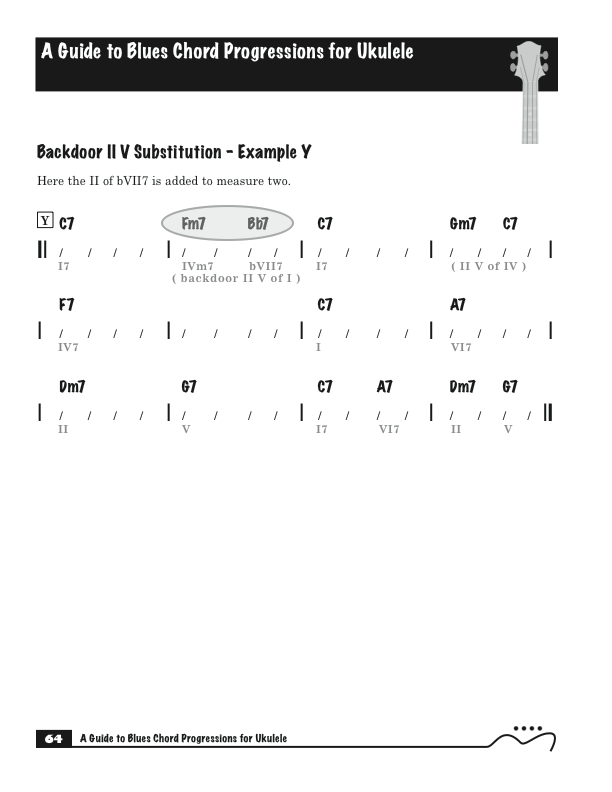

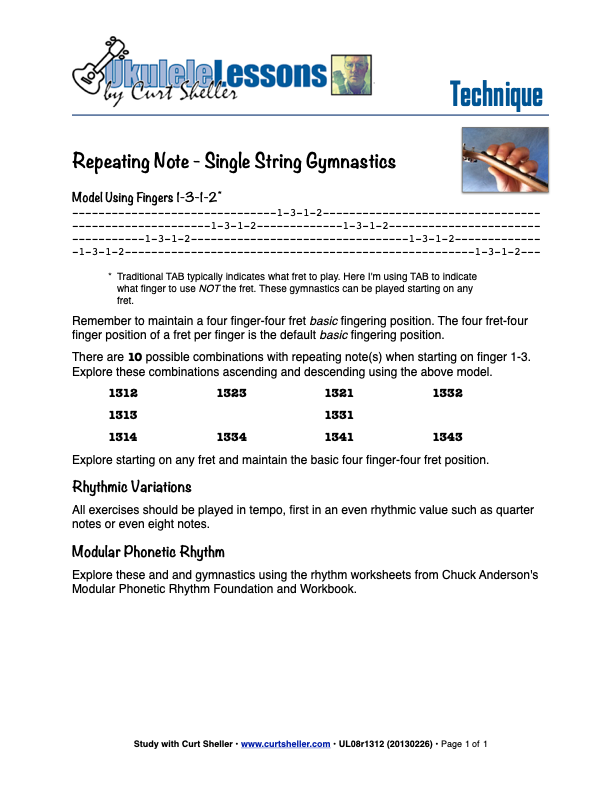

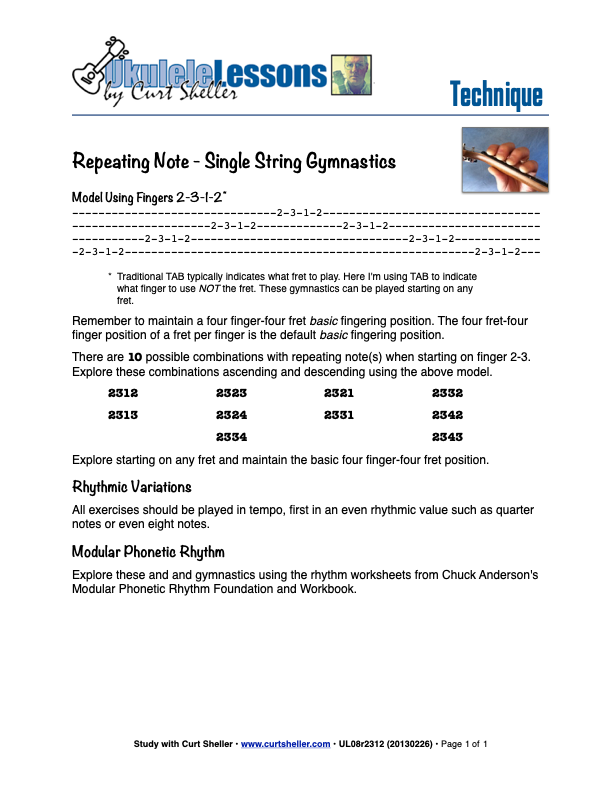
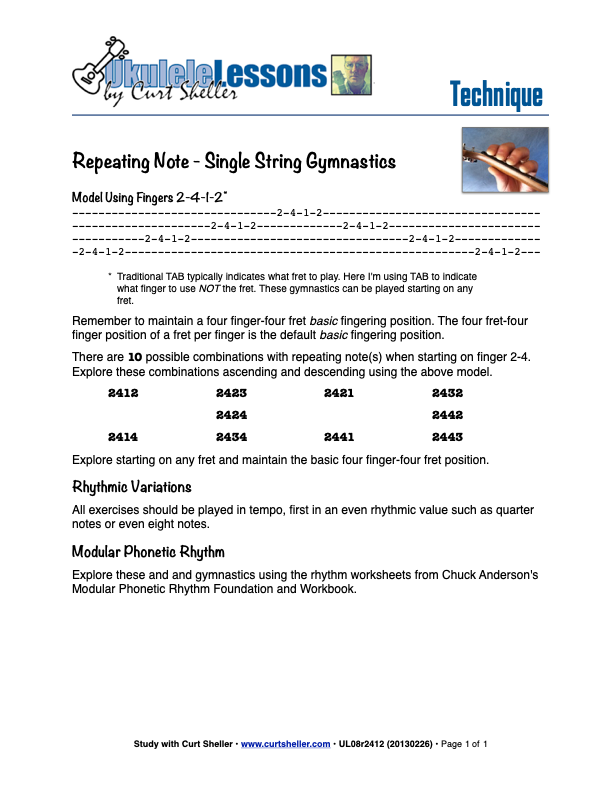
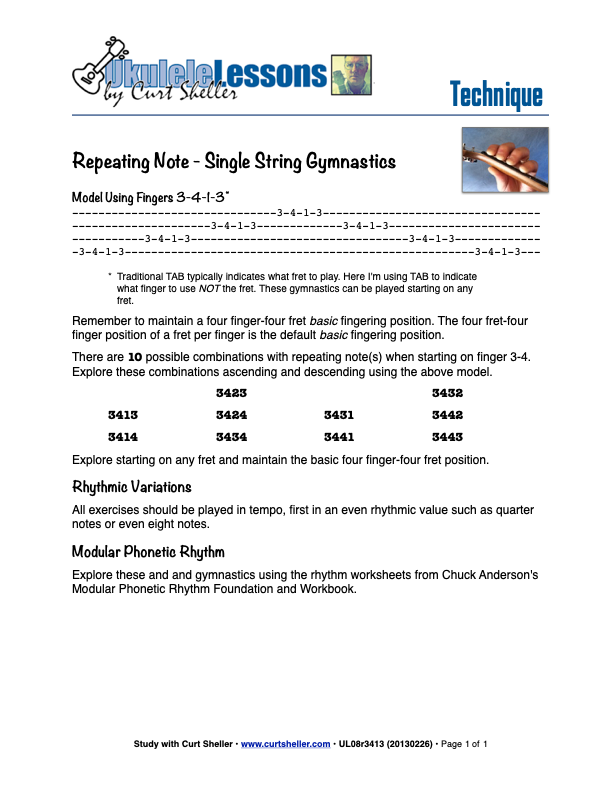
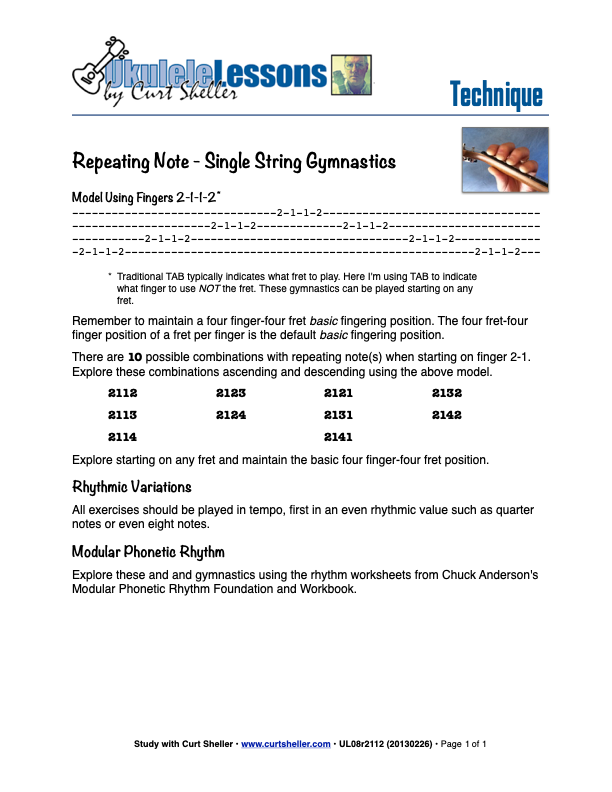
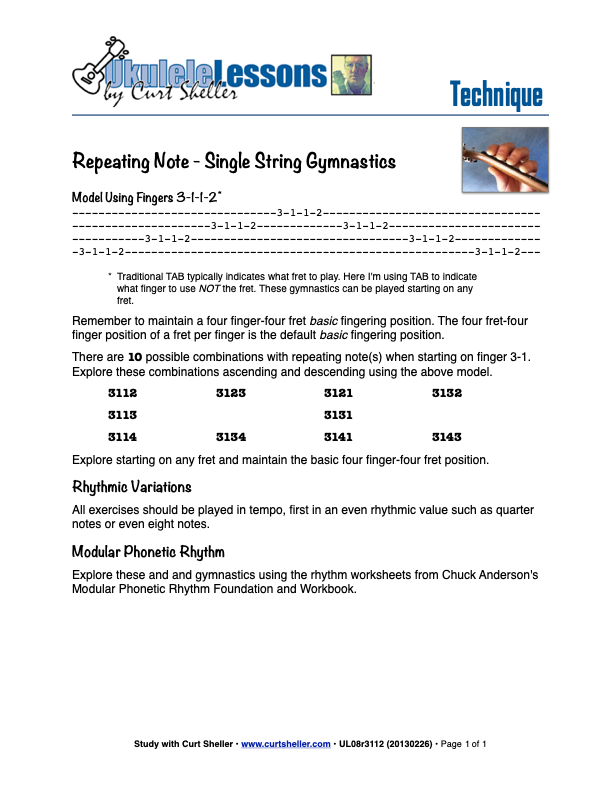
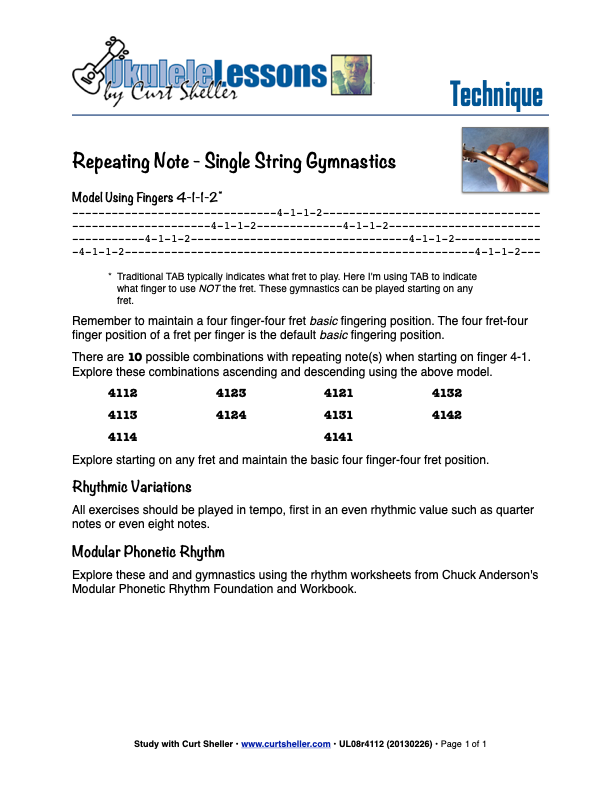
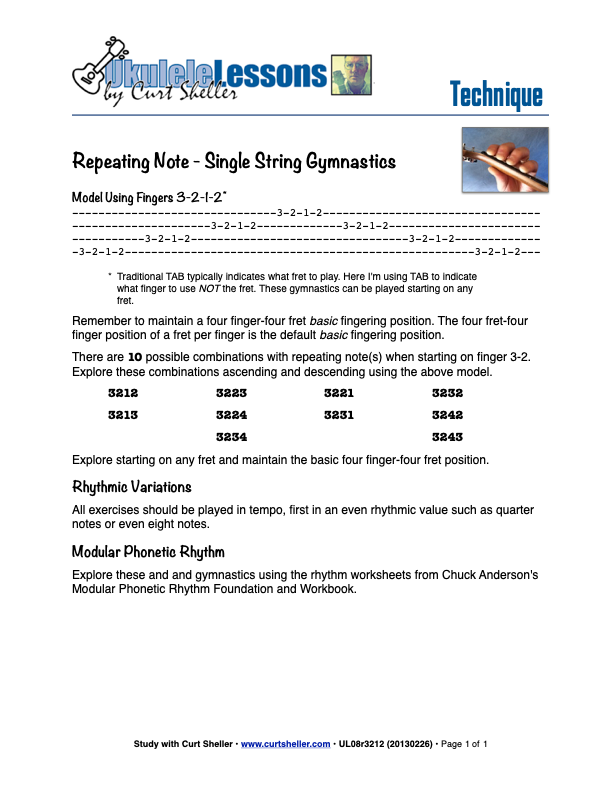
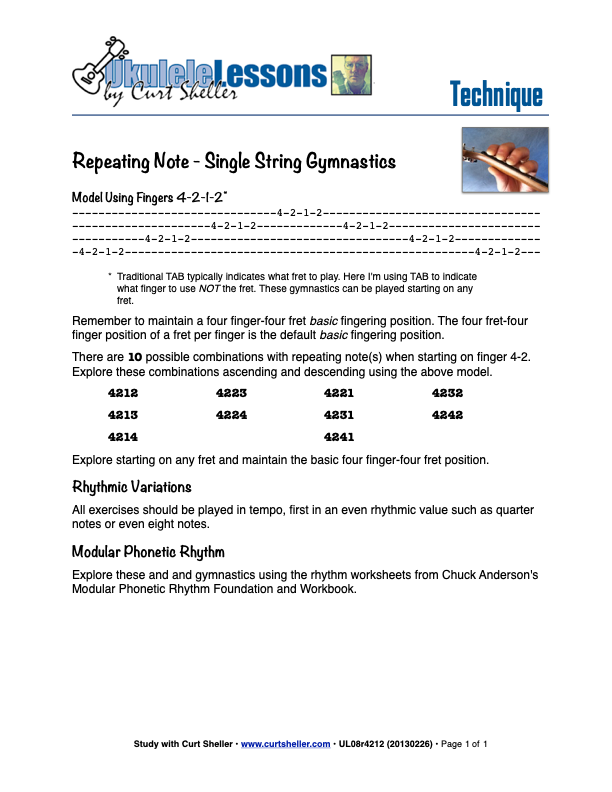
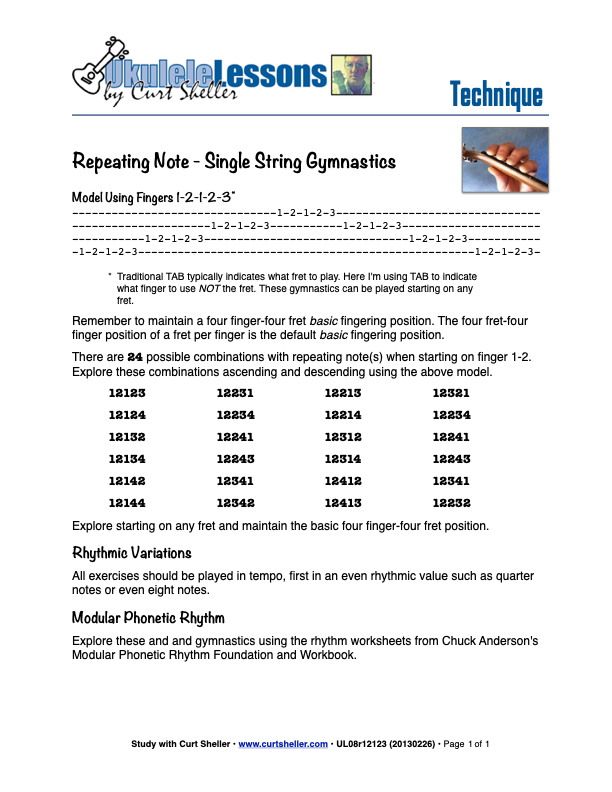
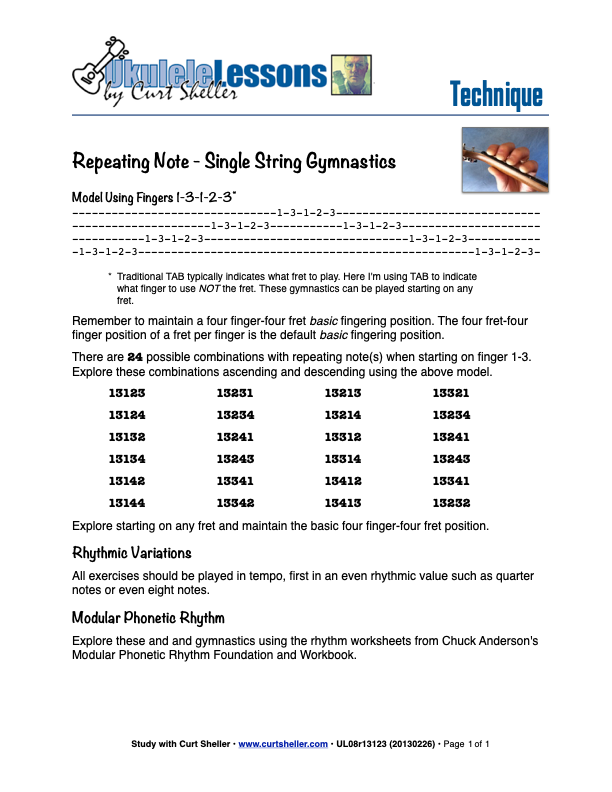
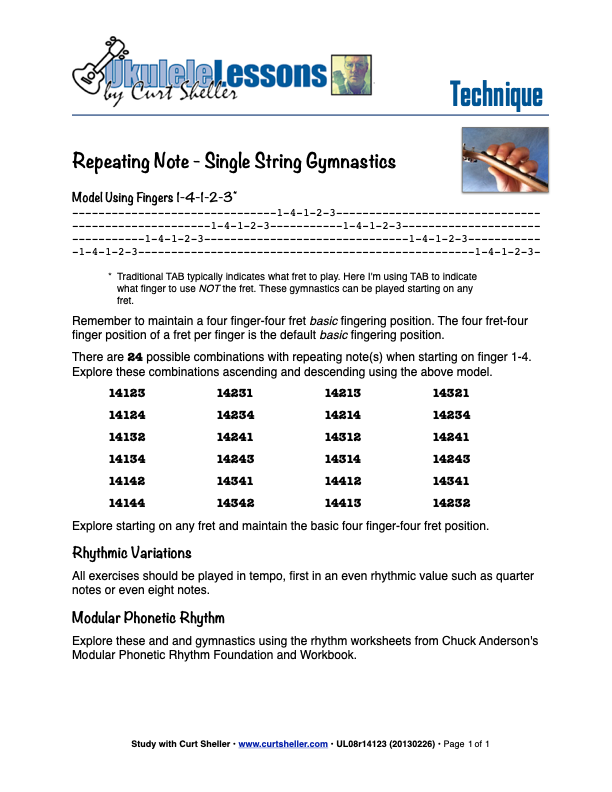
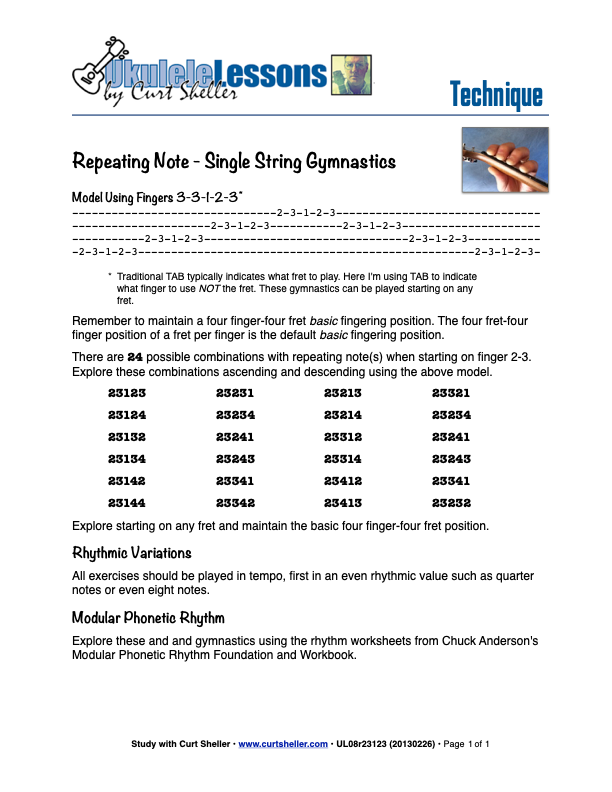
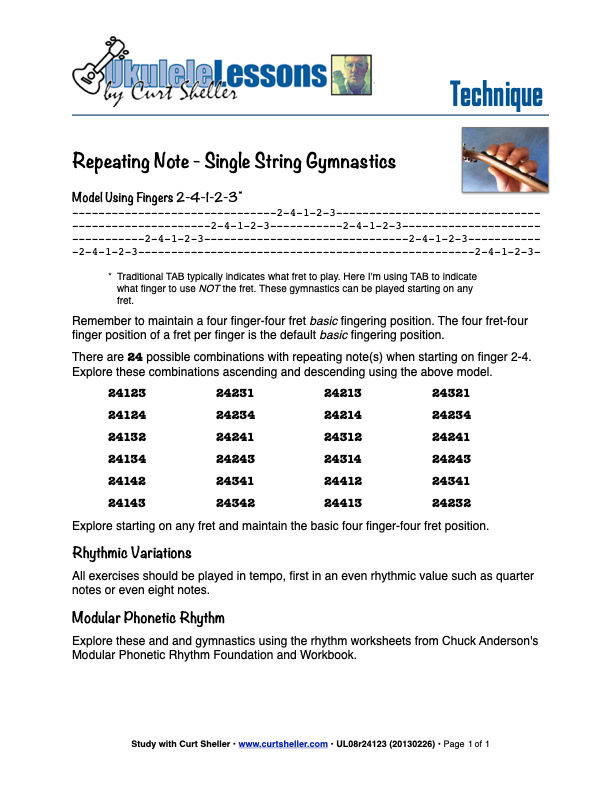
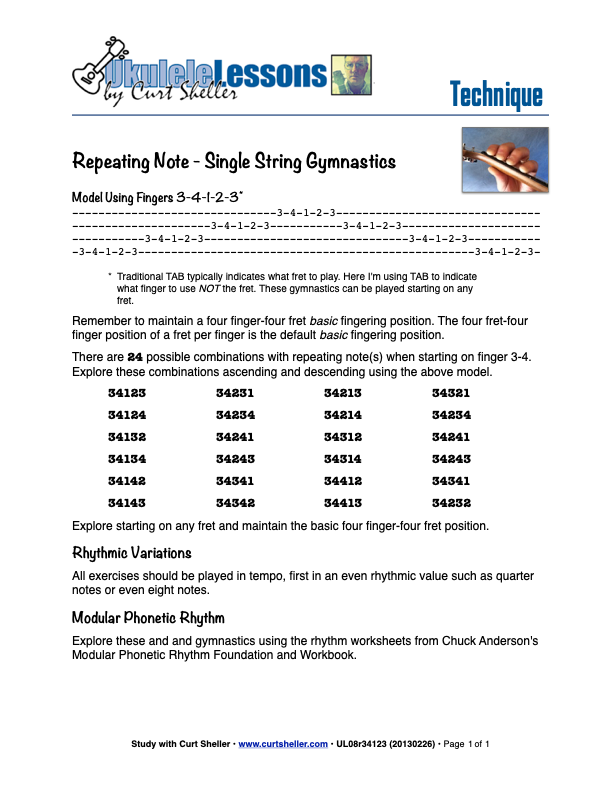
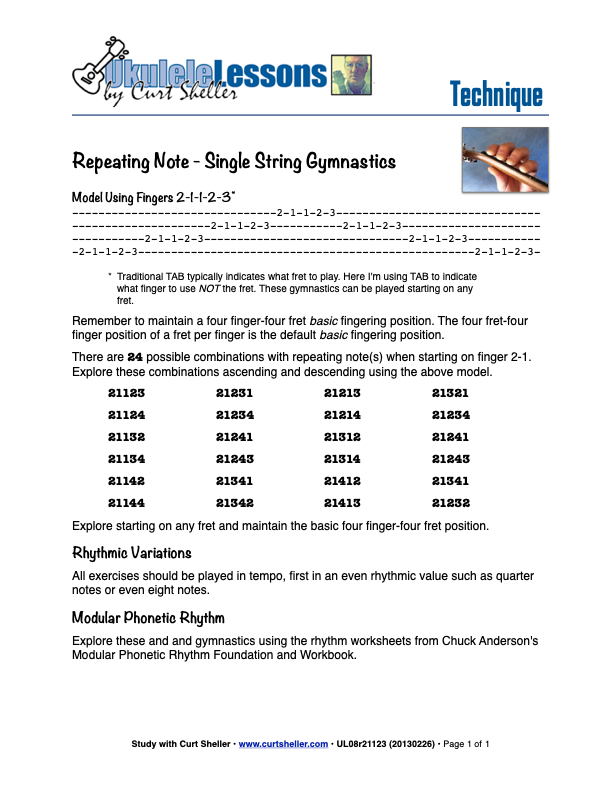
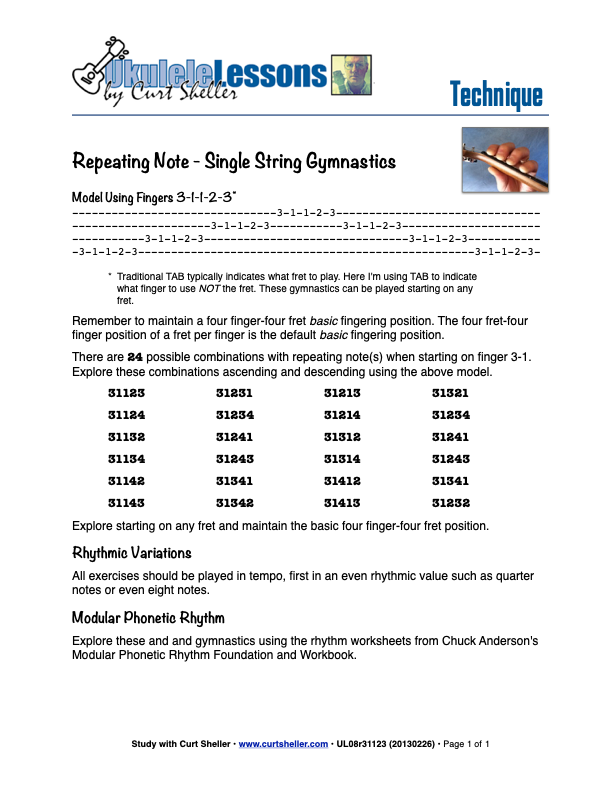
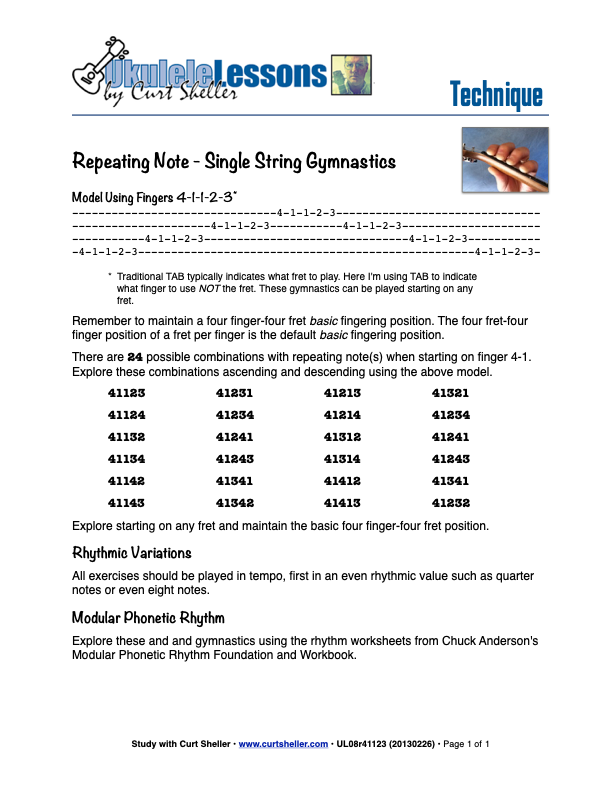
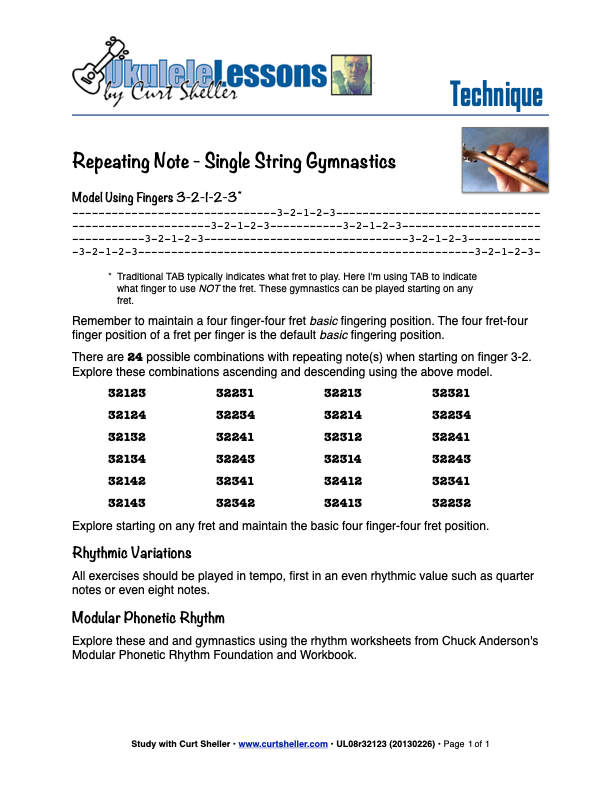
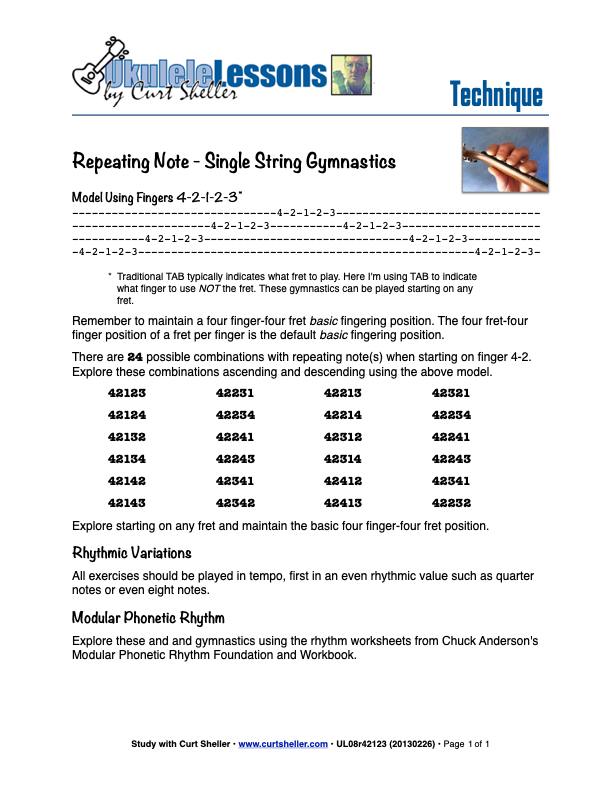
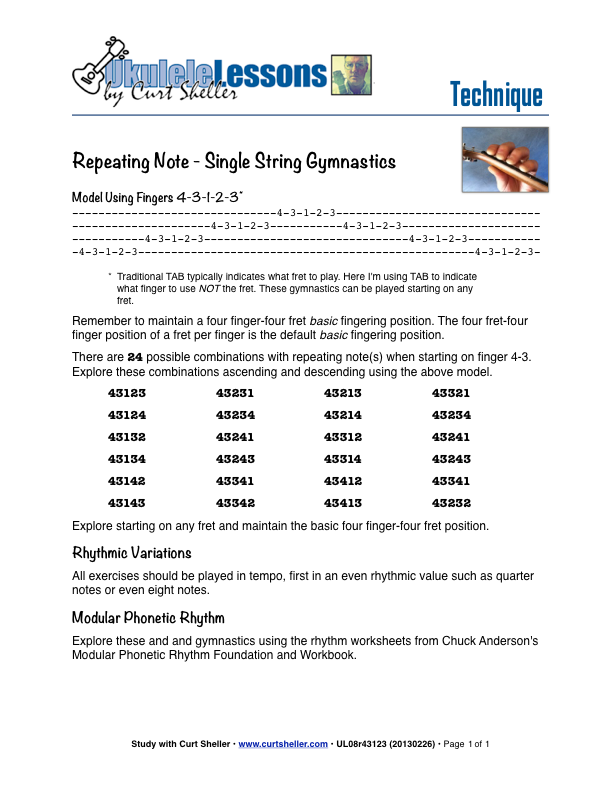
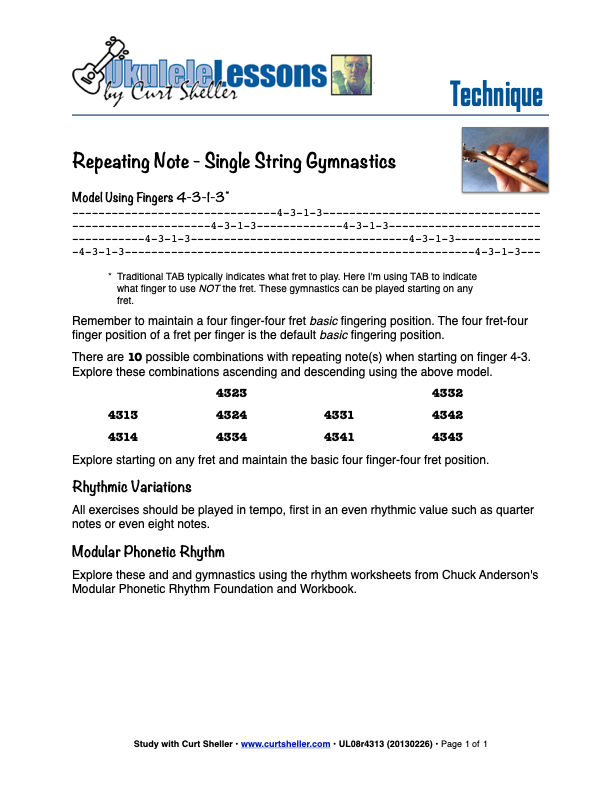
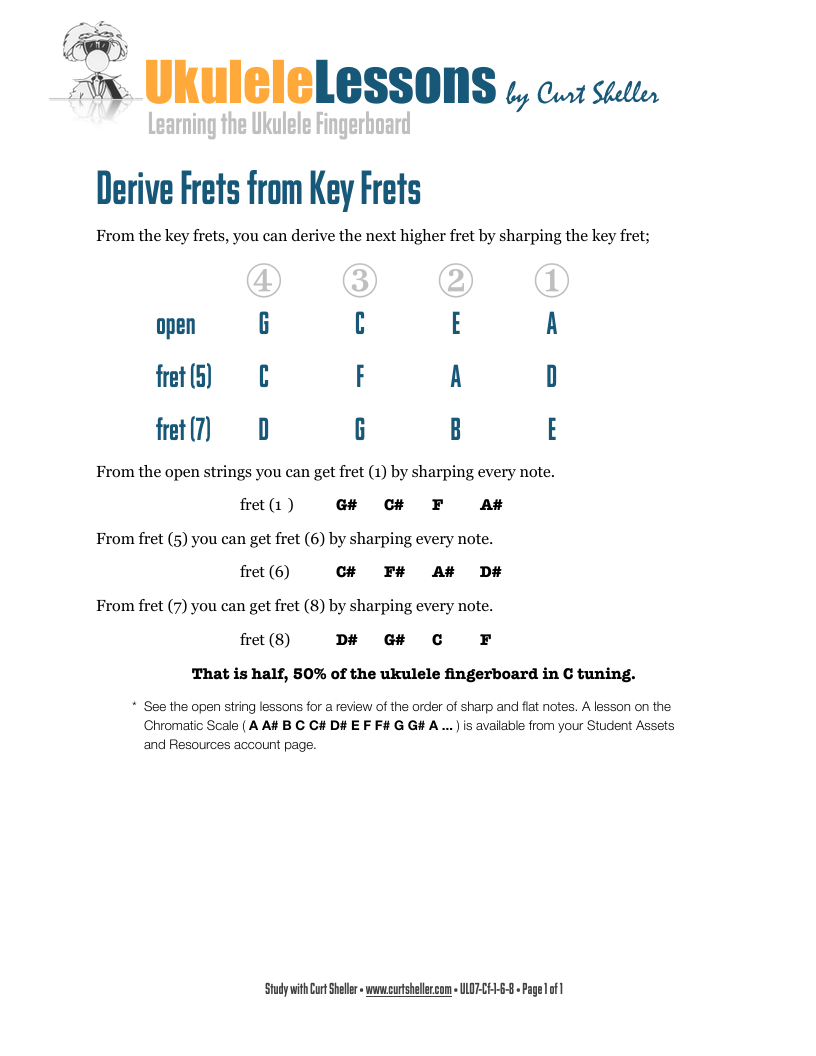
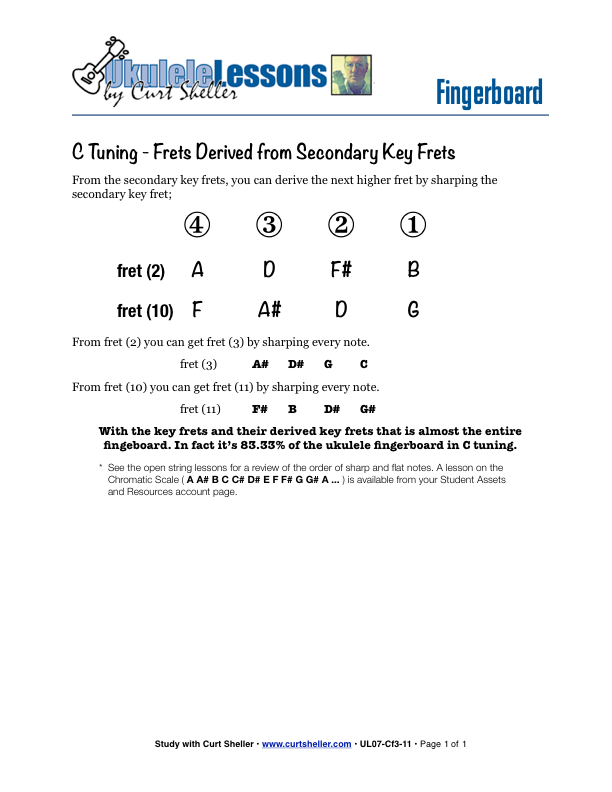
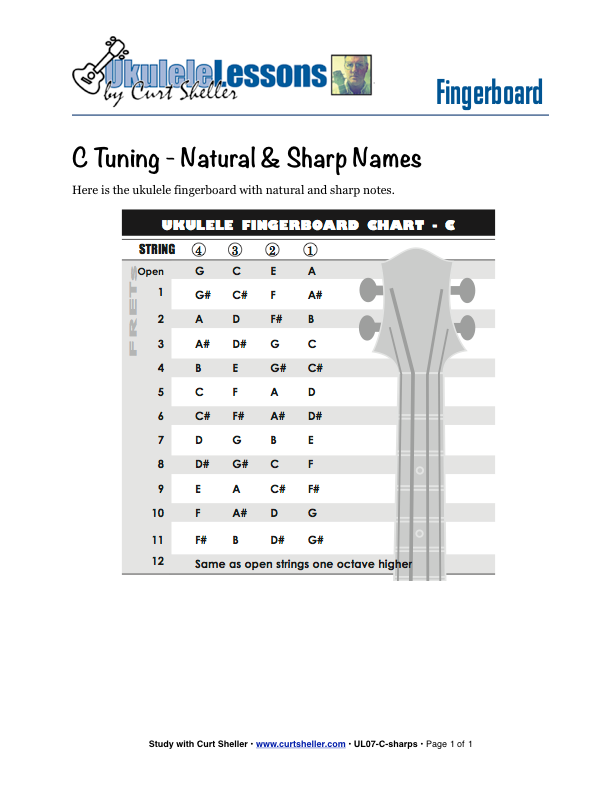
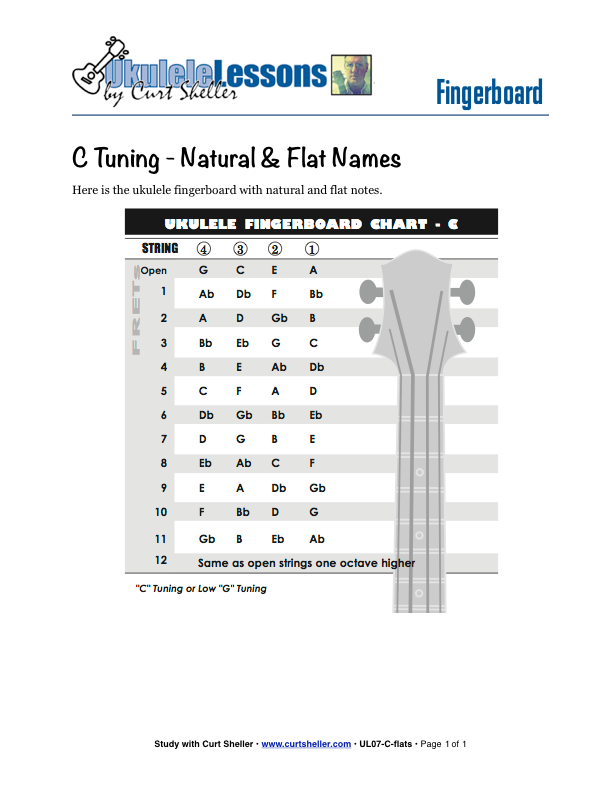

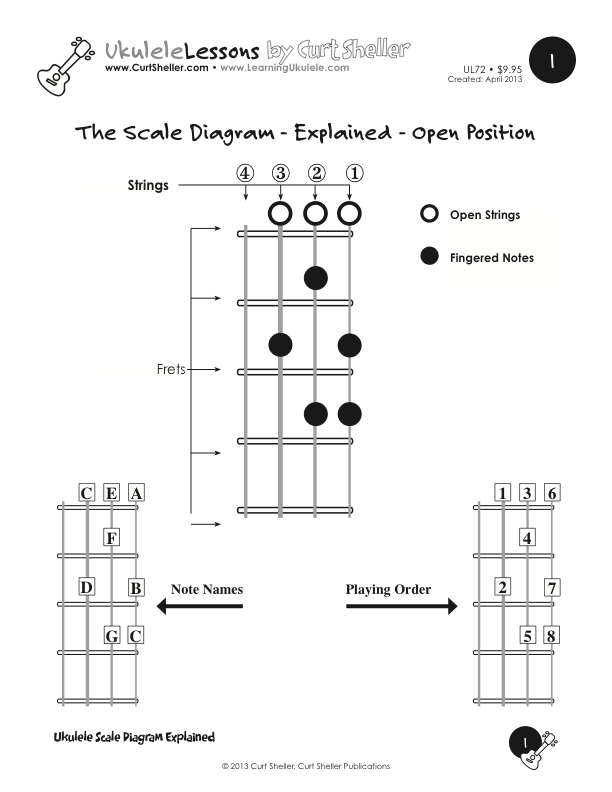
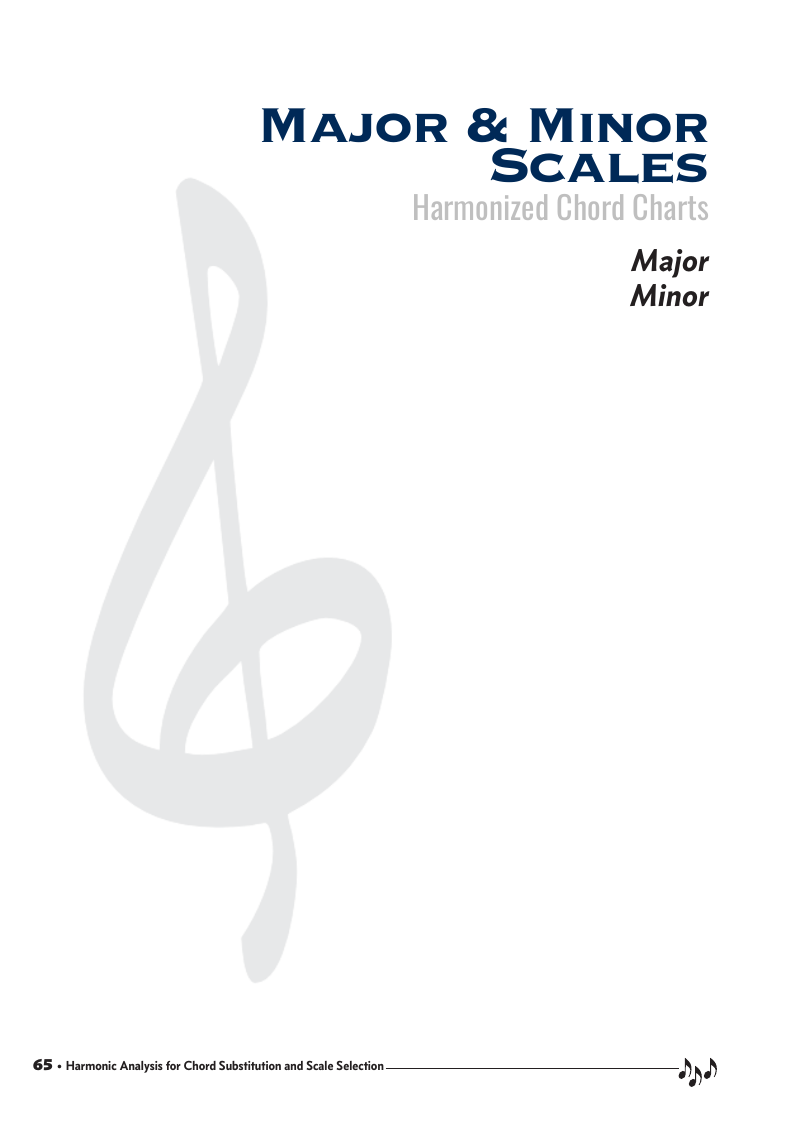
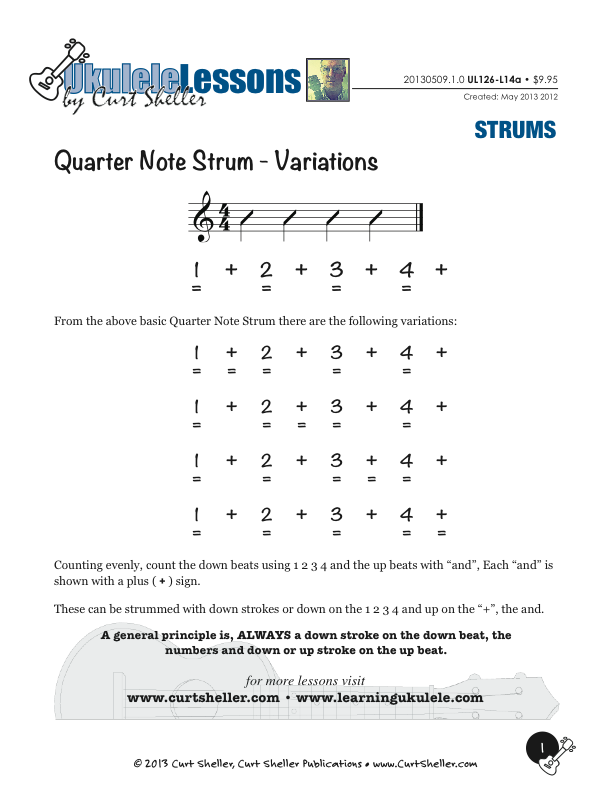
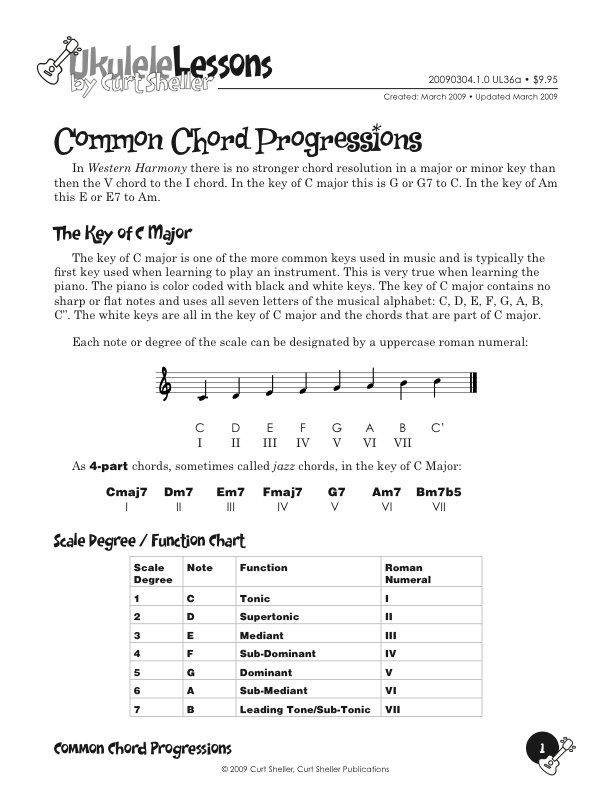

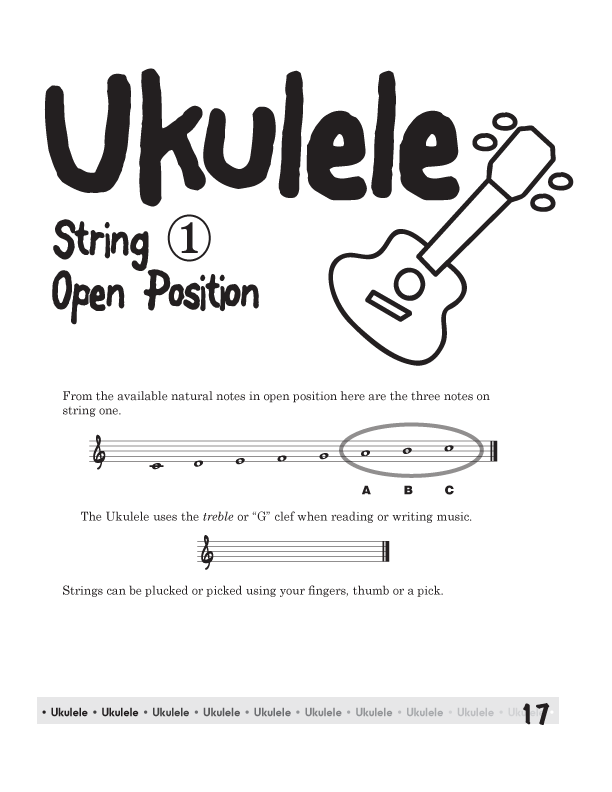


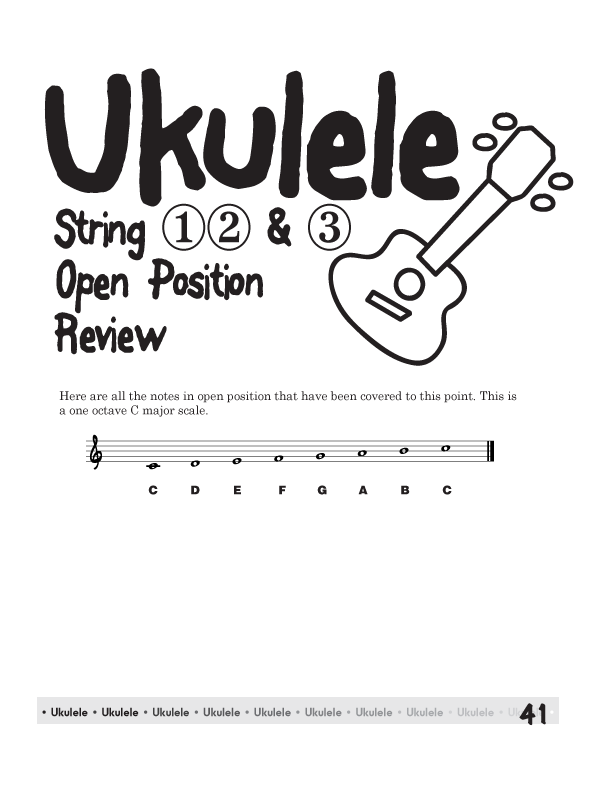

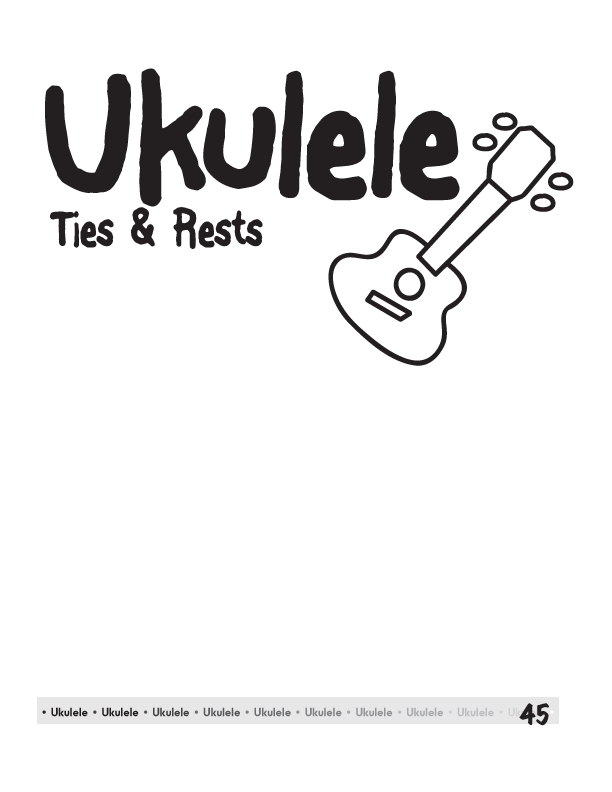
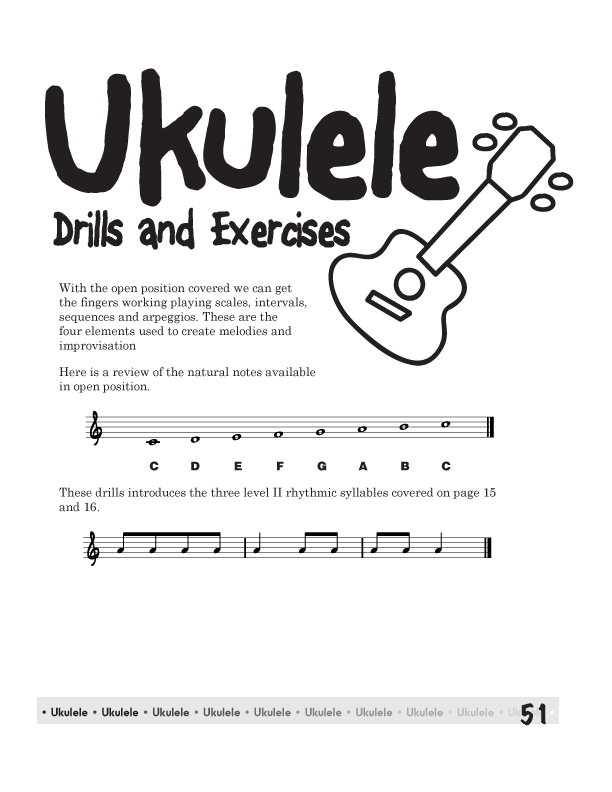

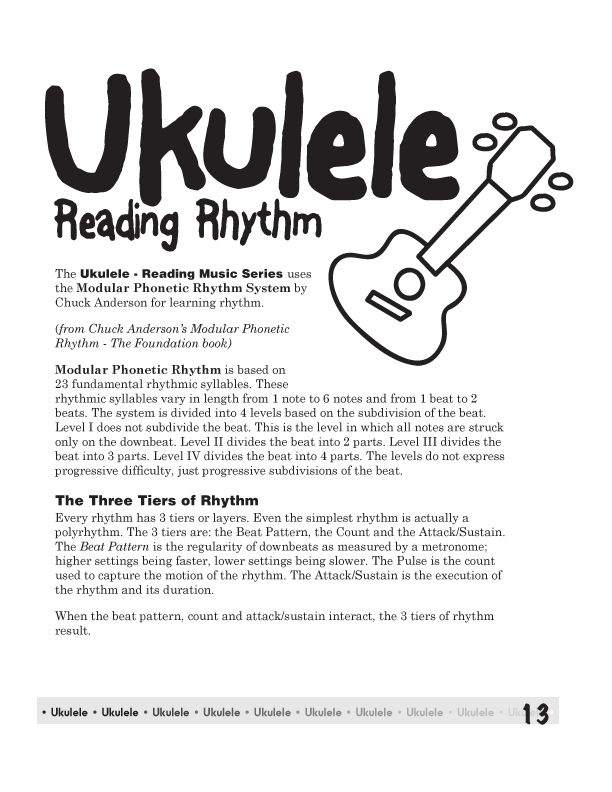

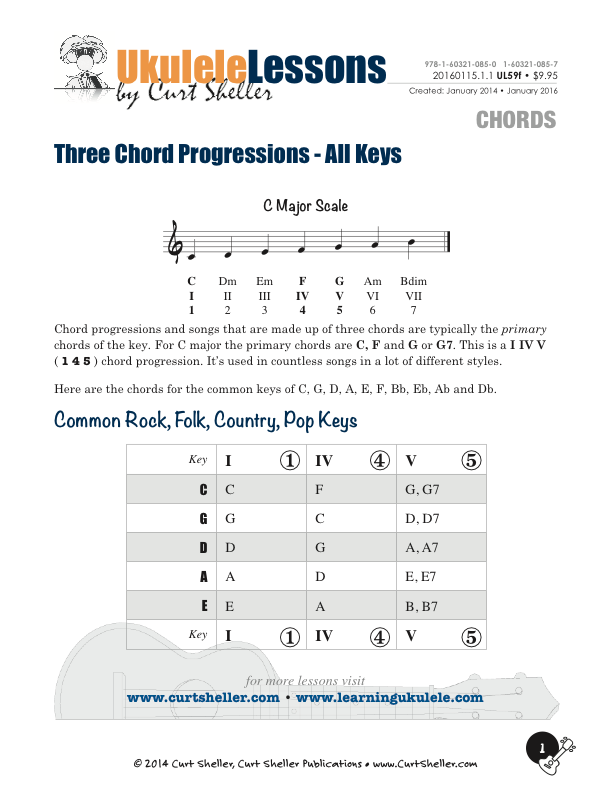
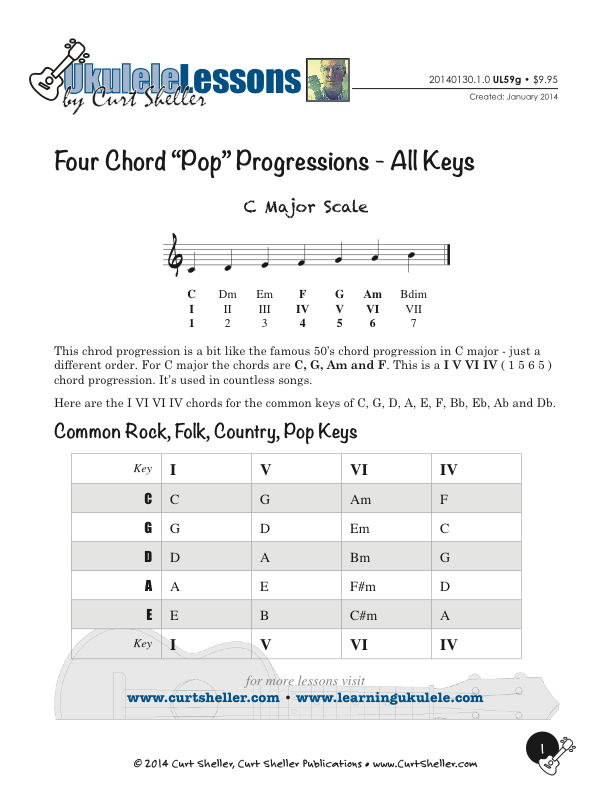










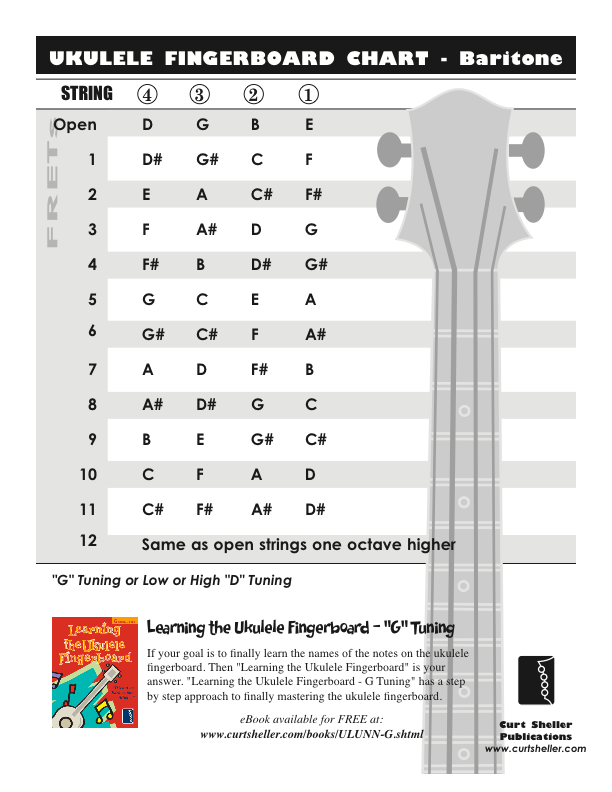


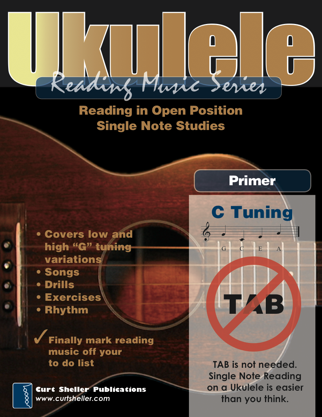
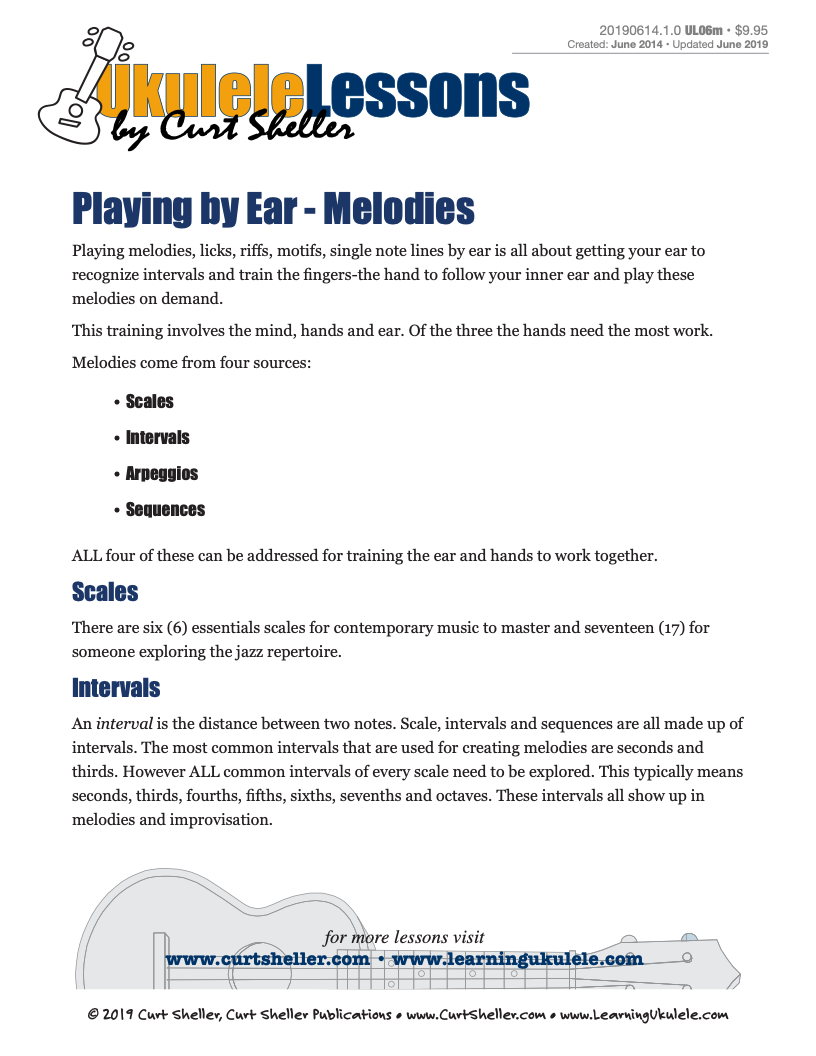



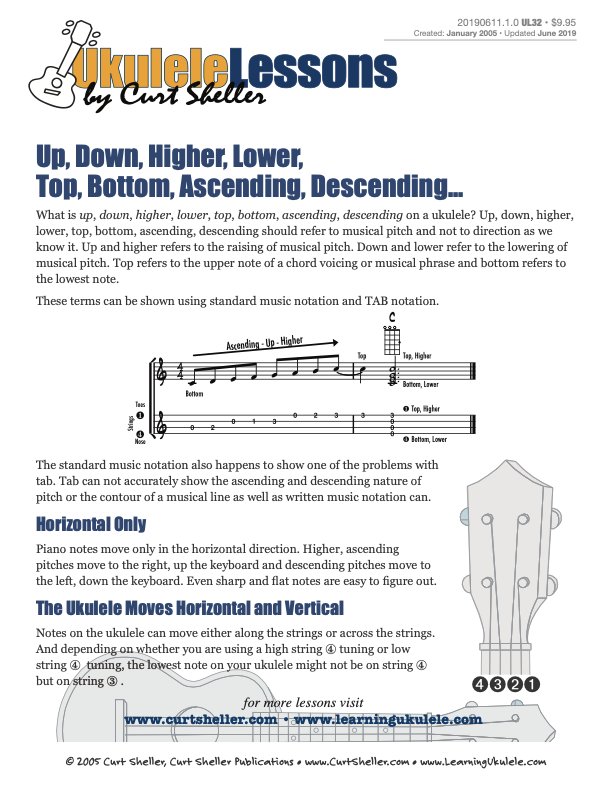

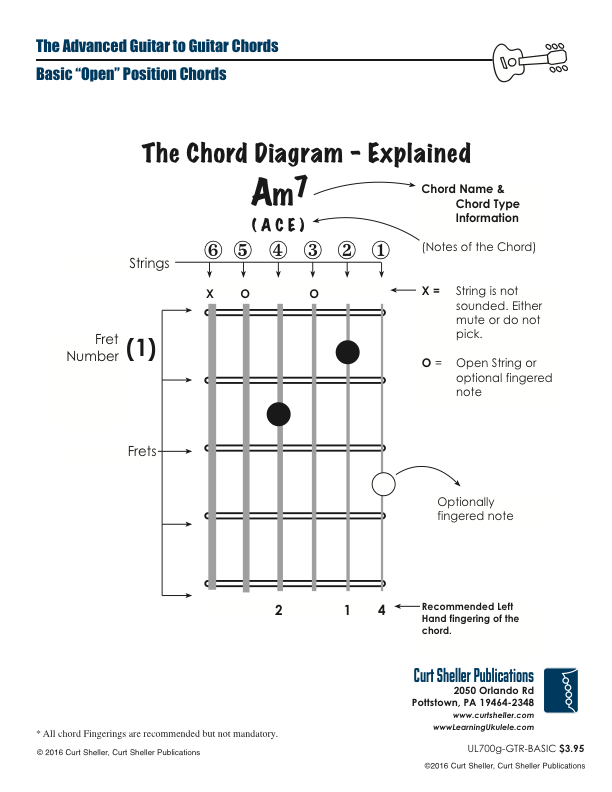
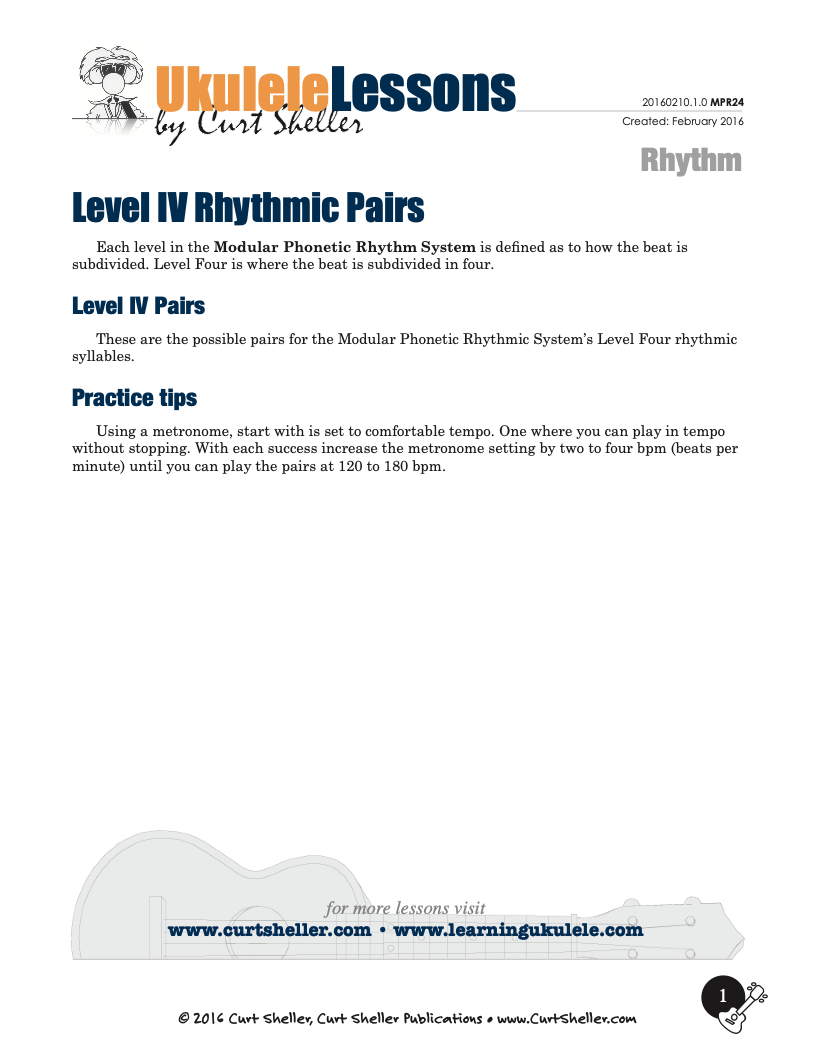
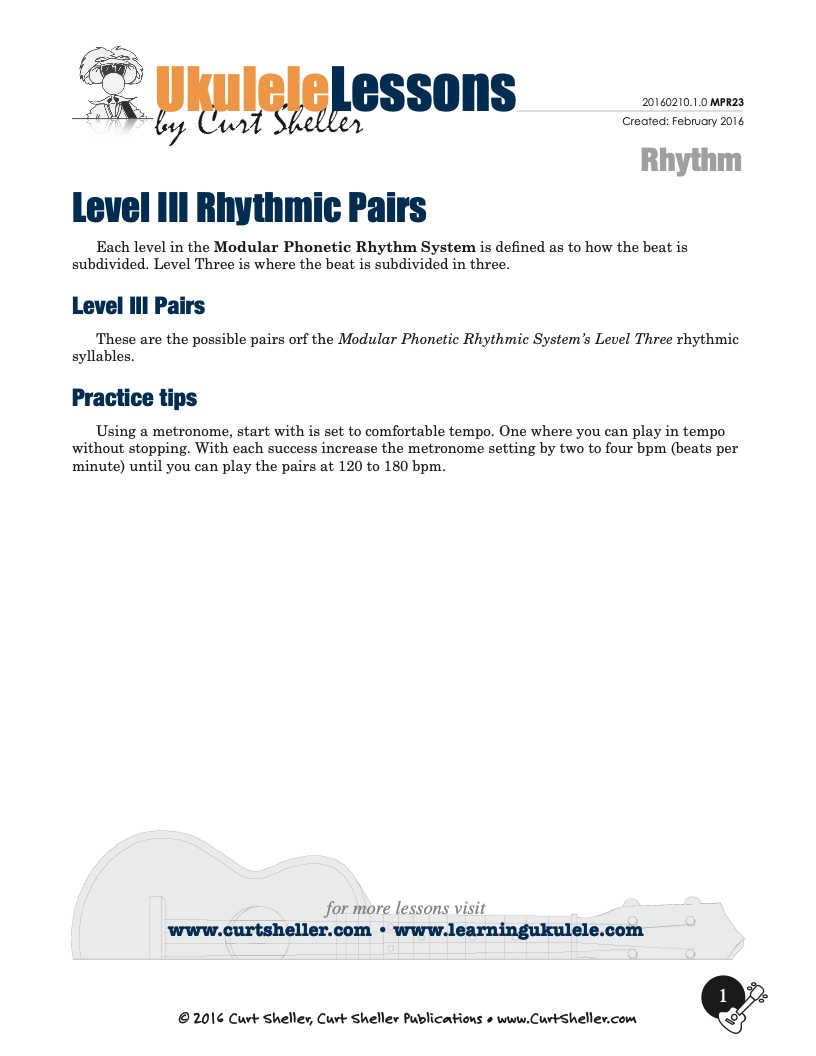
.jpg)